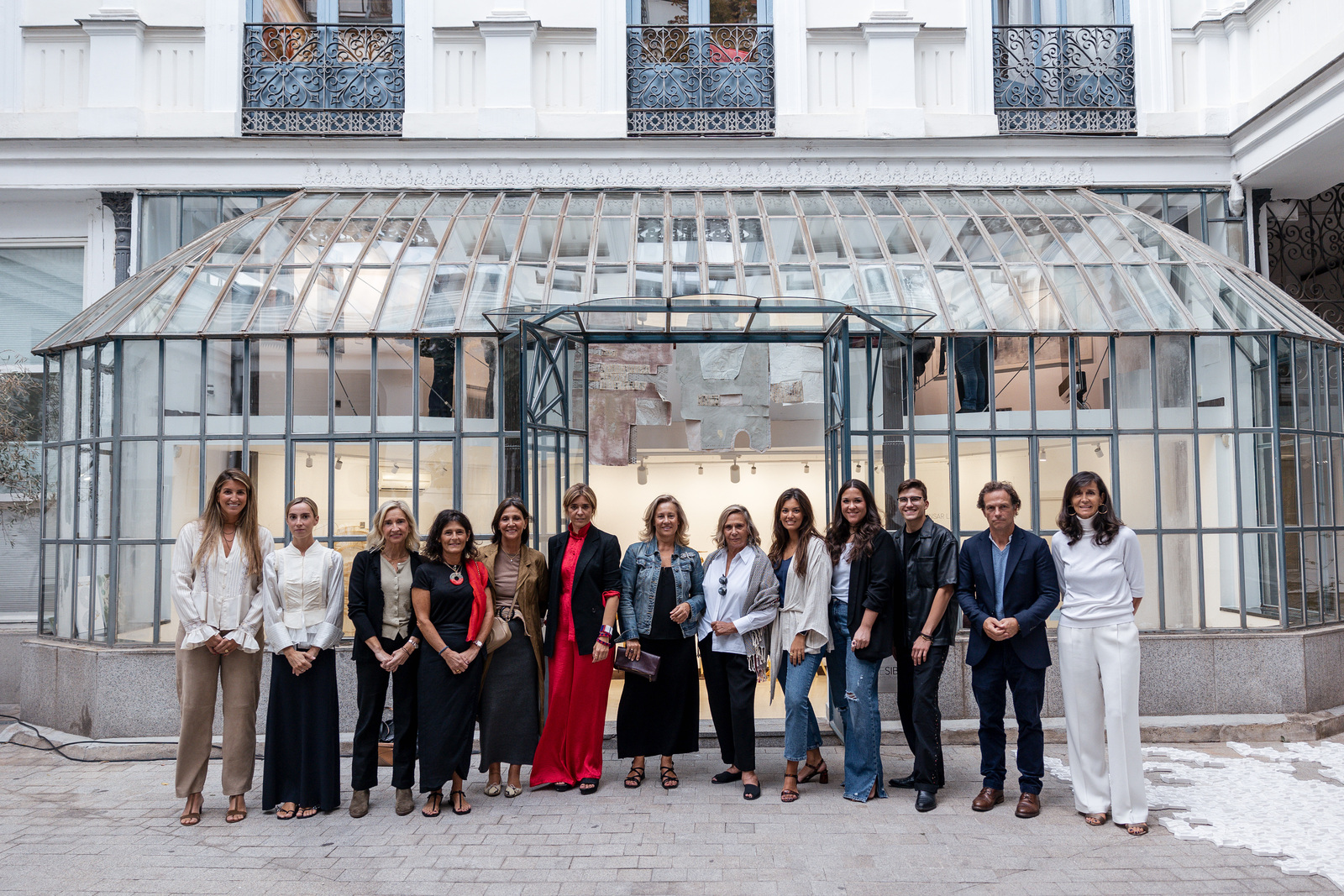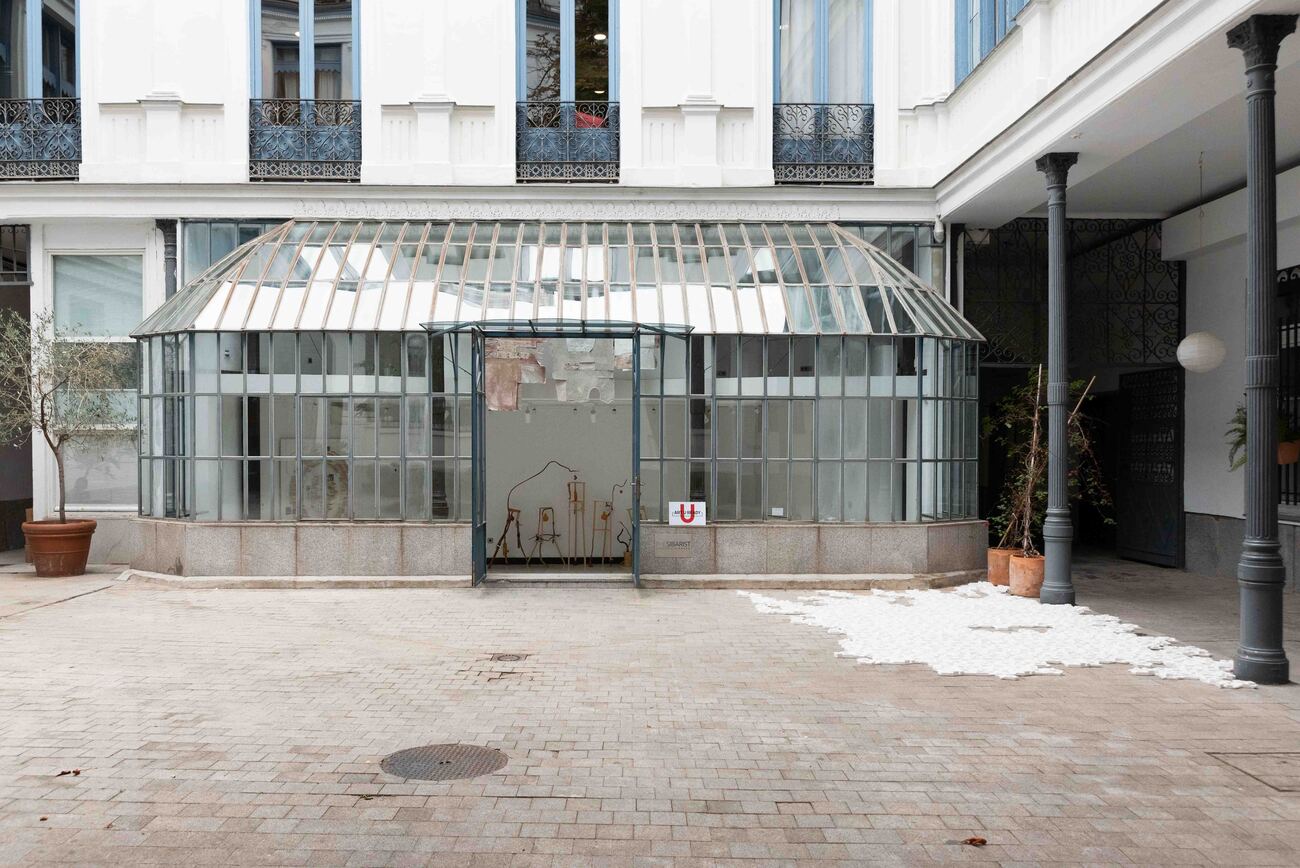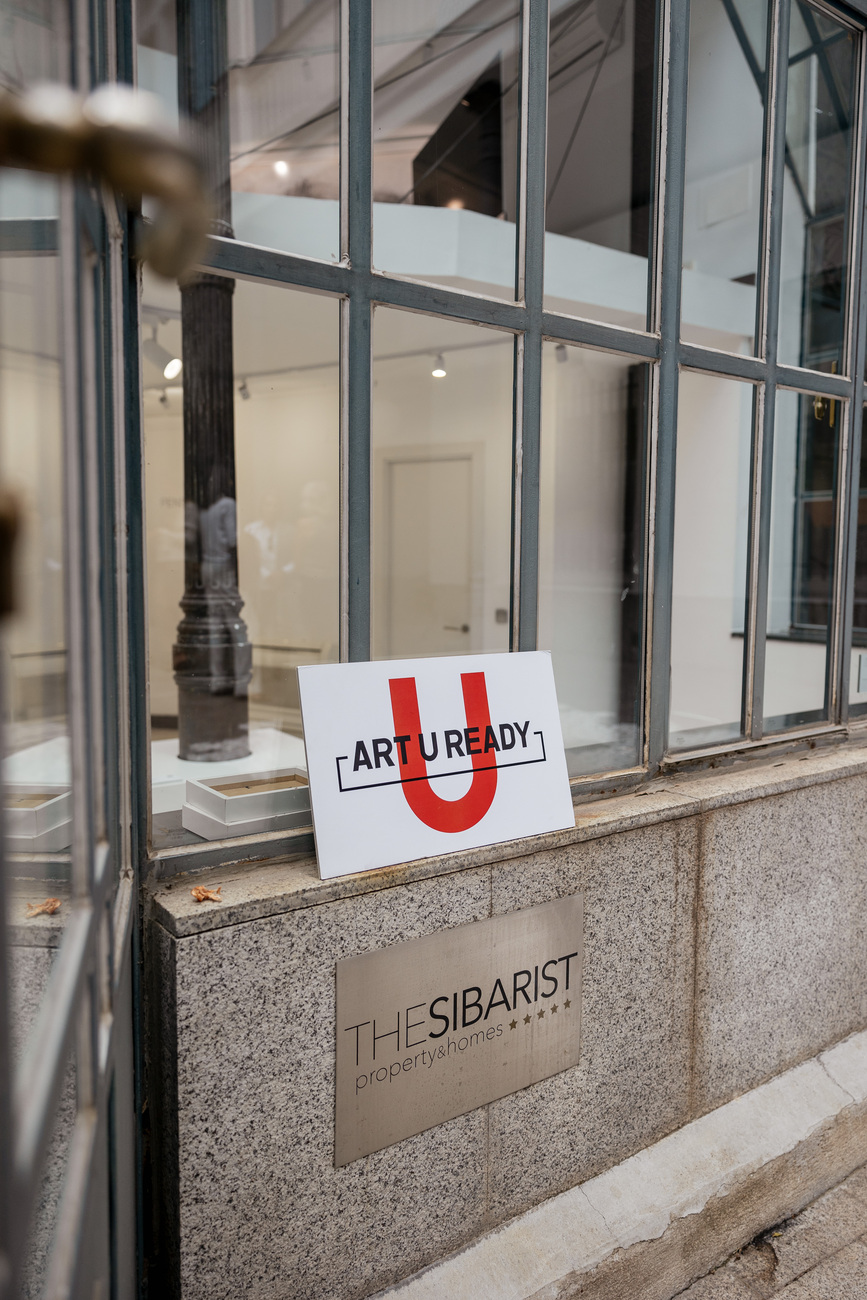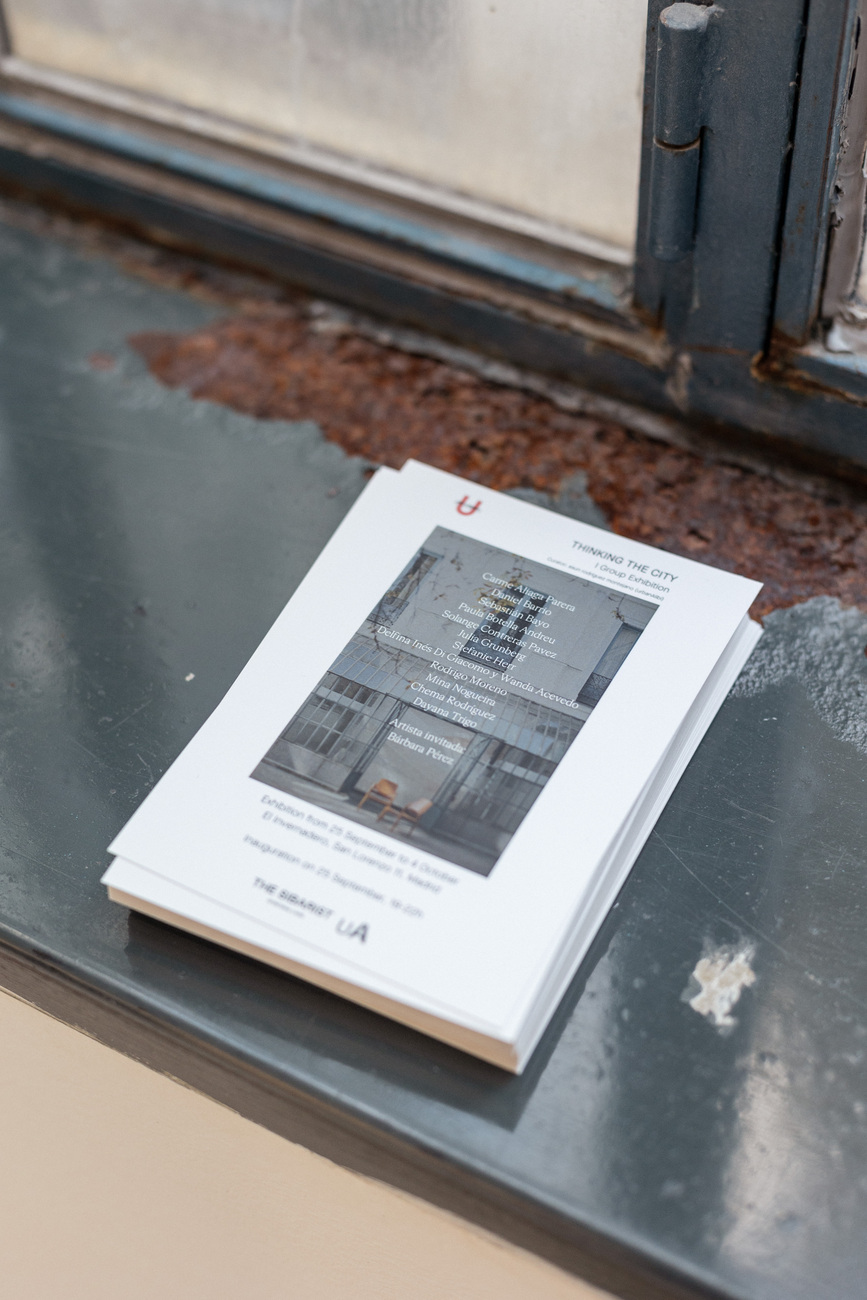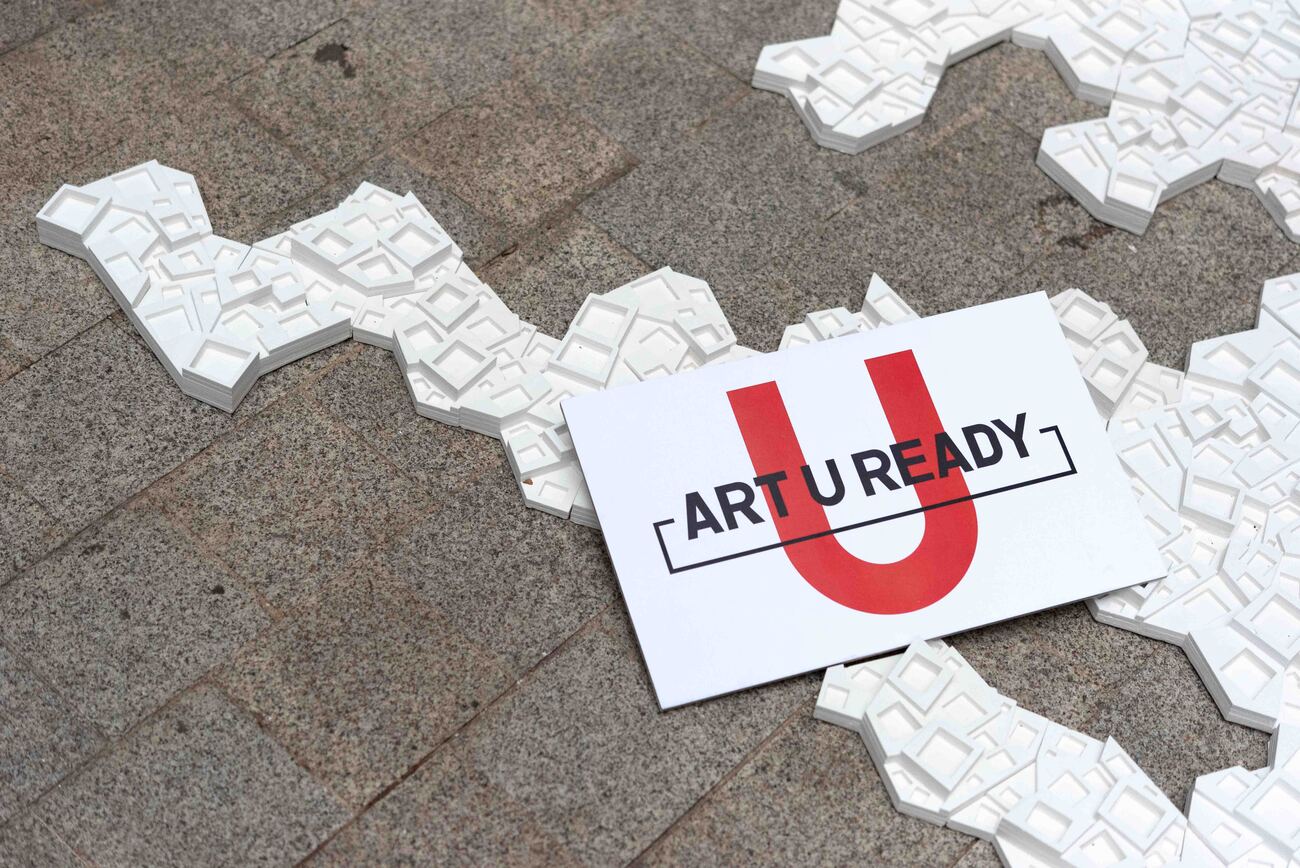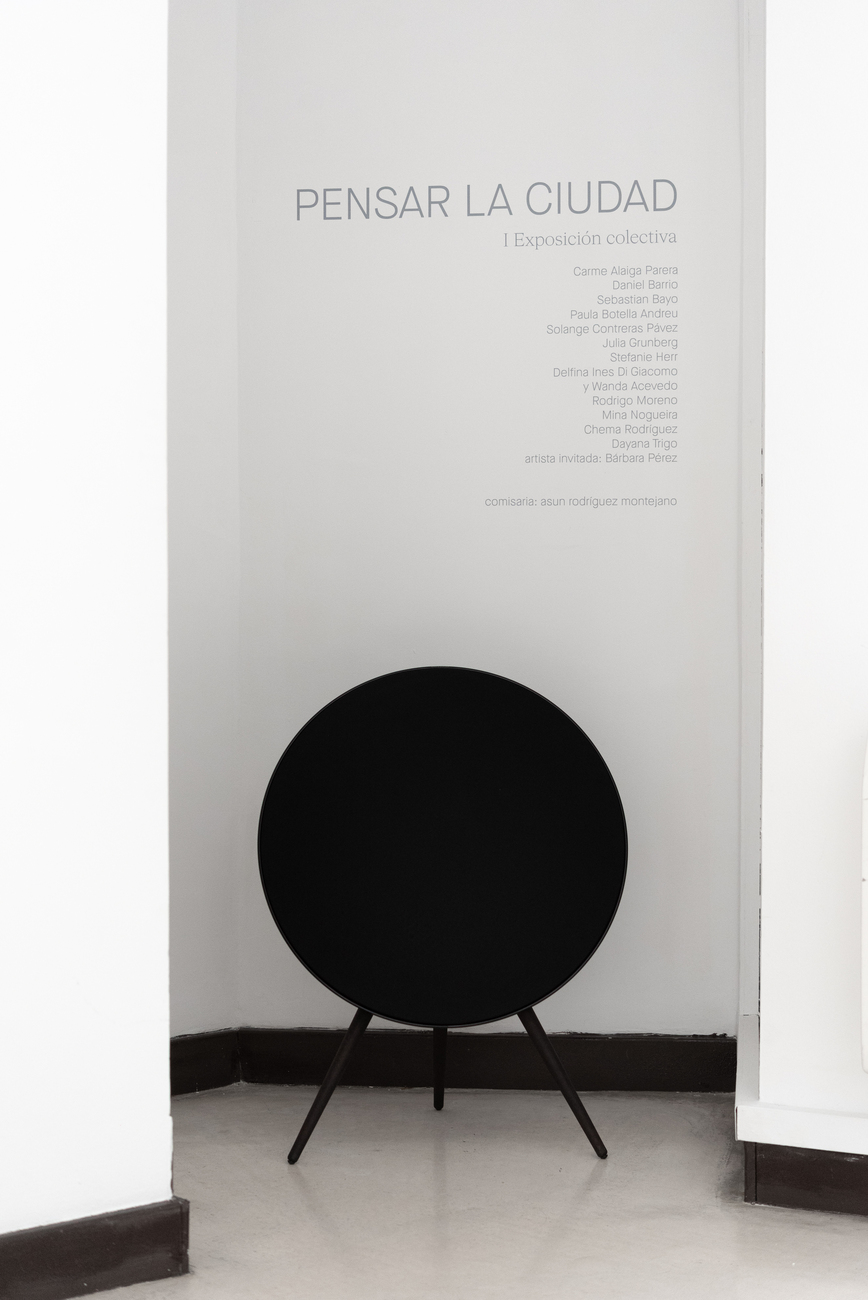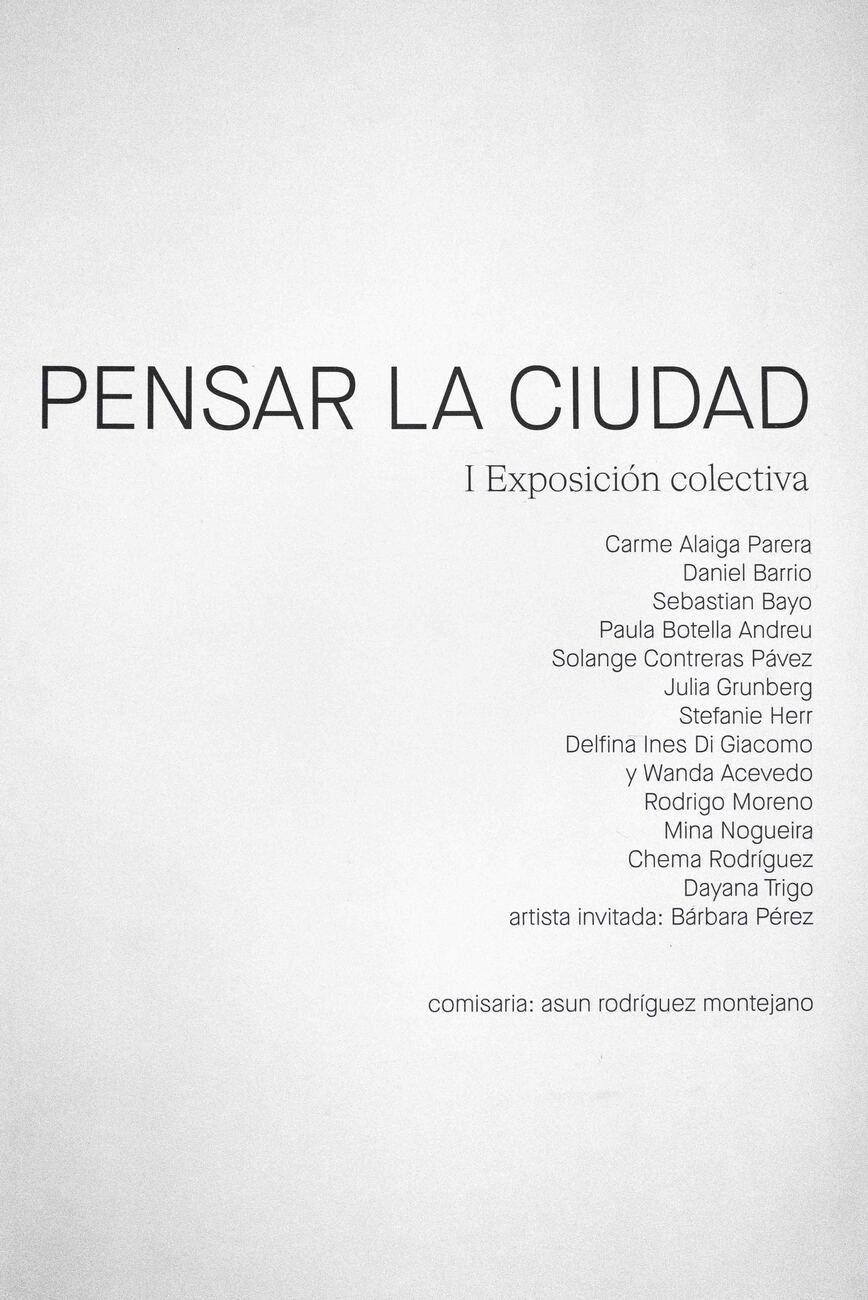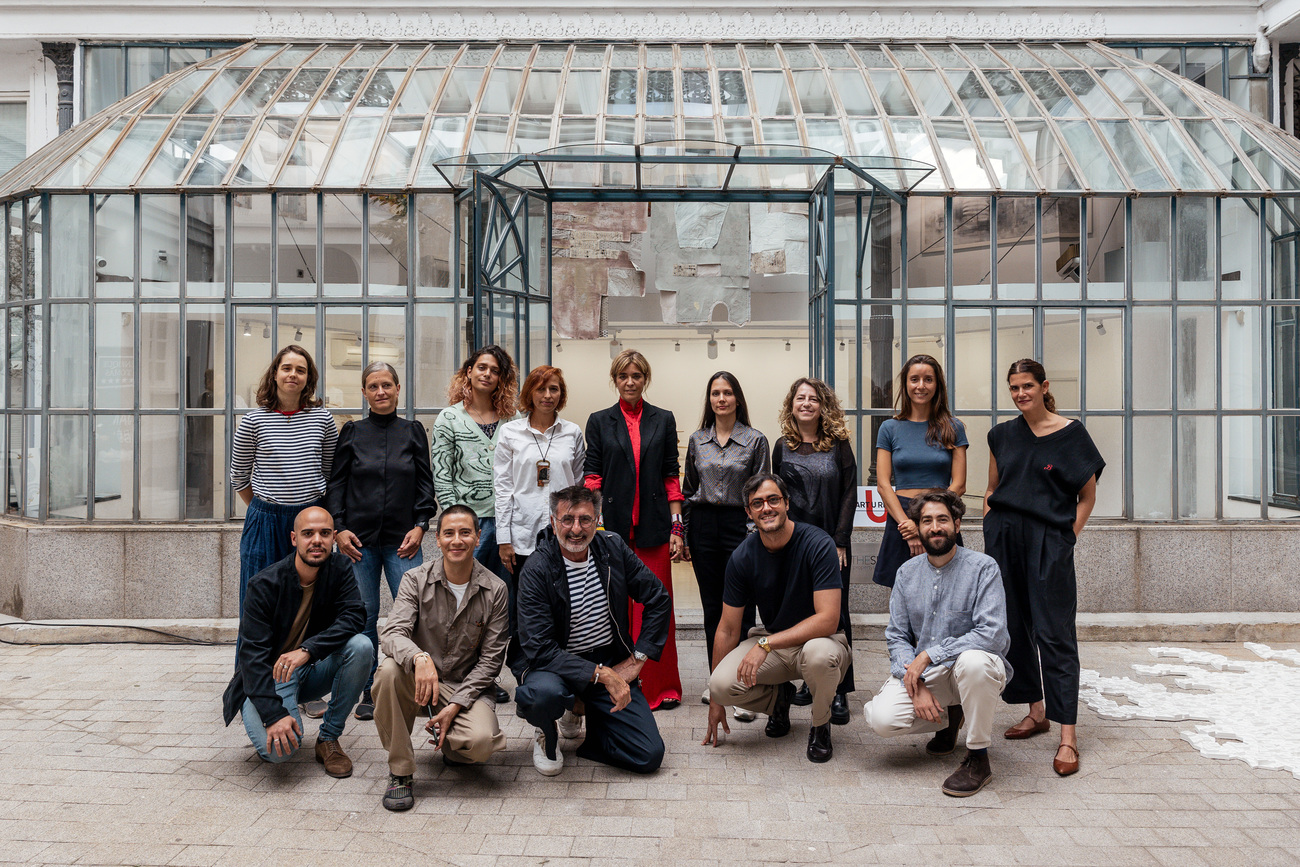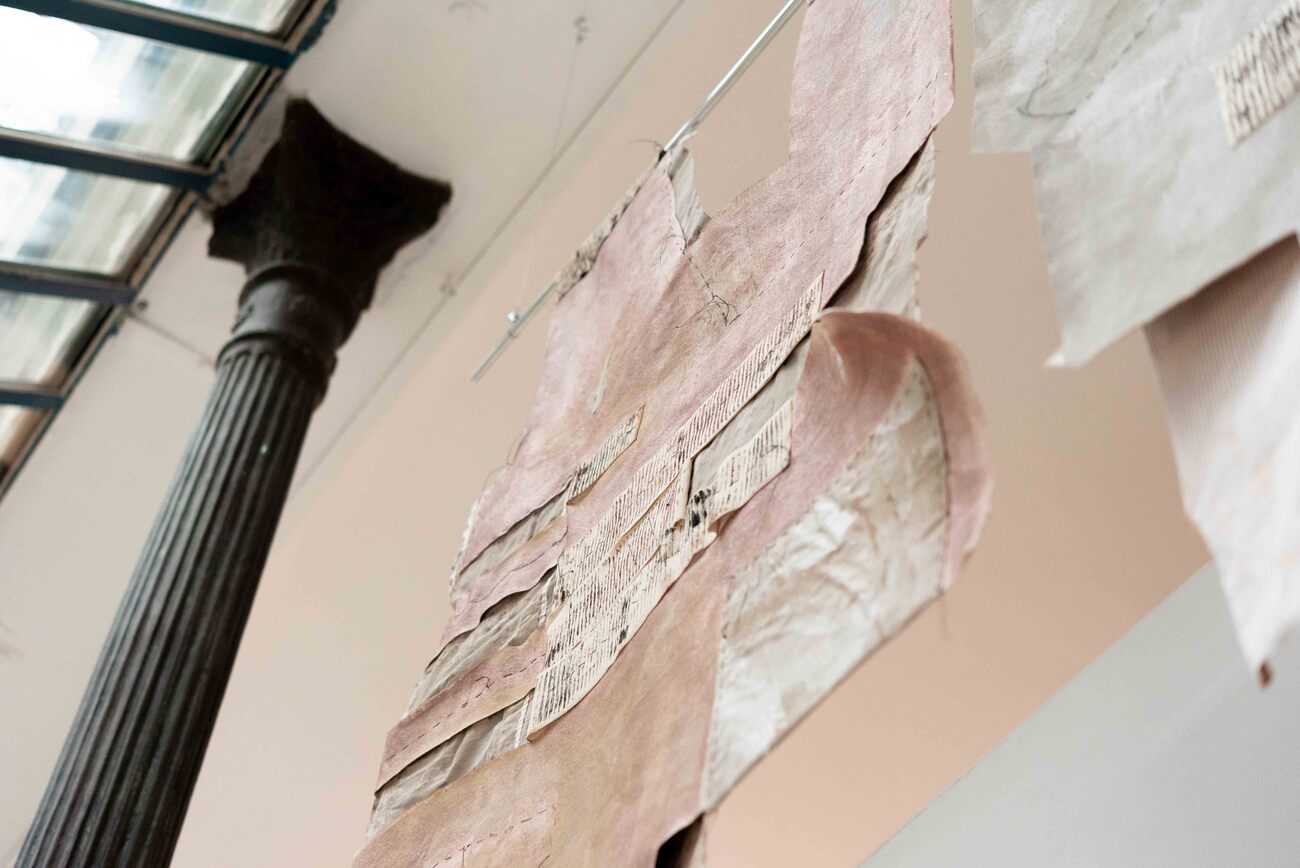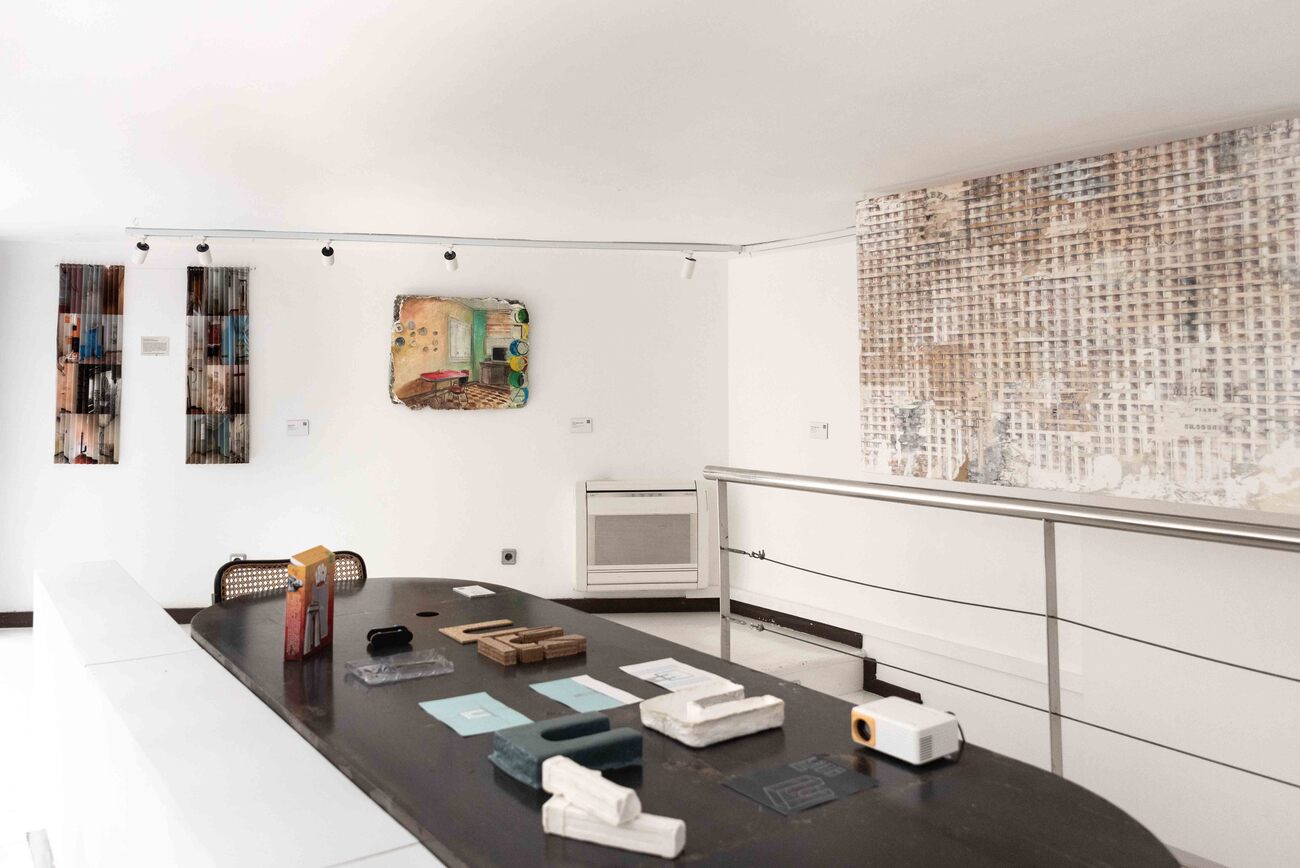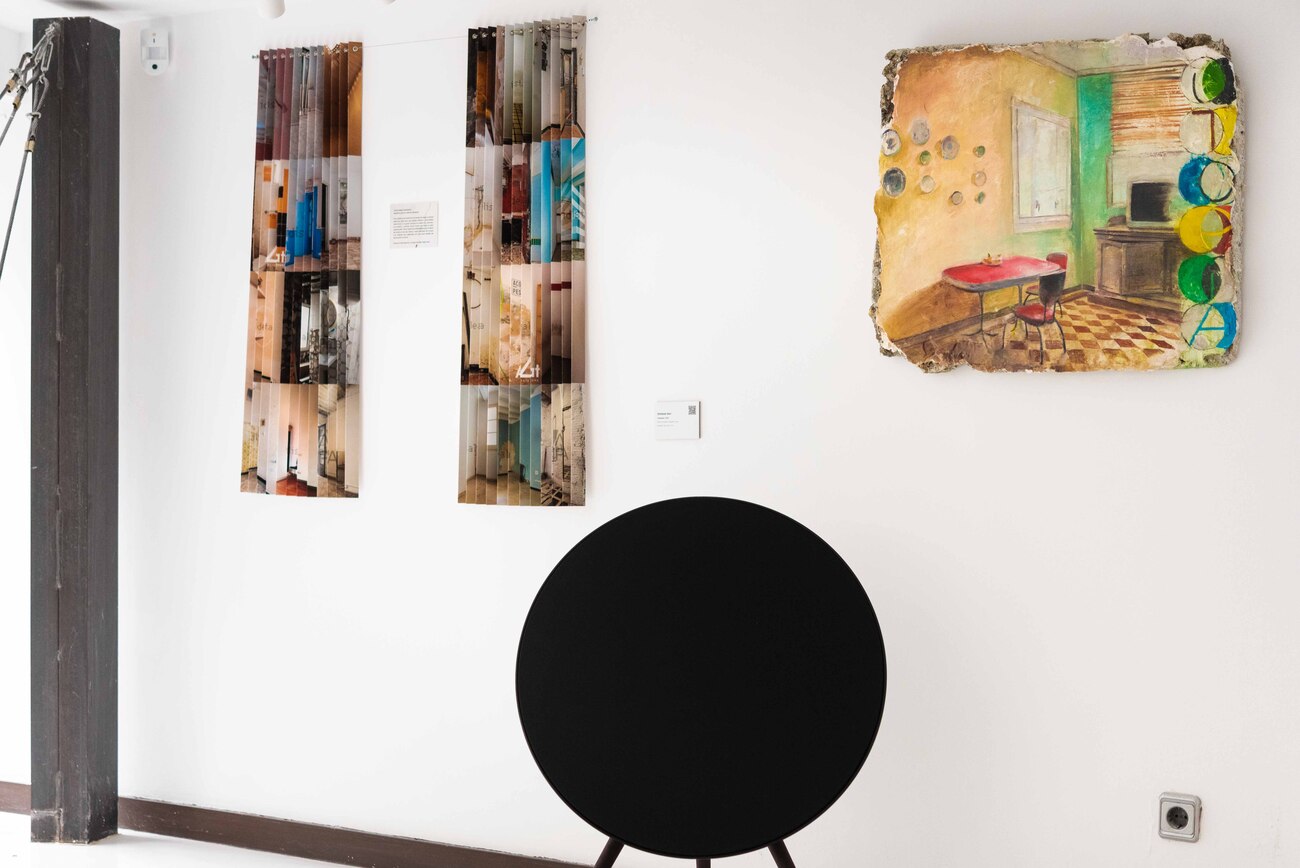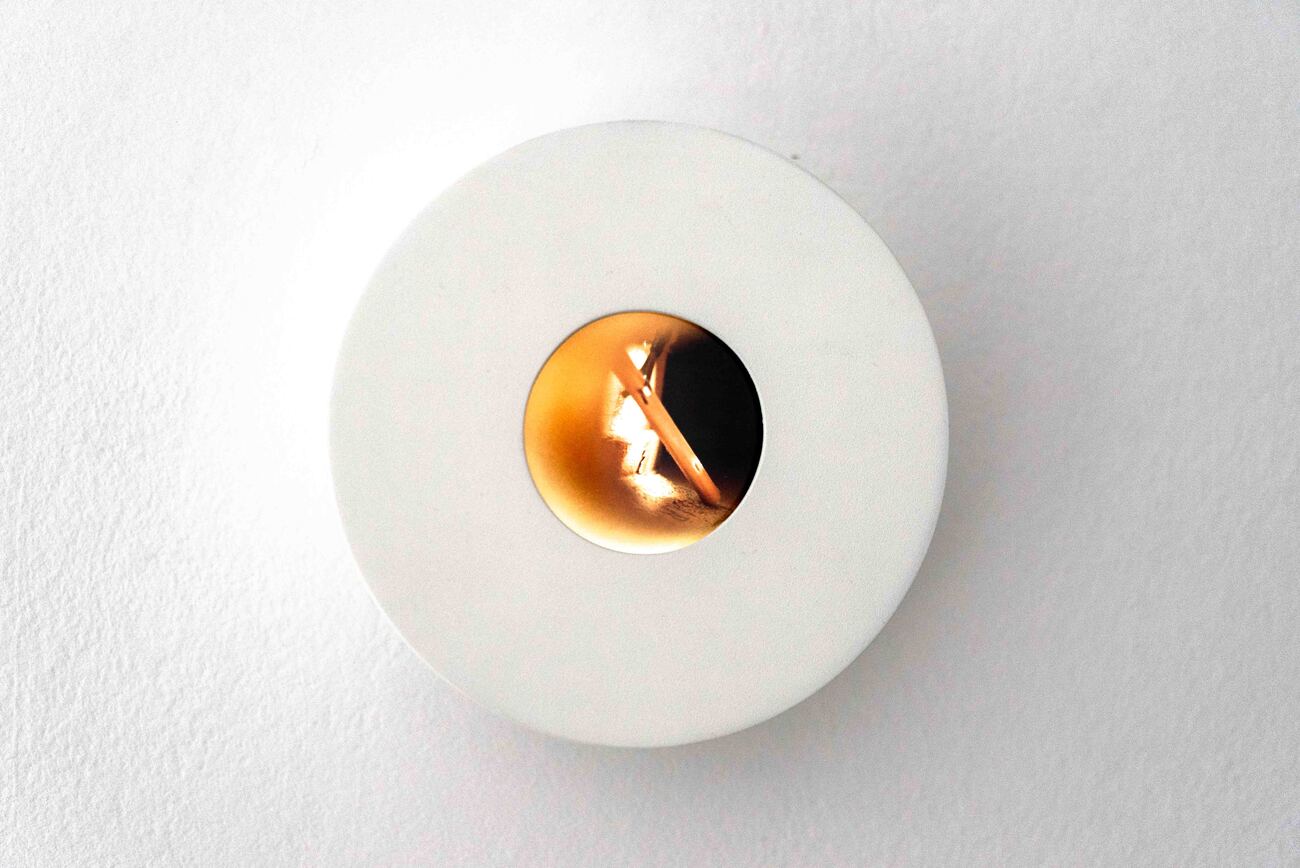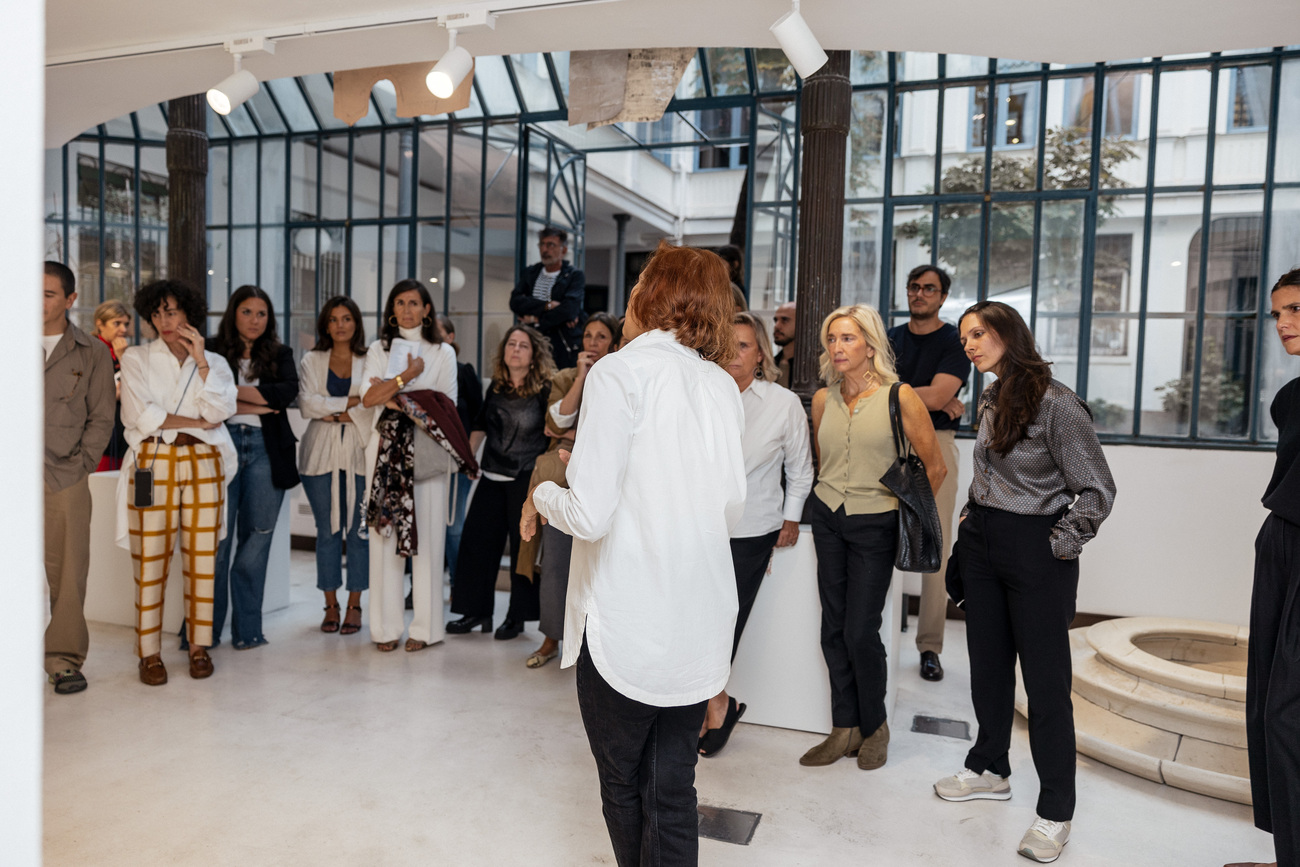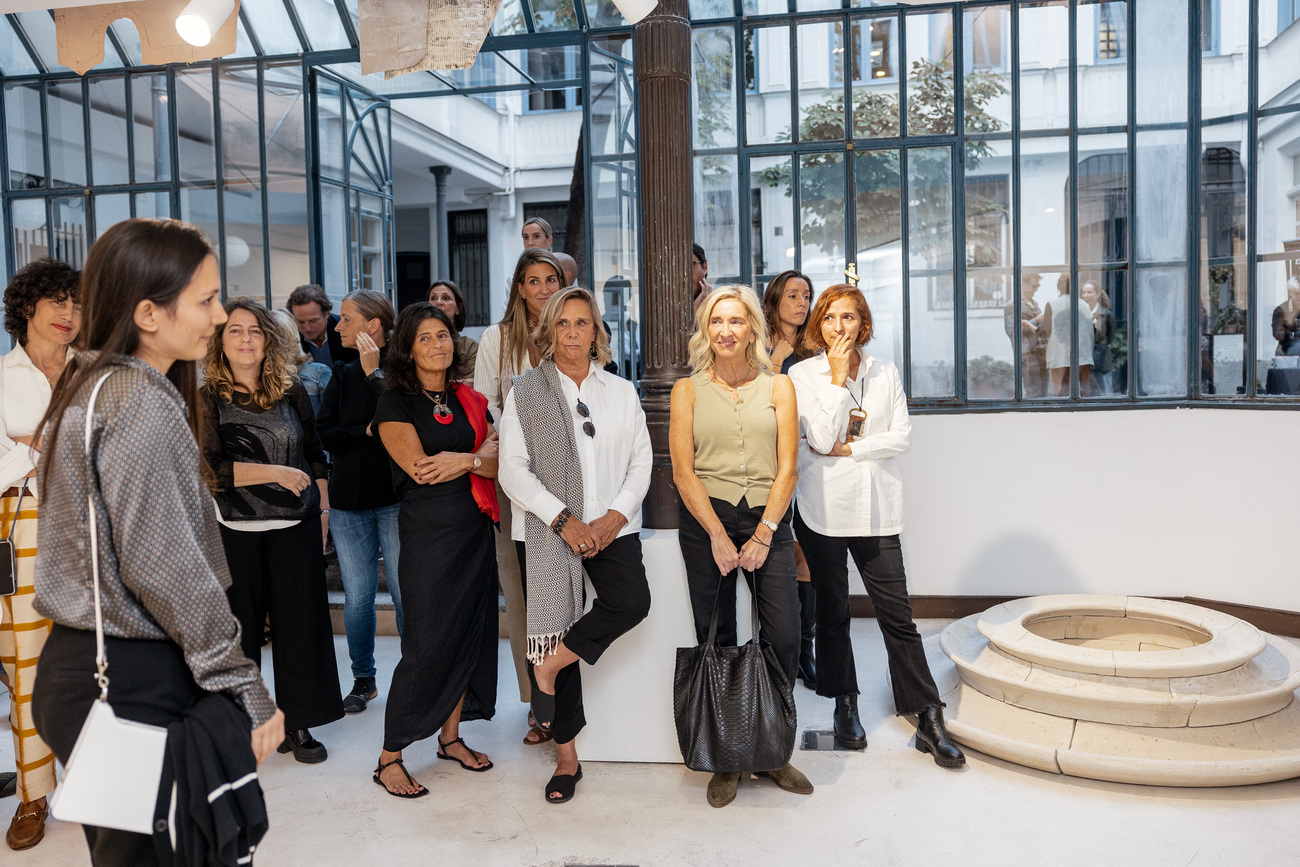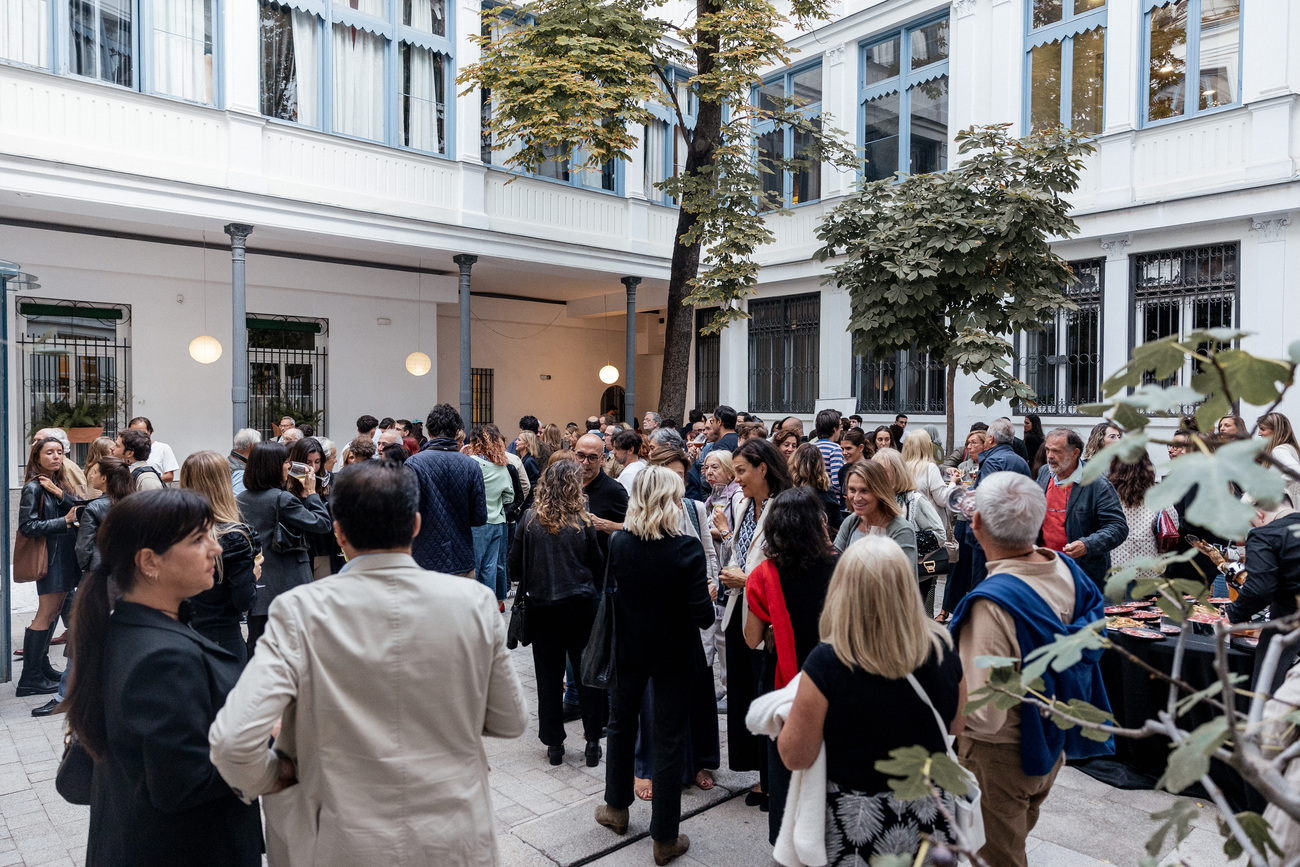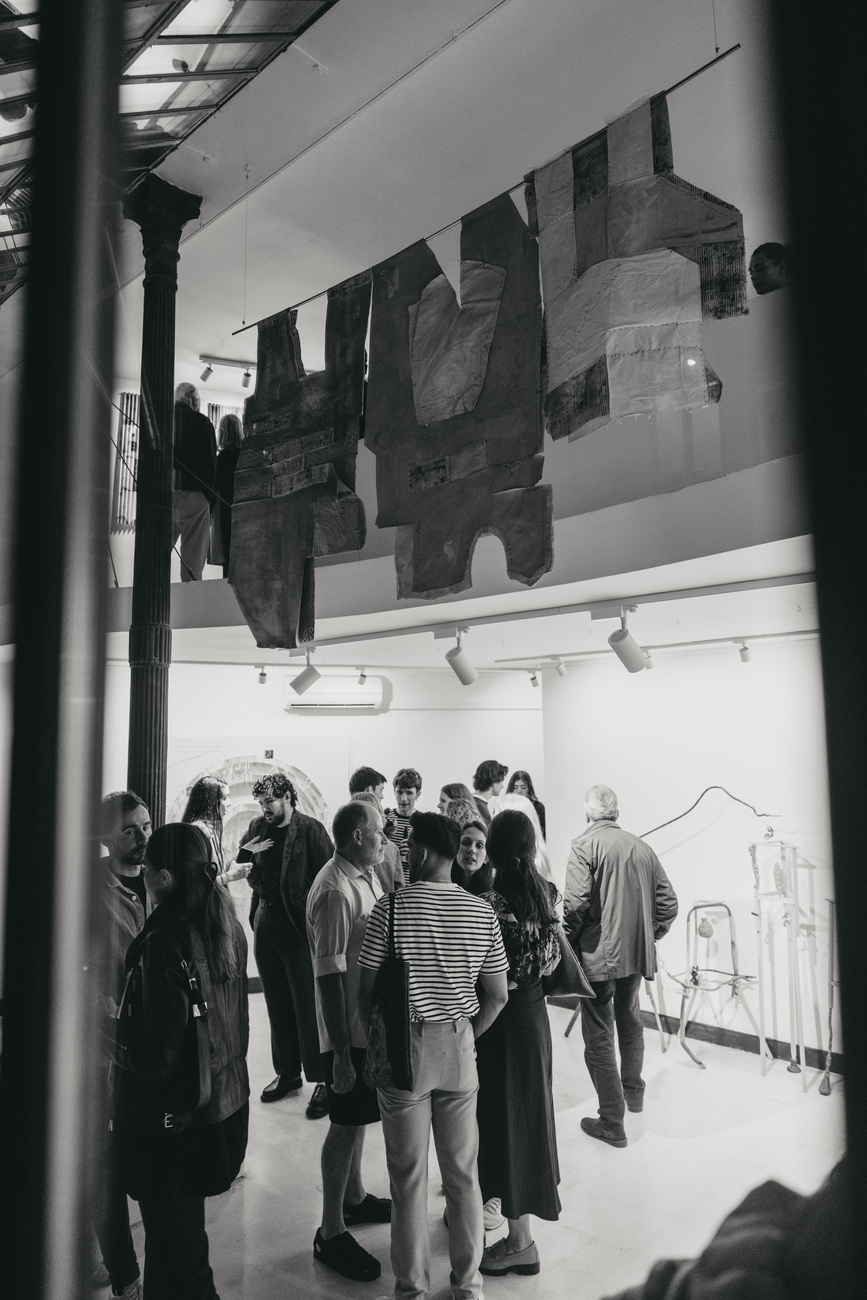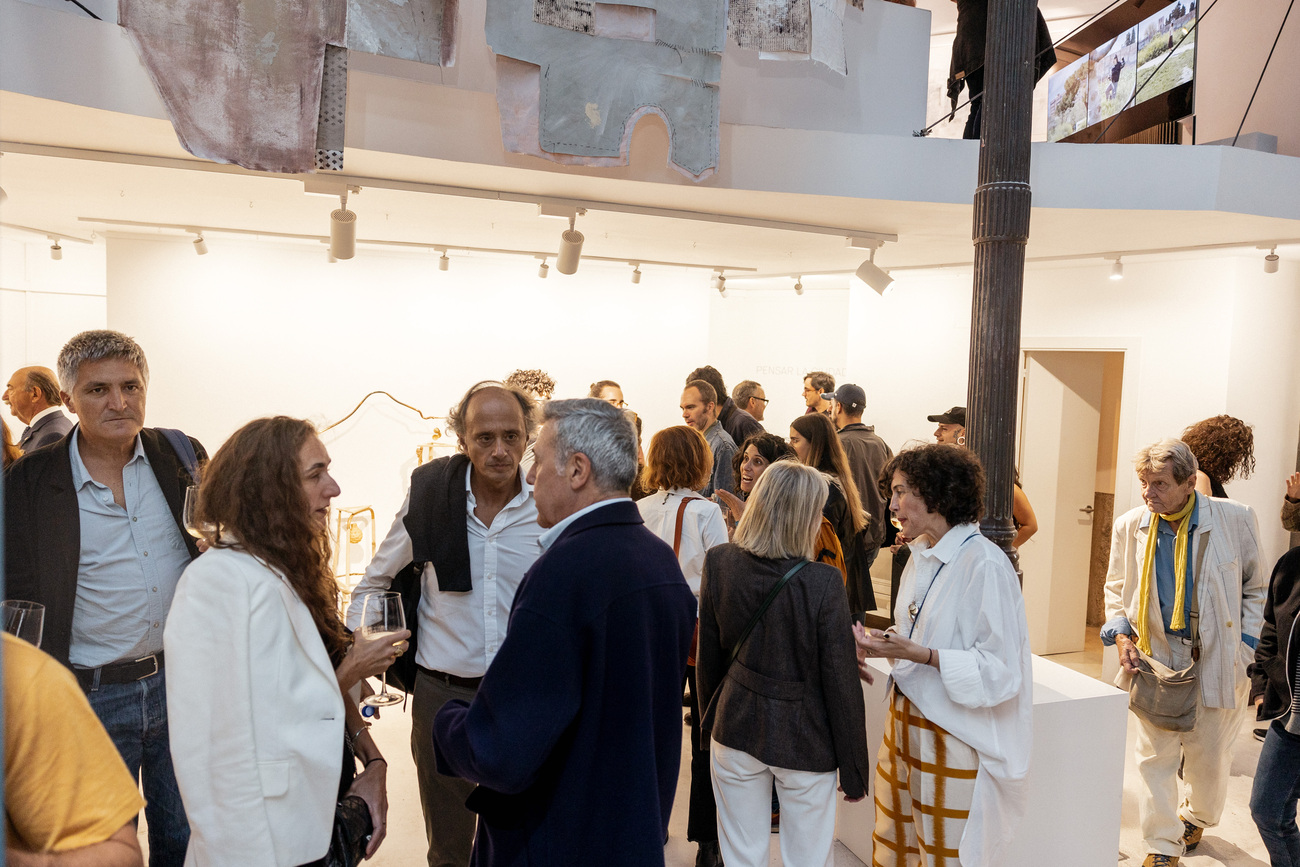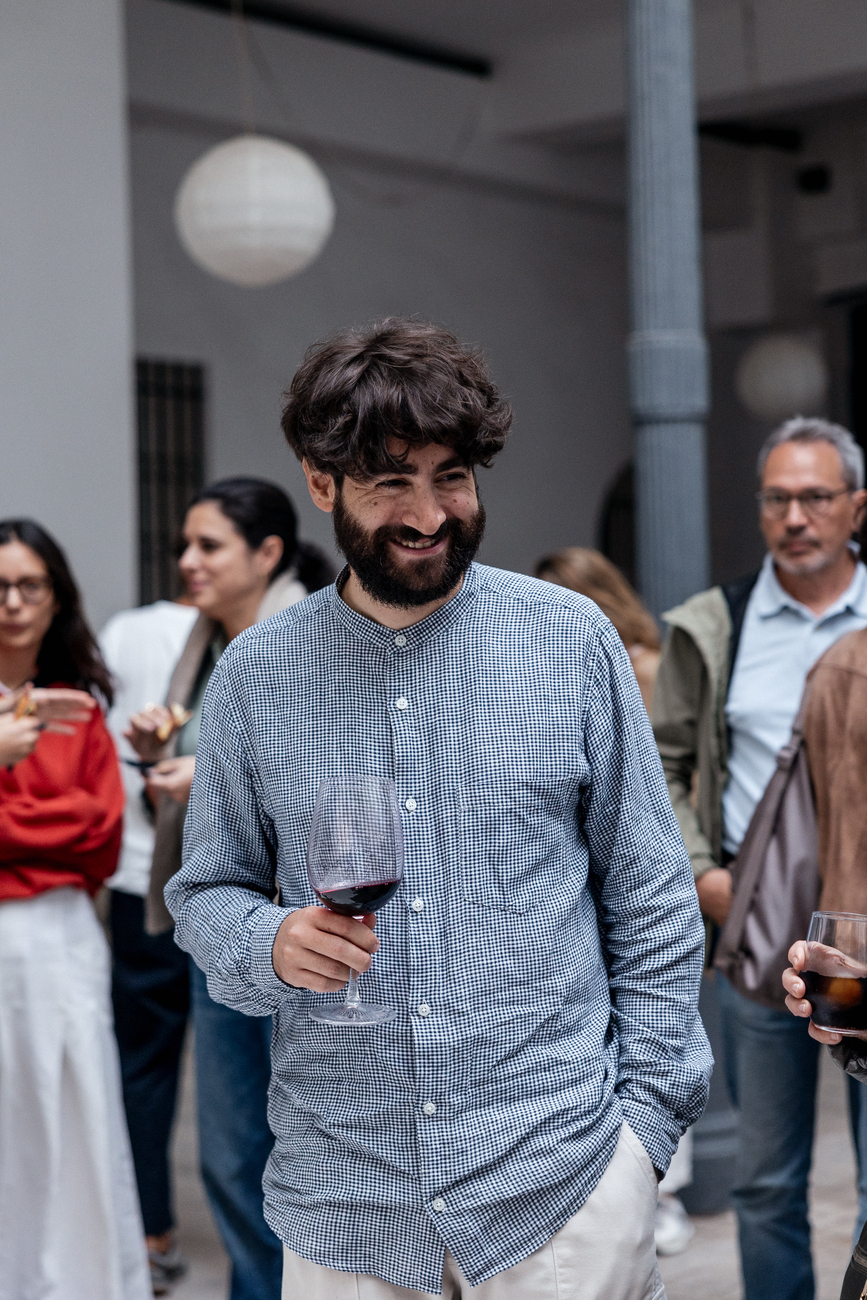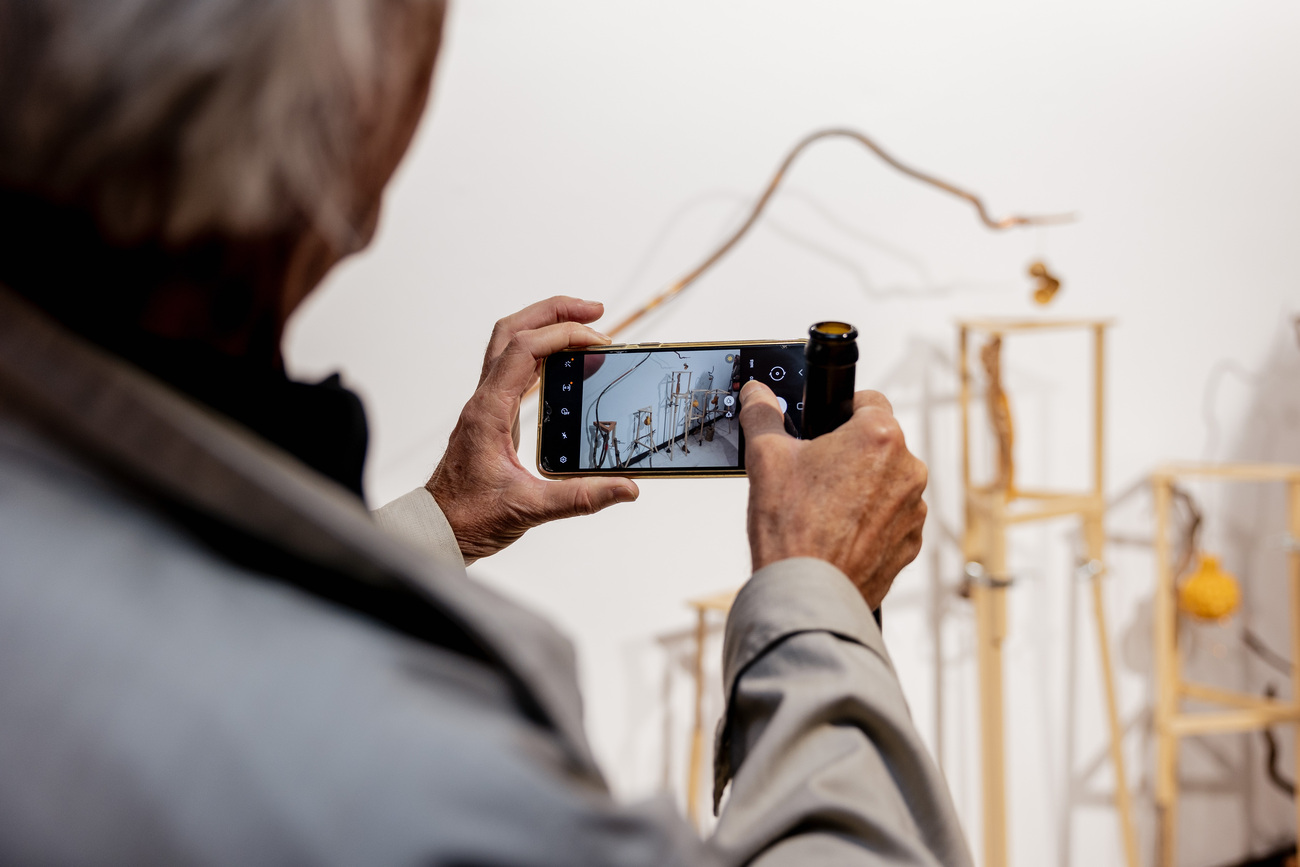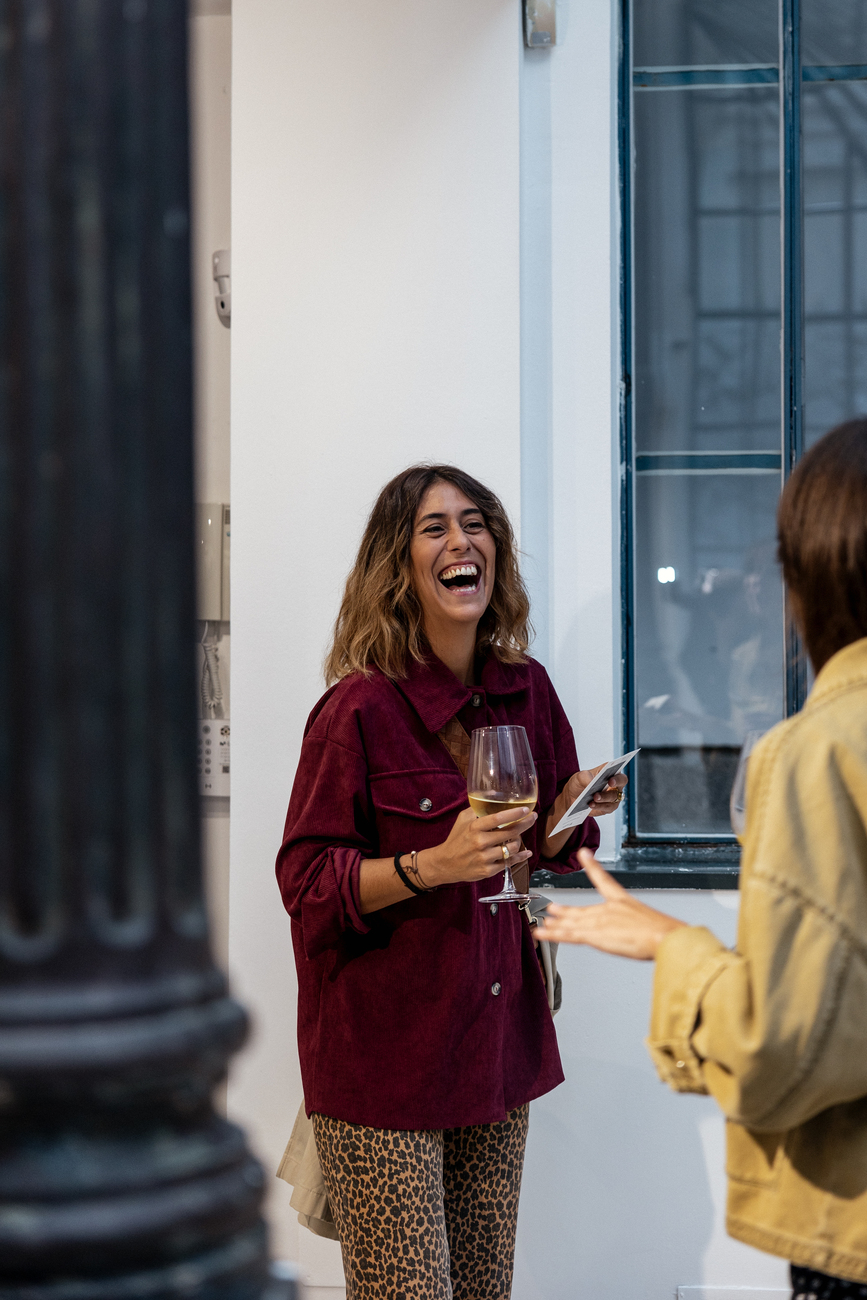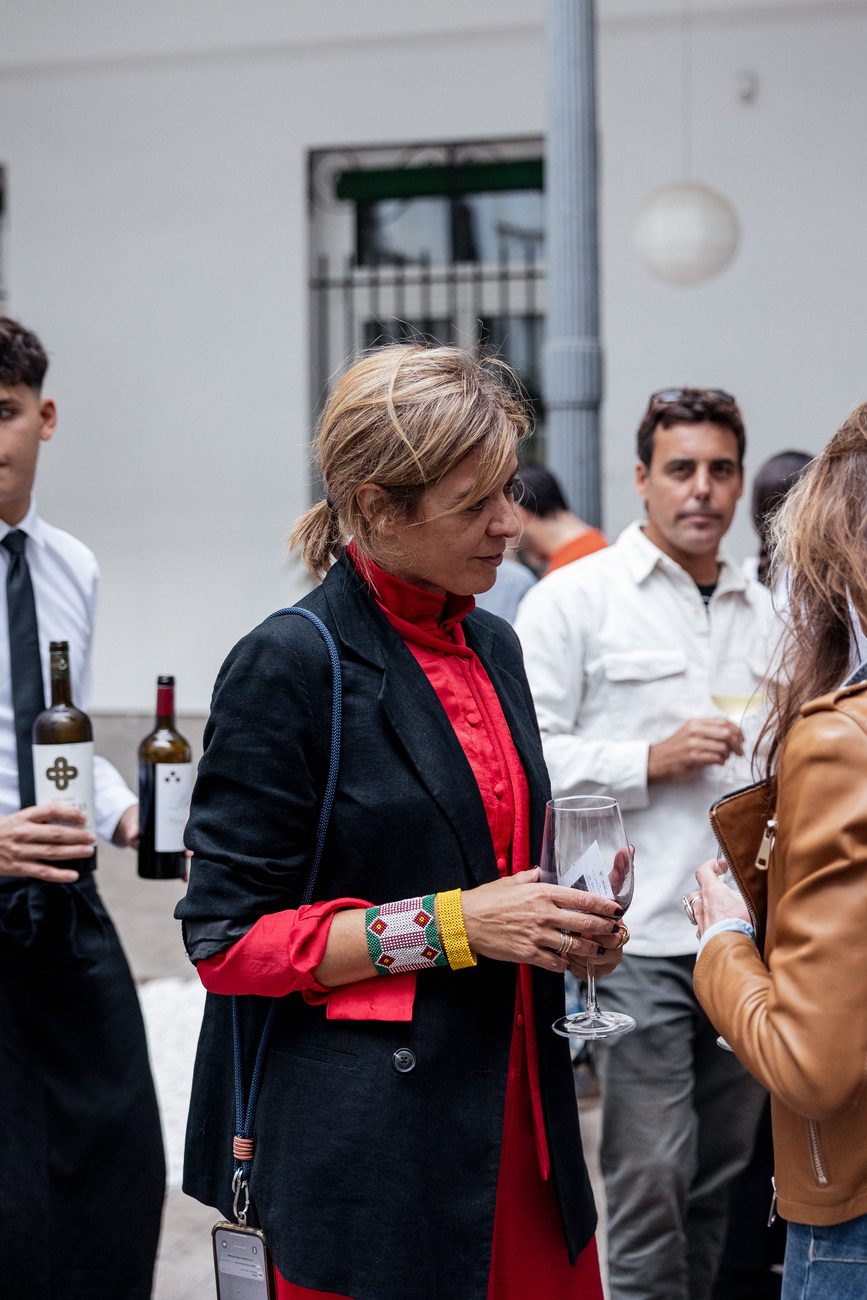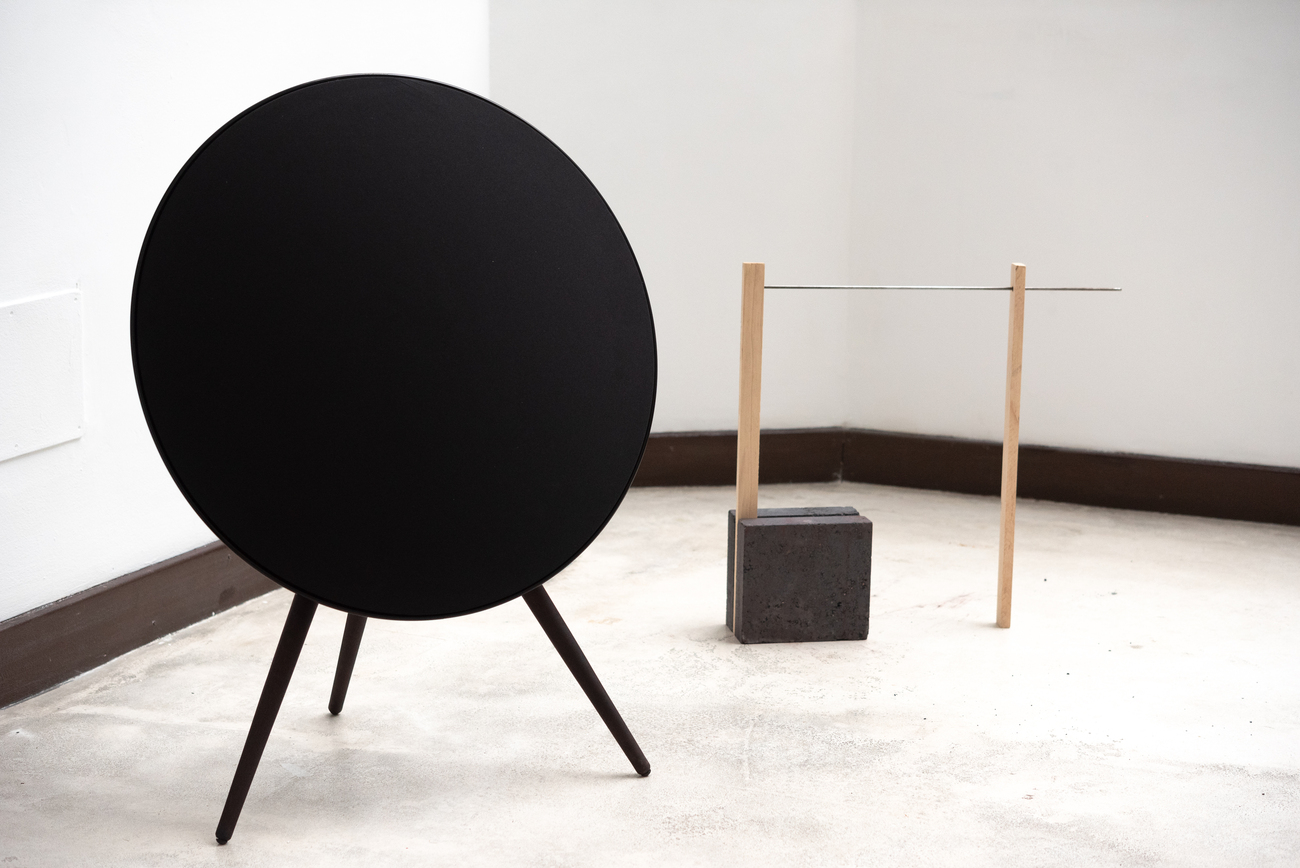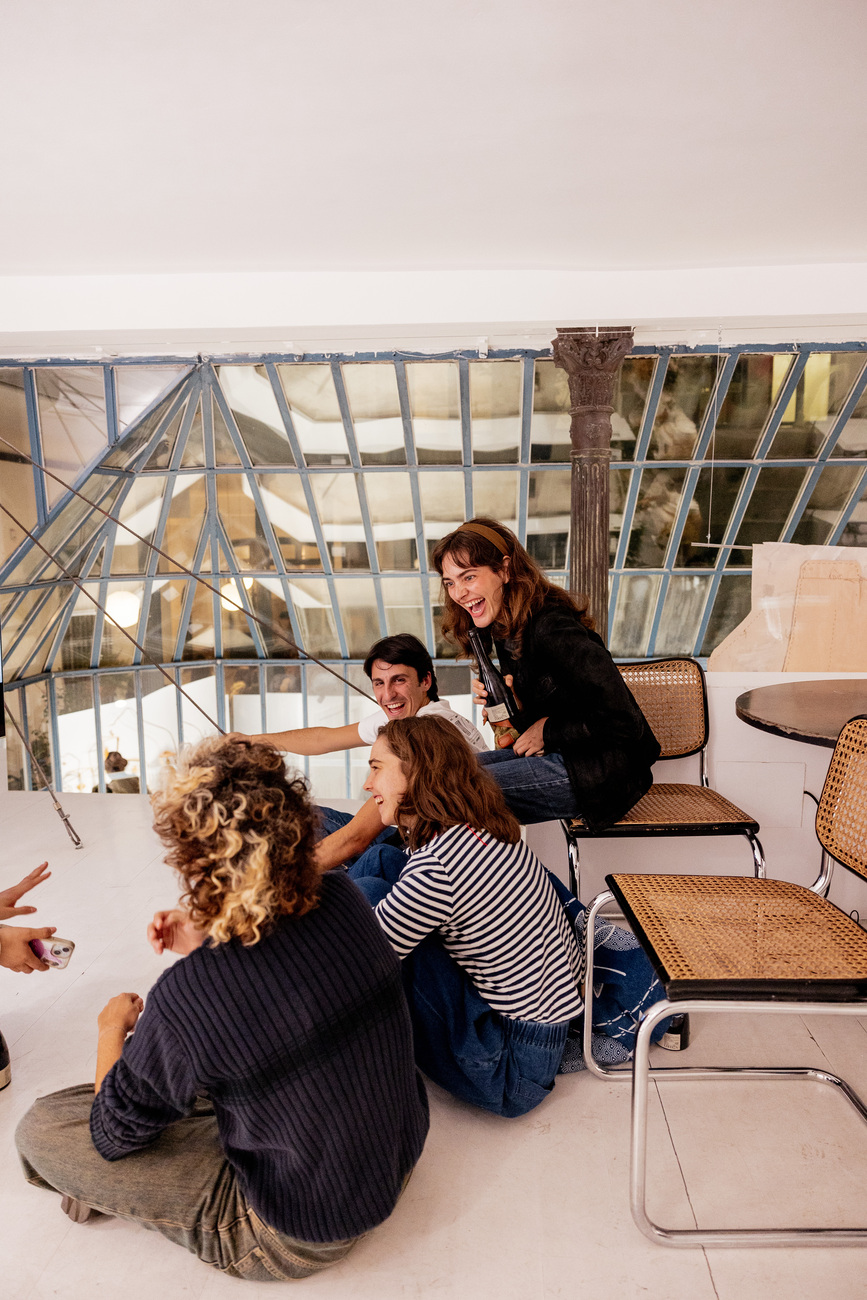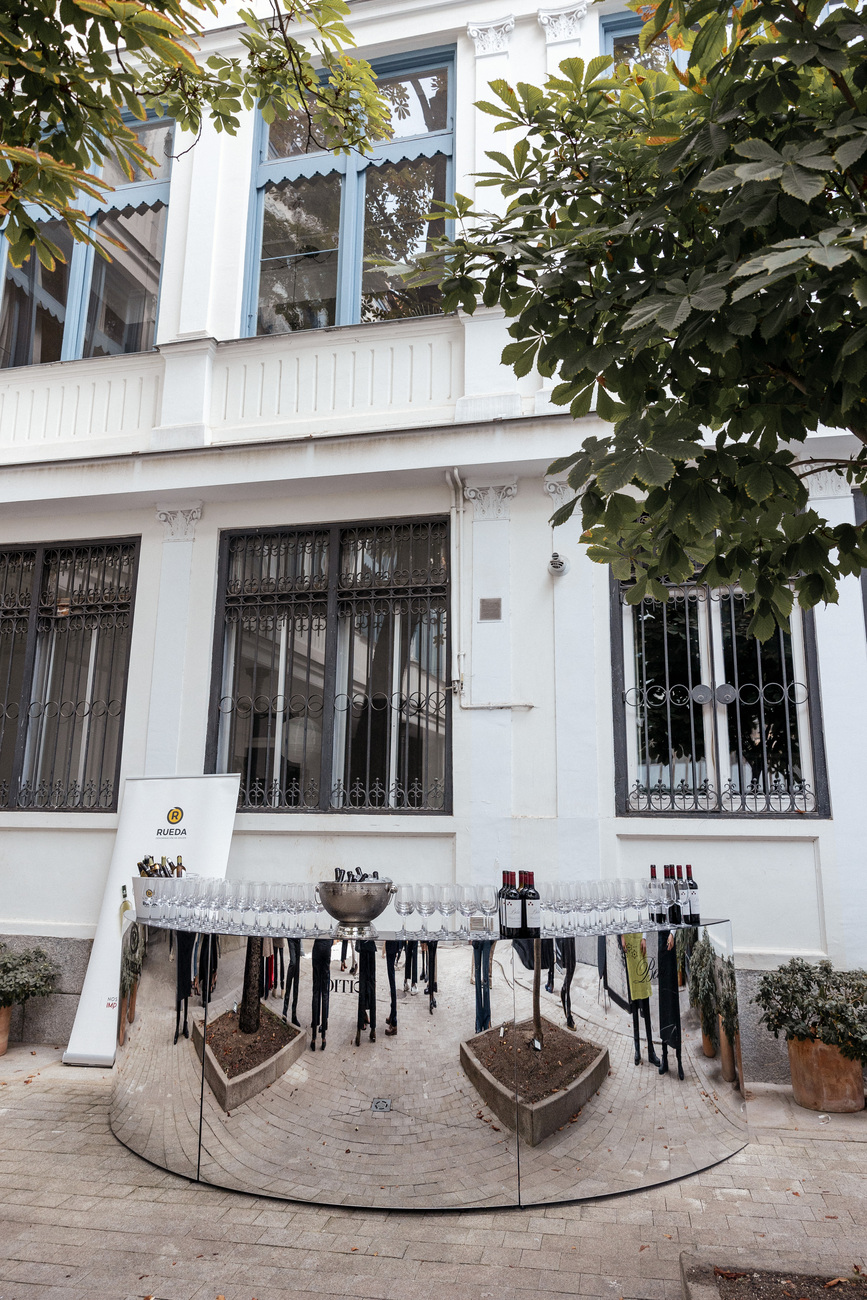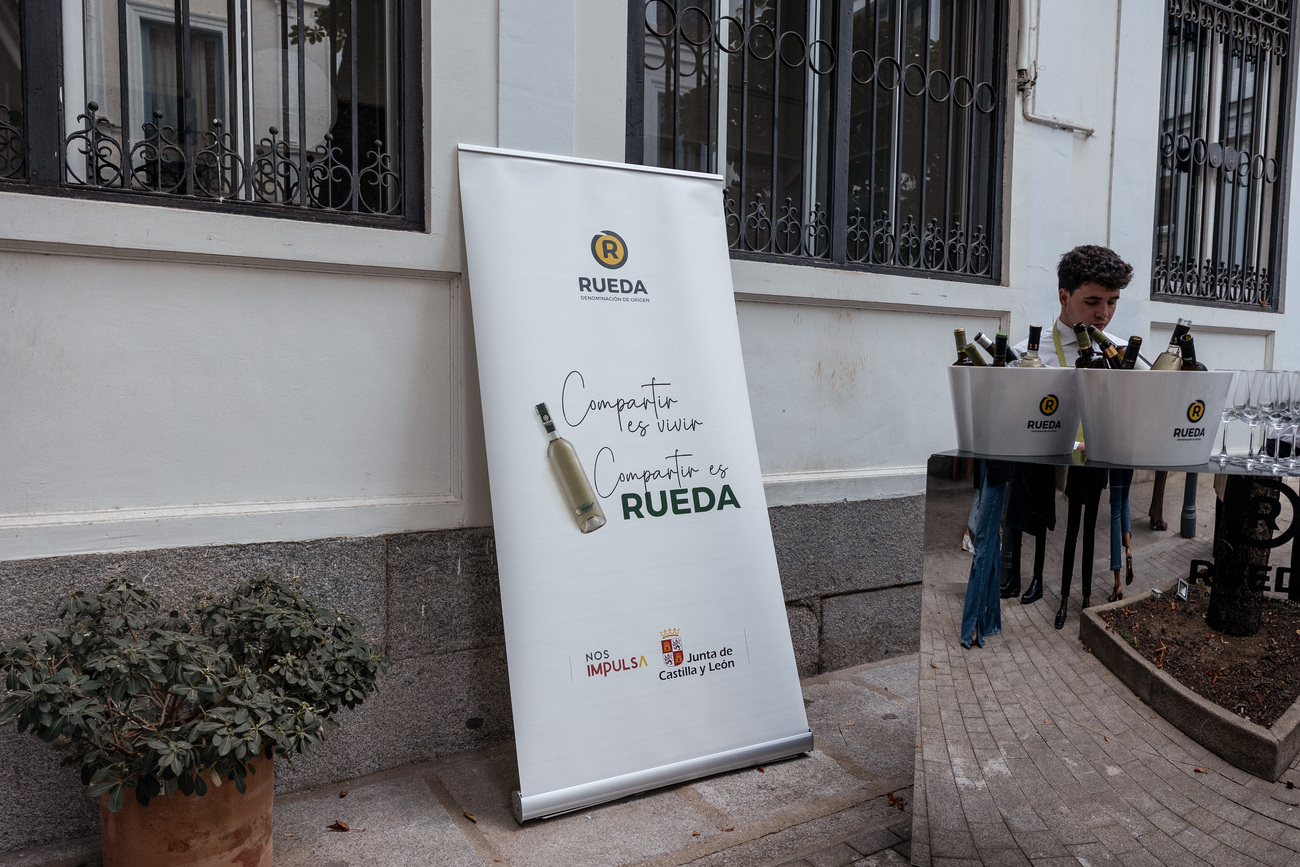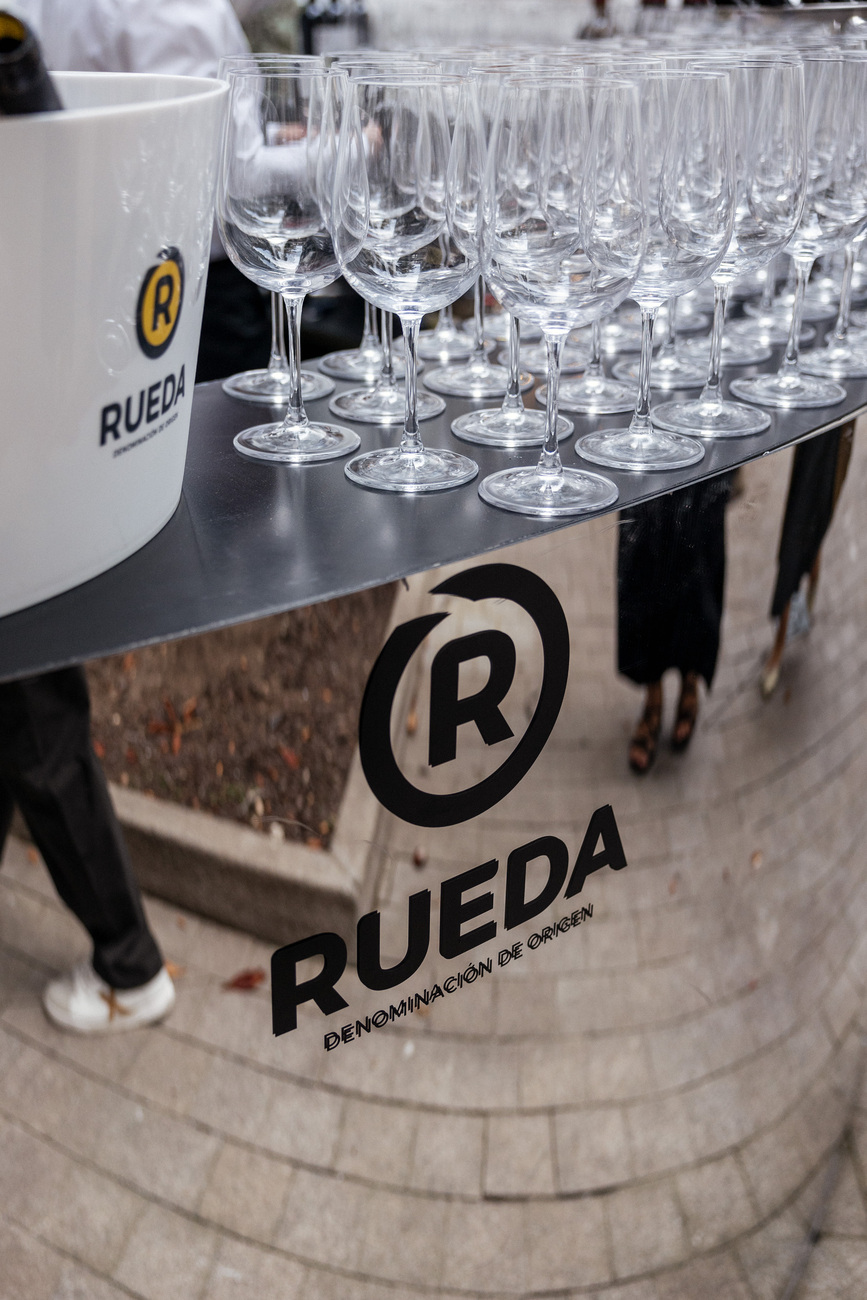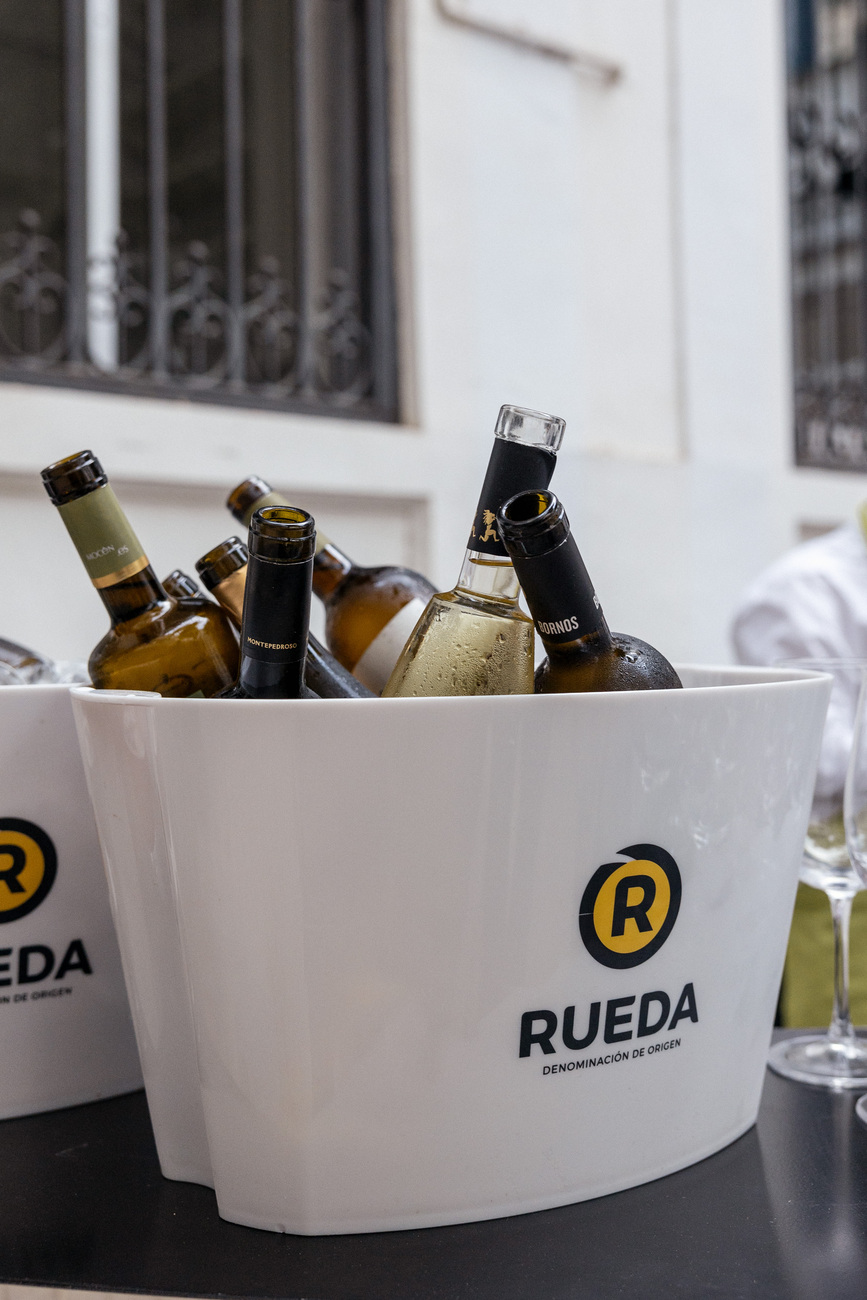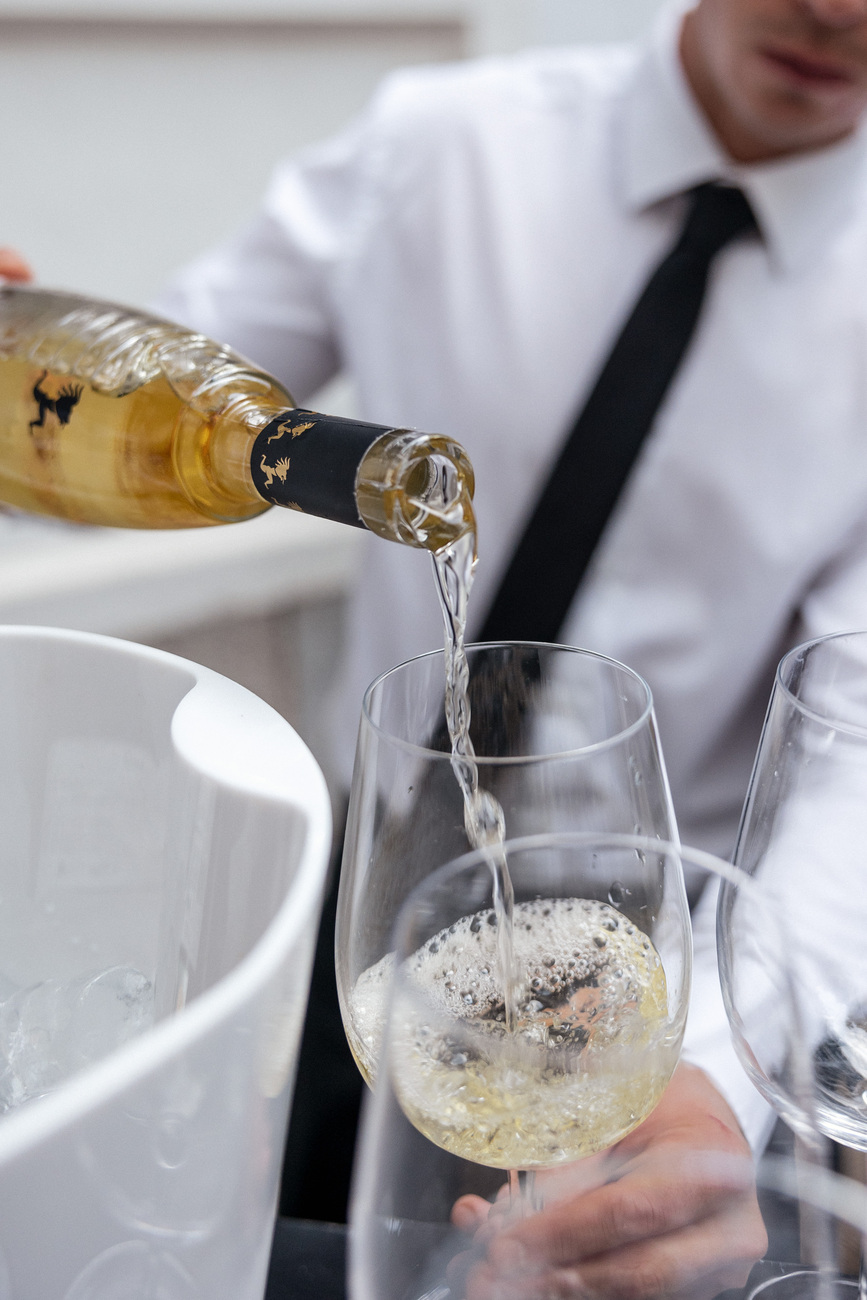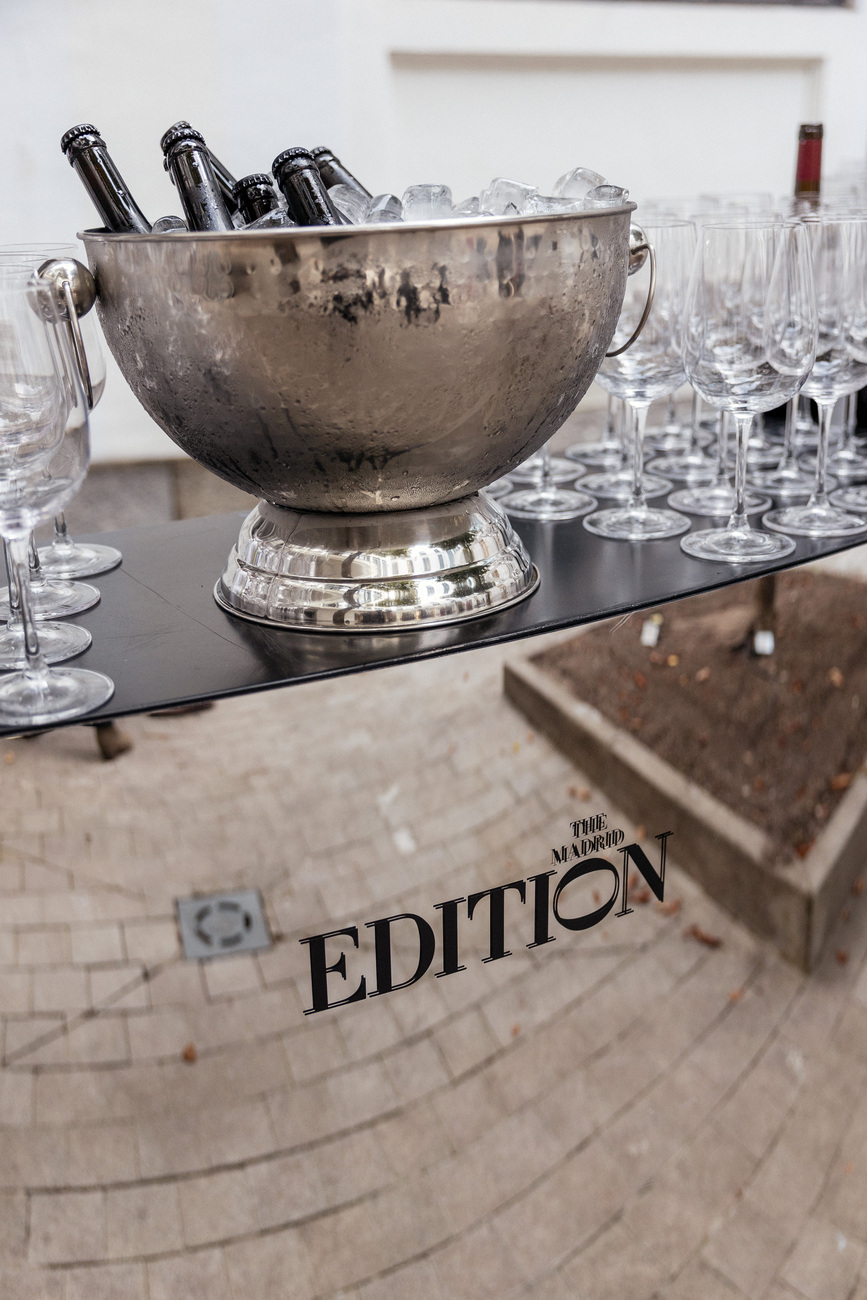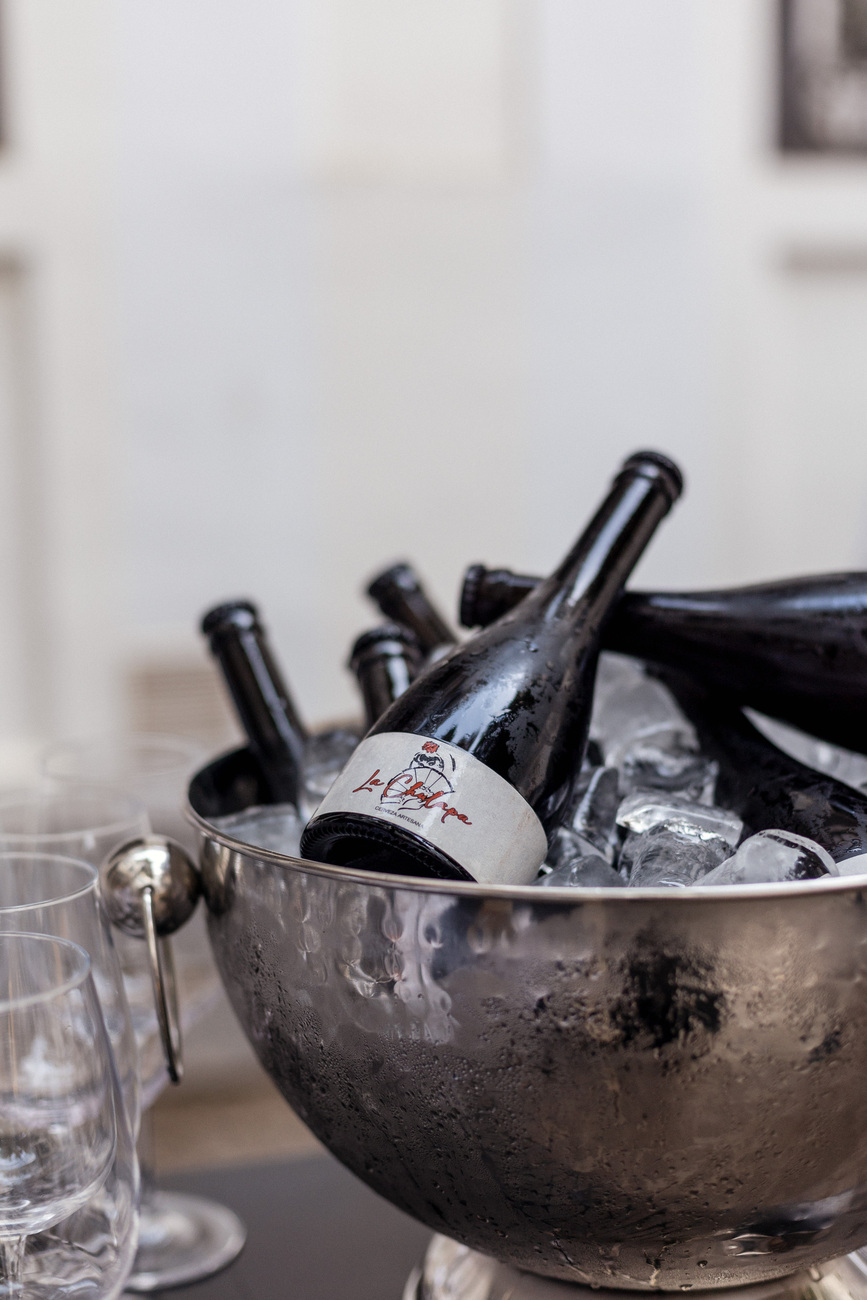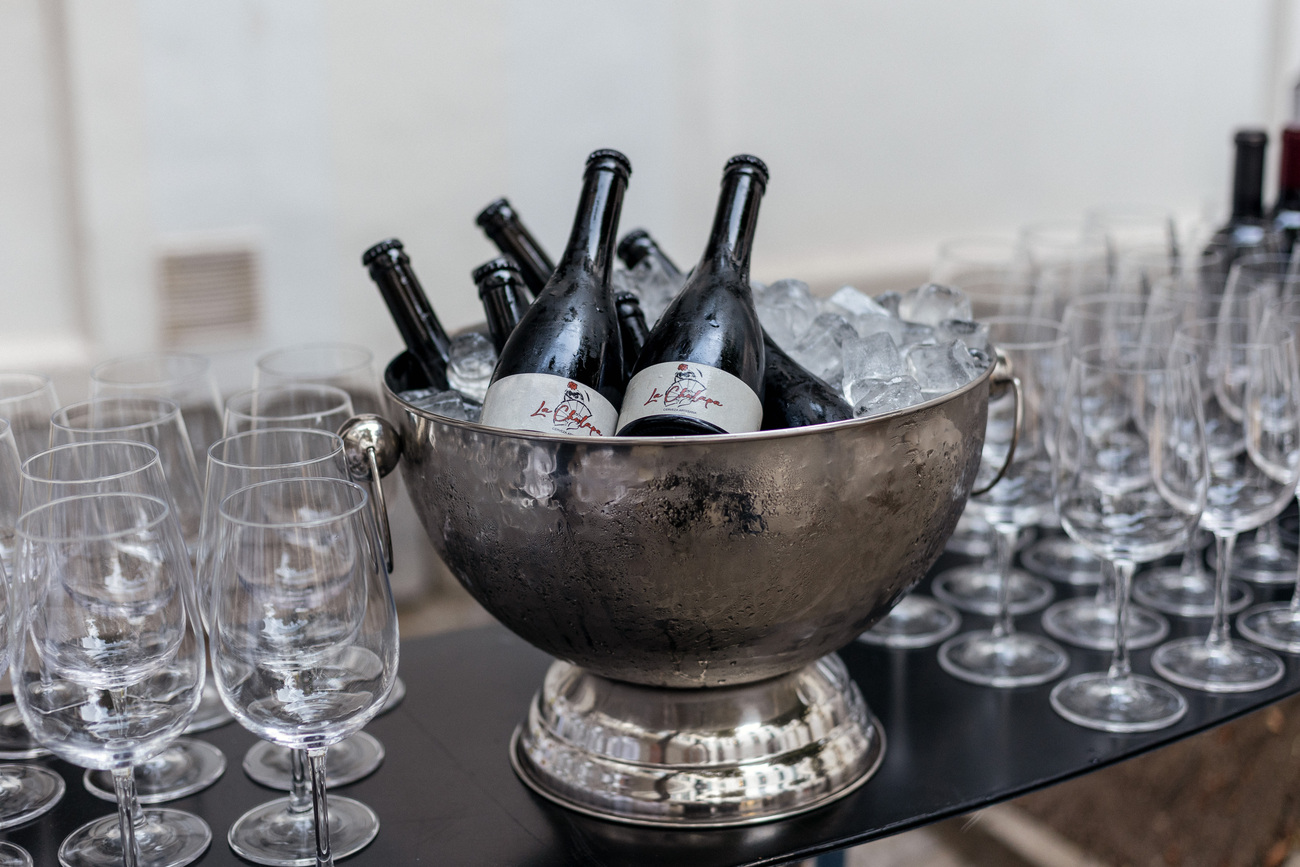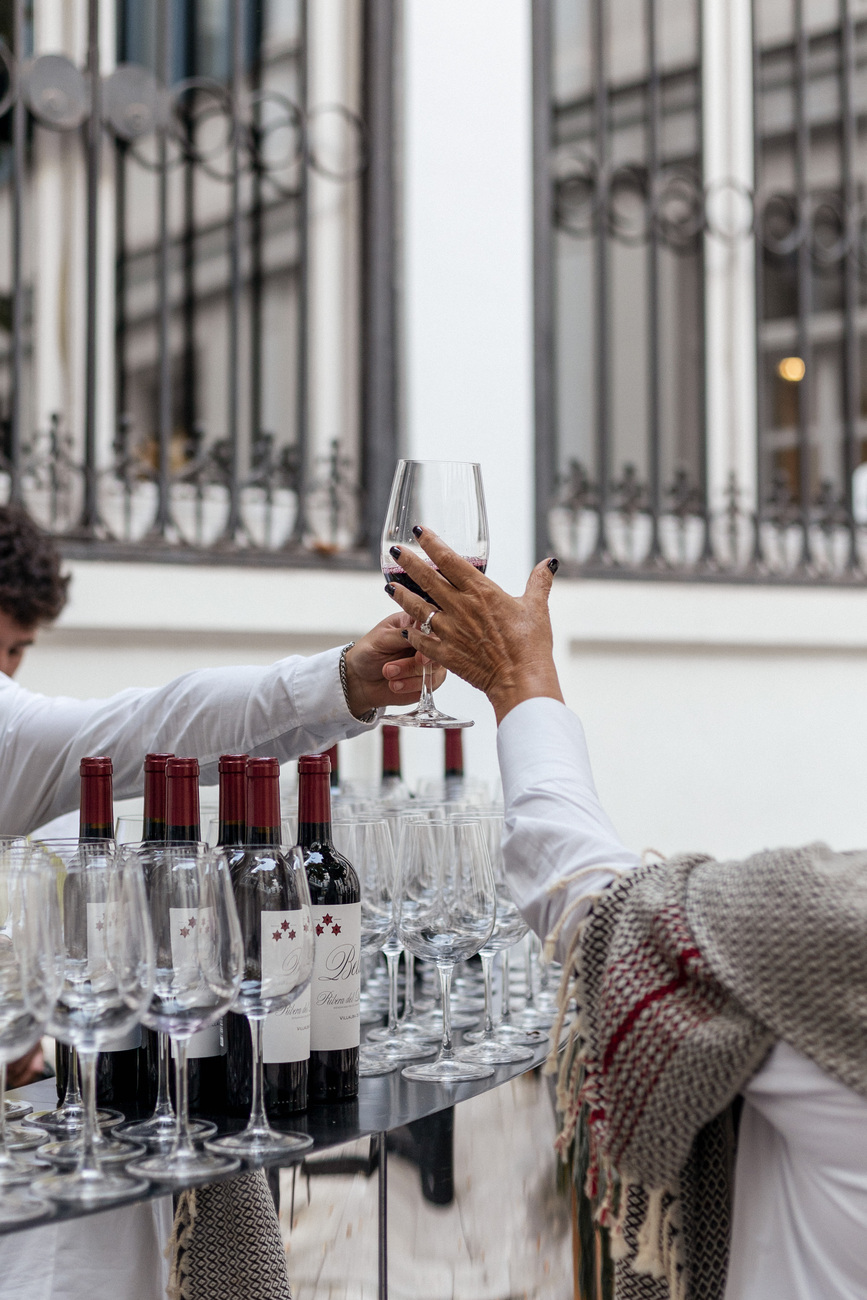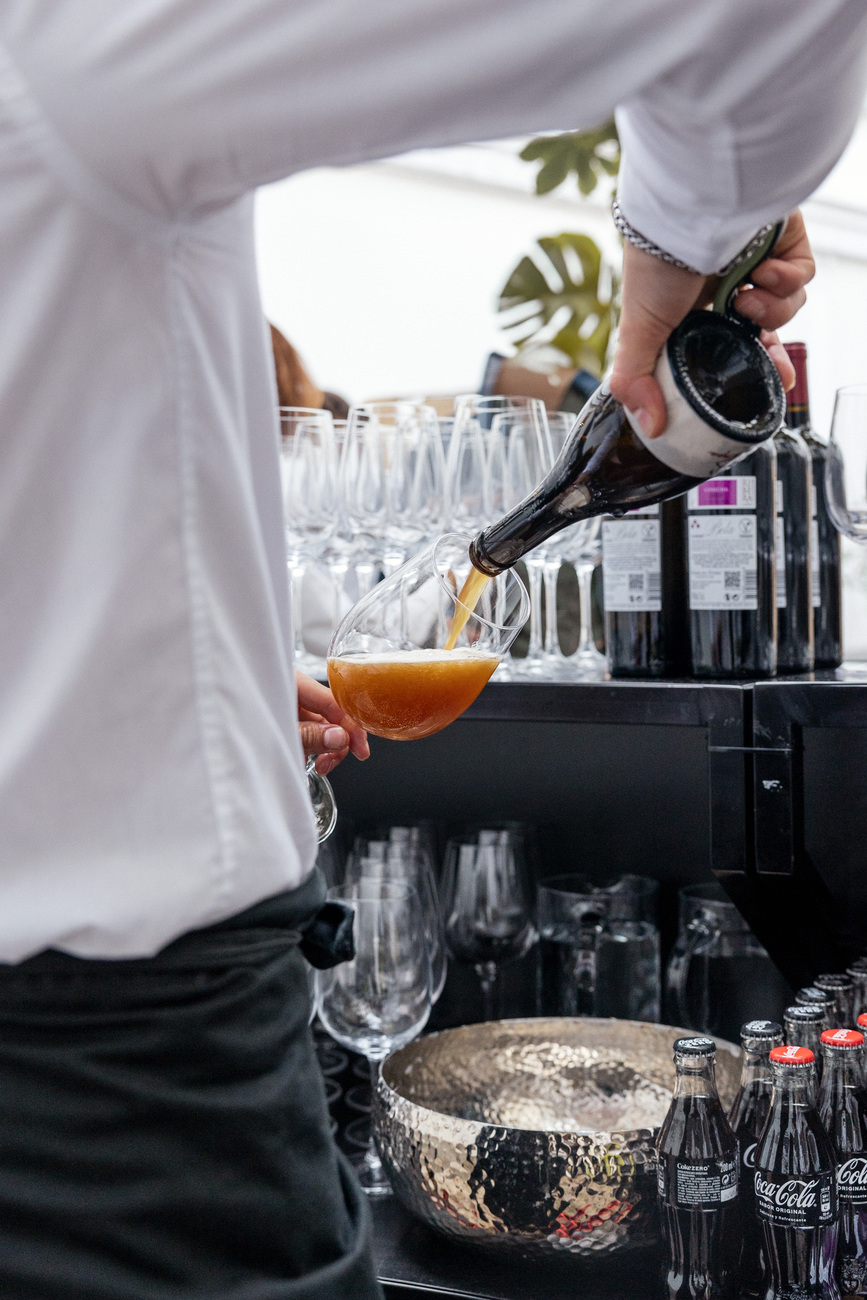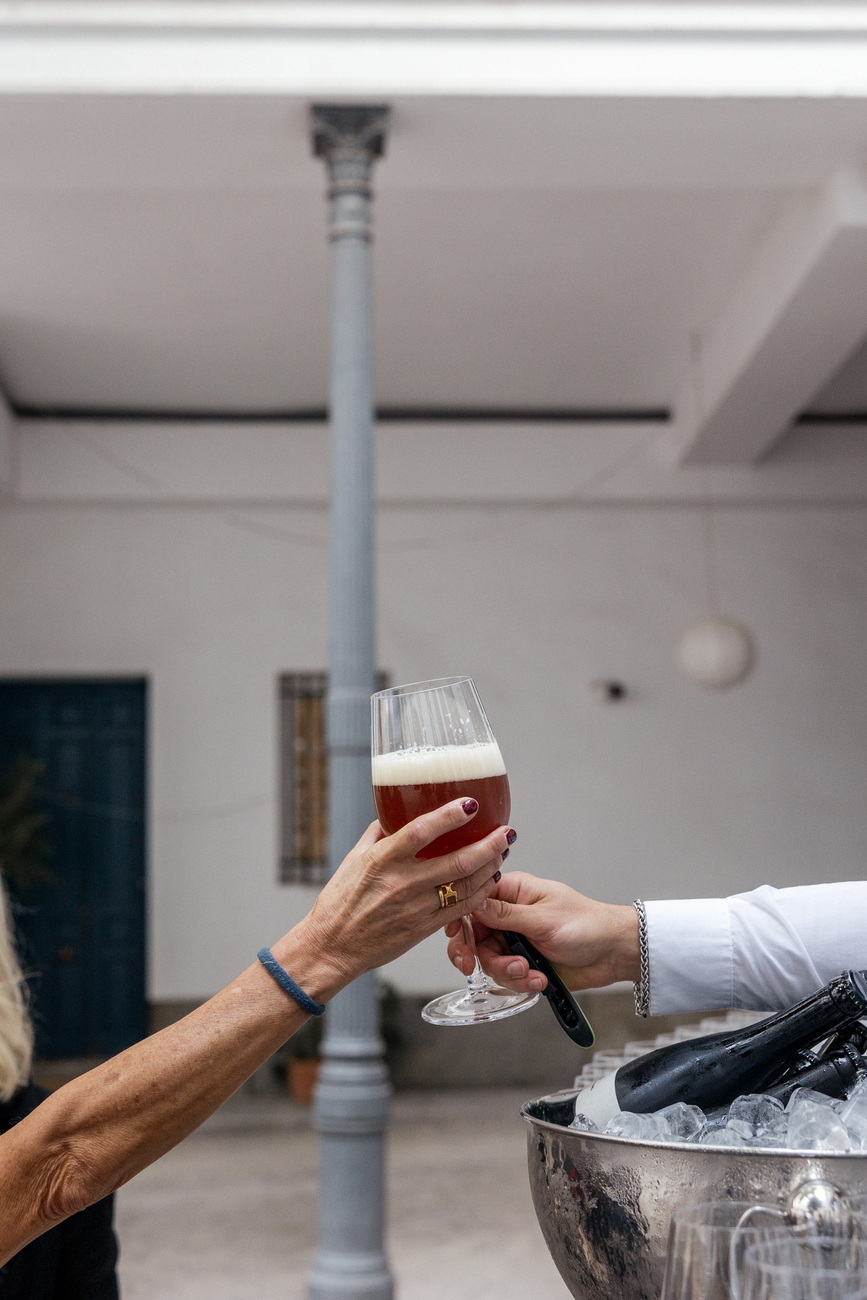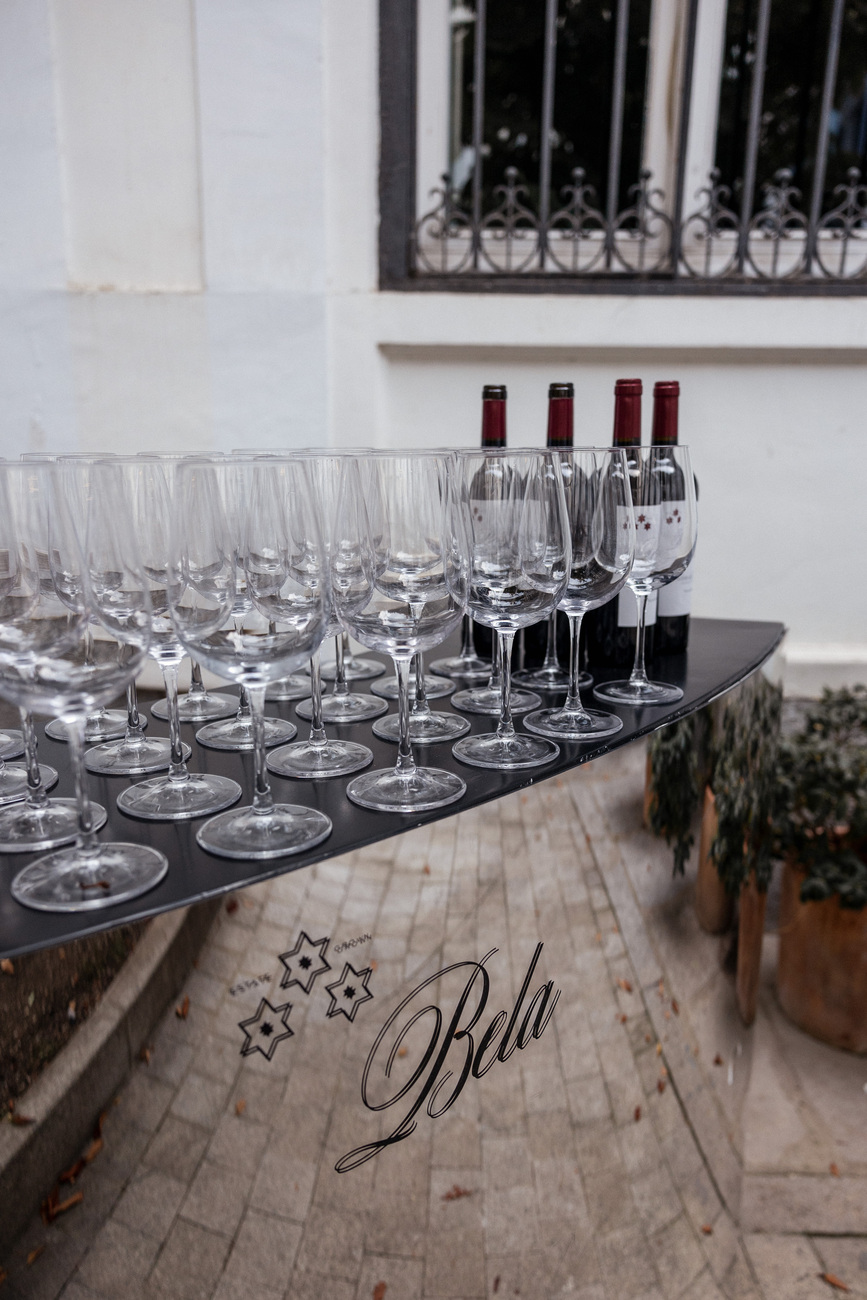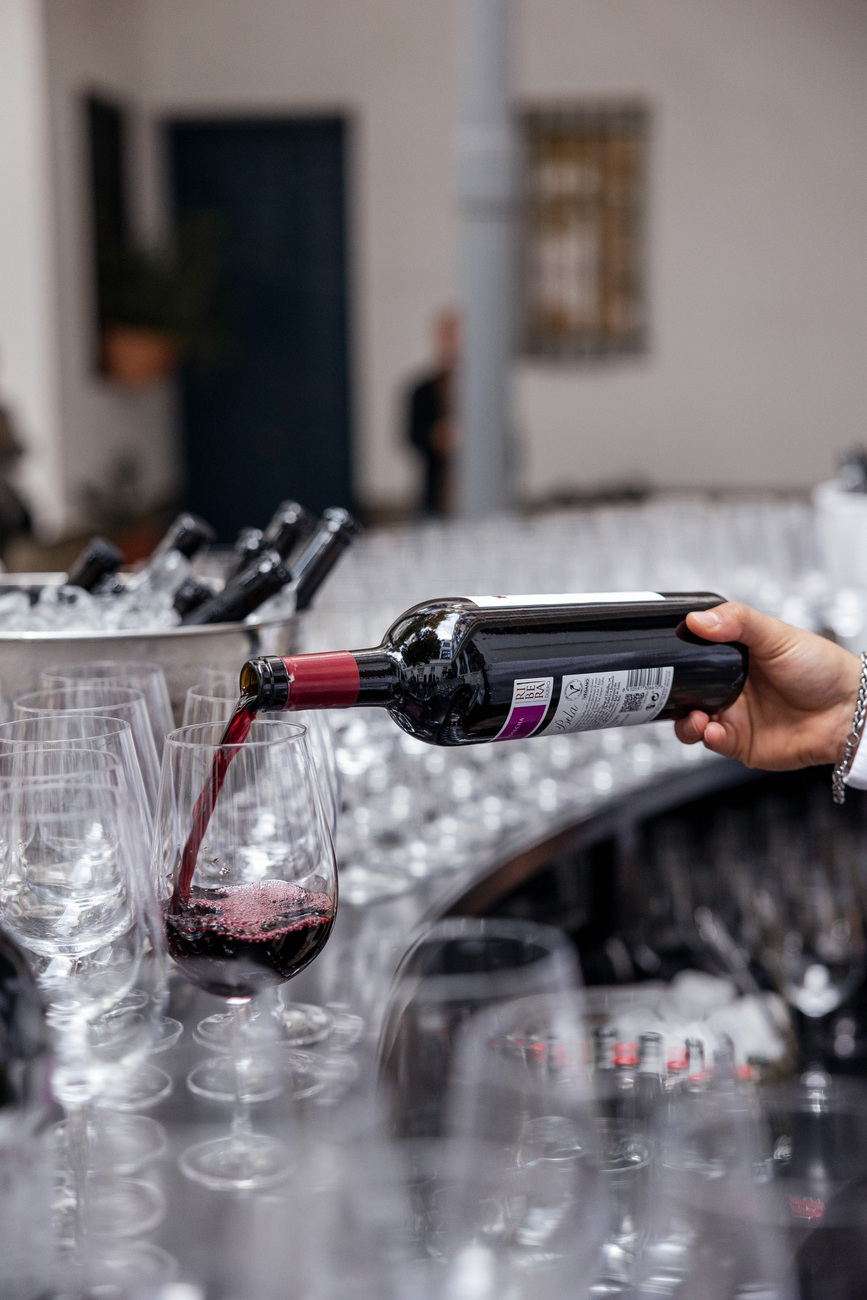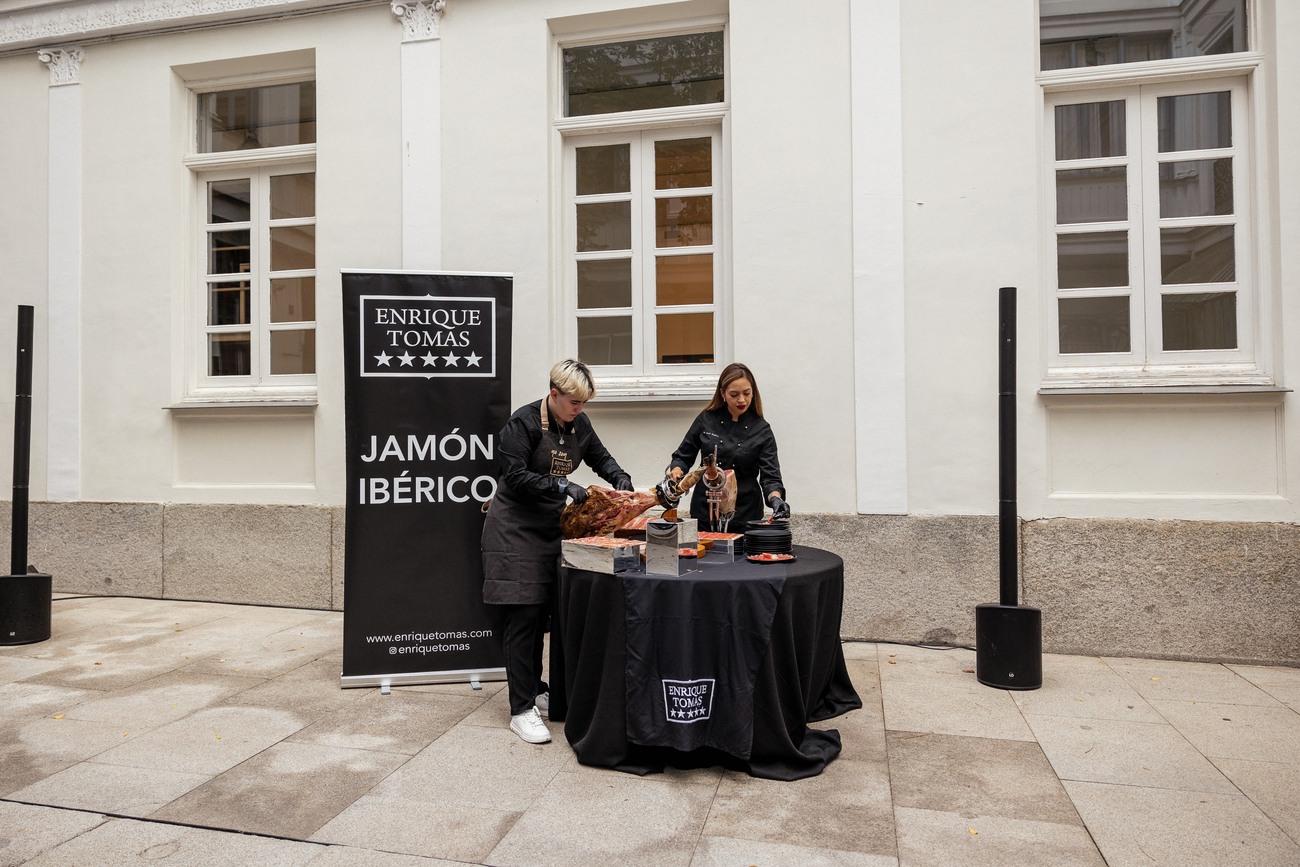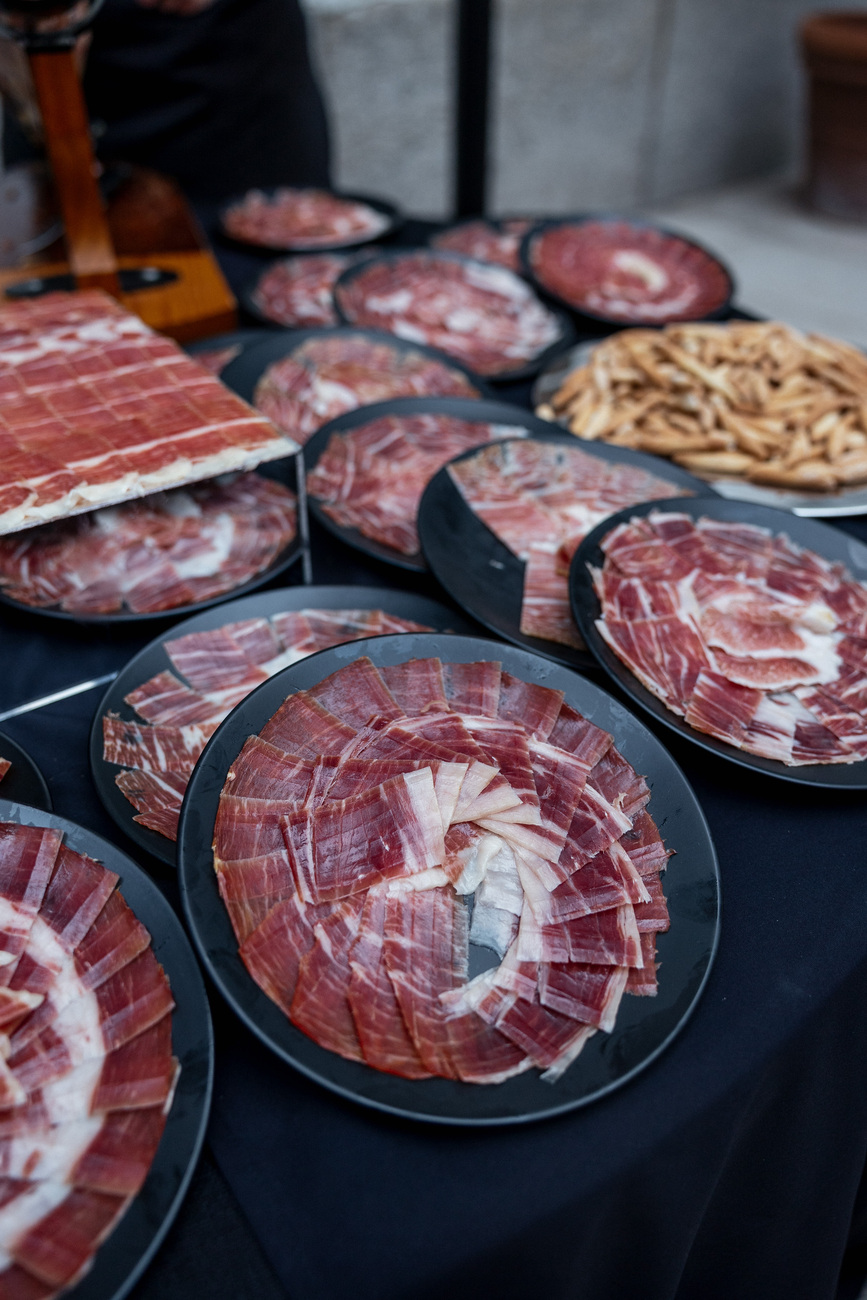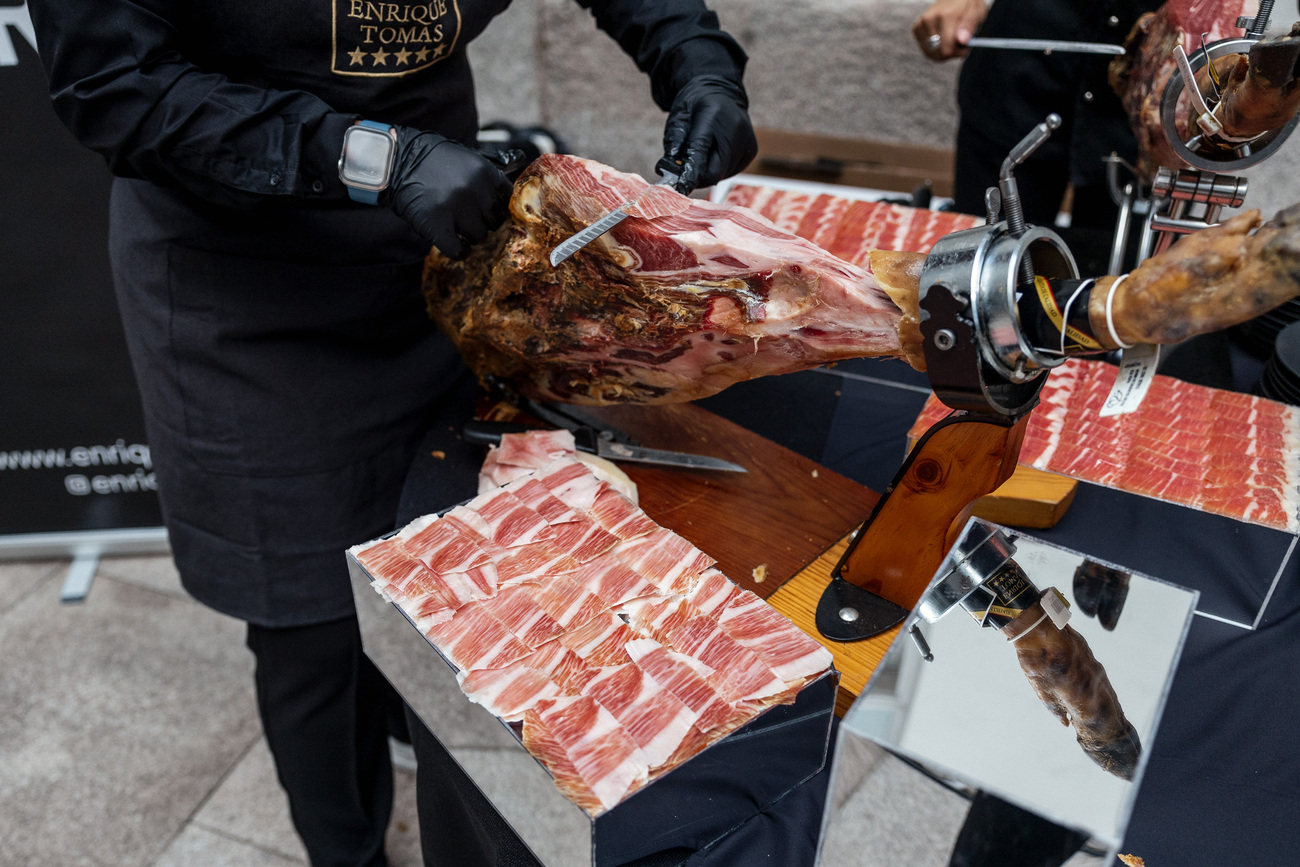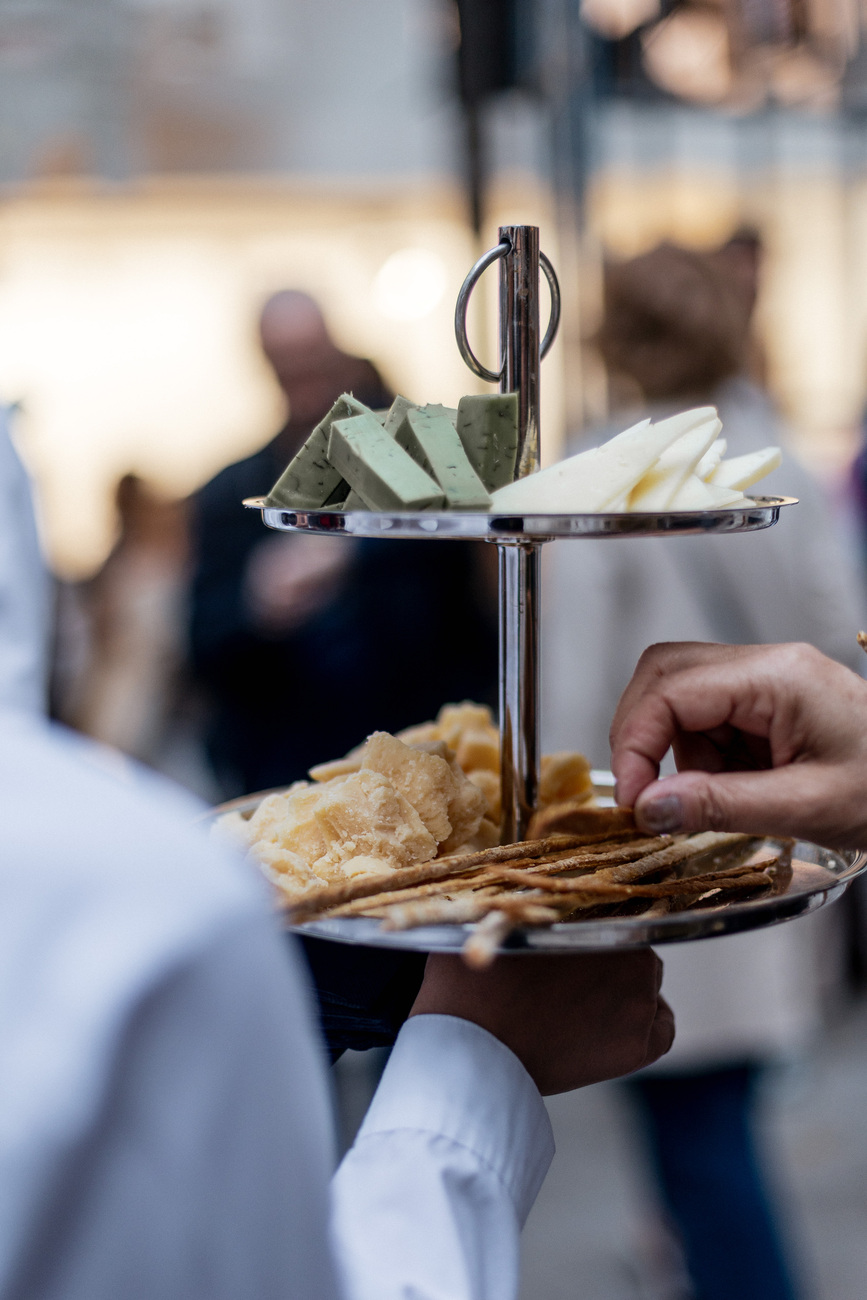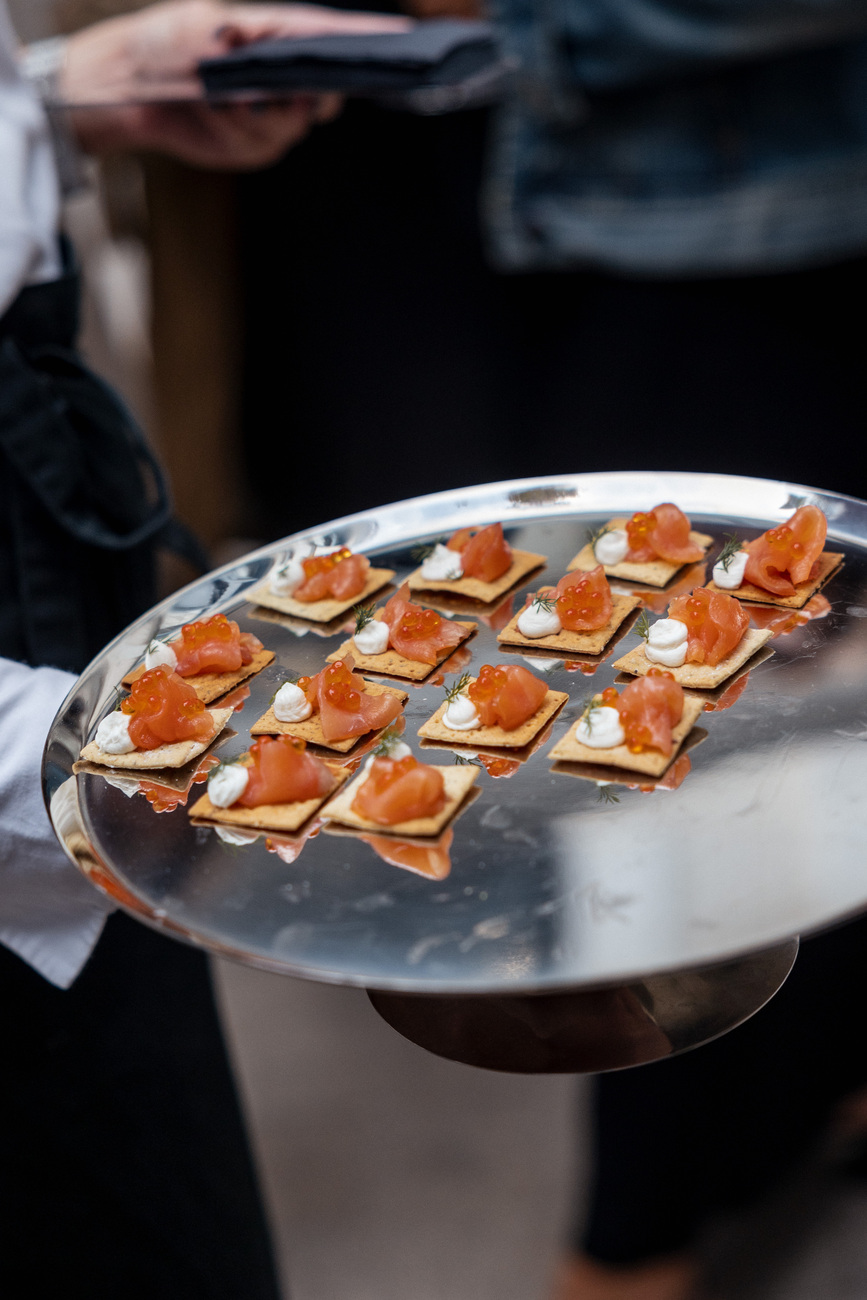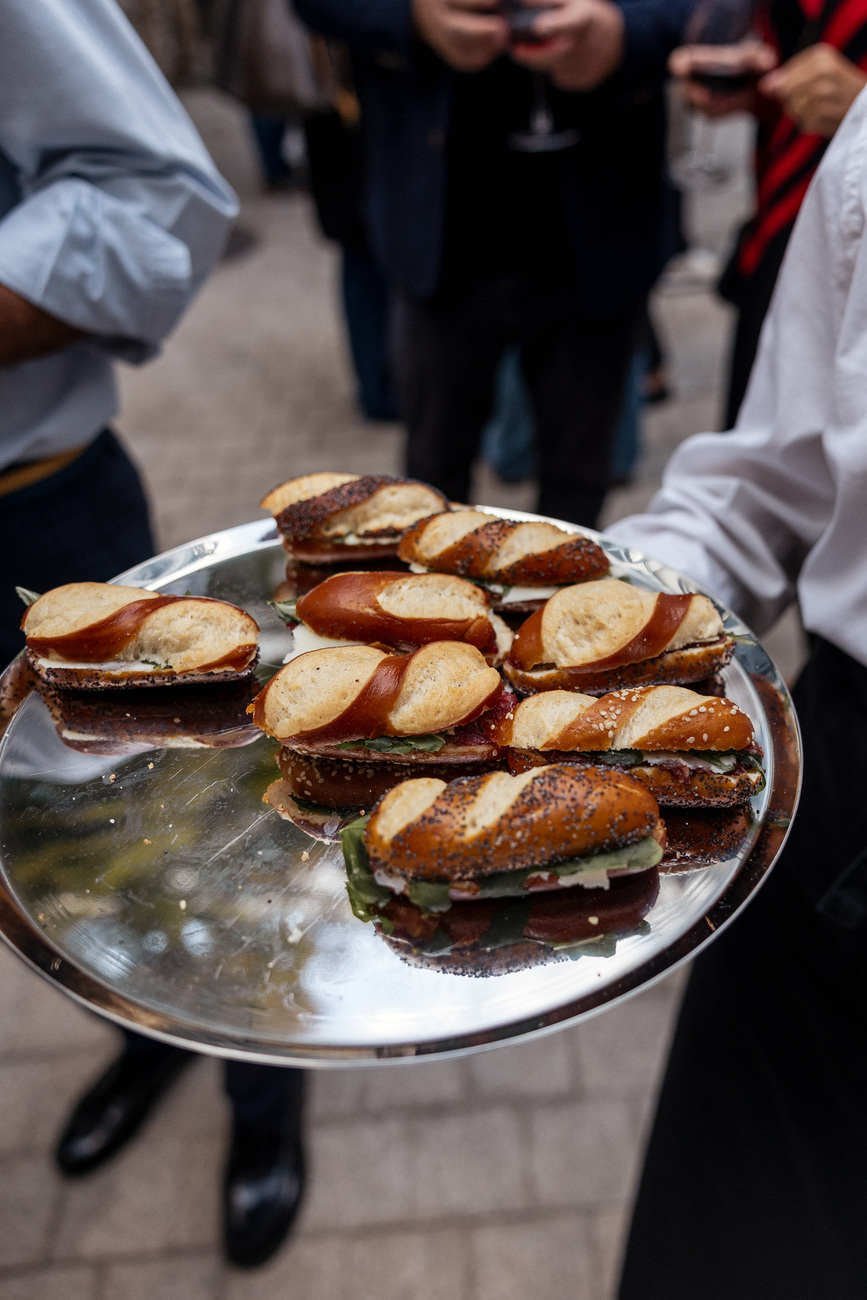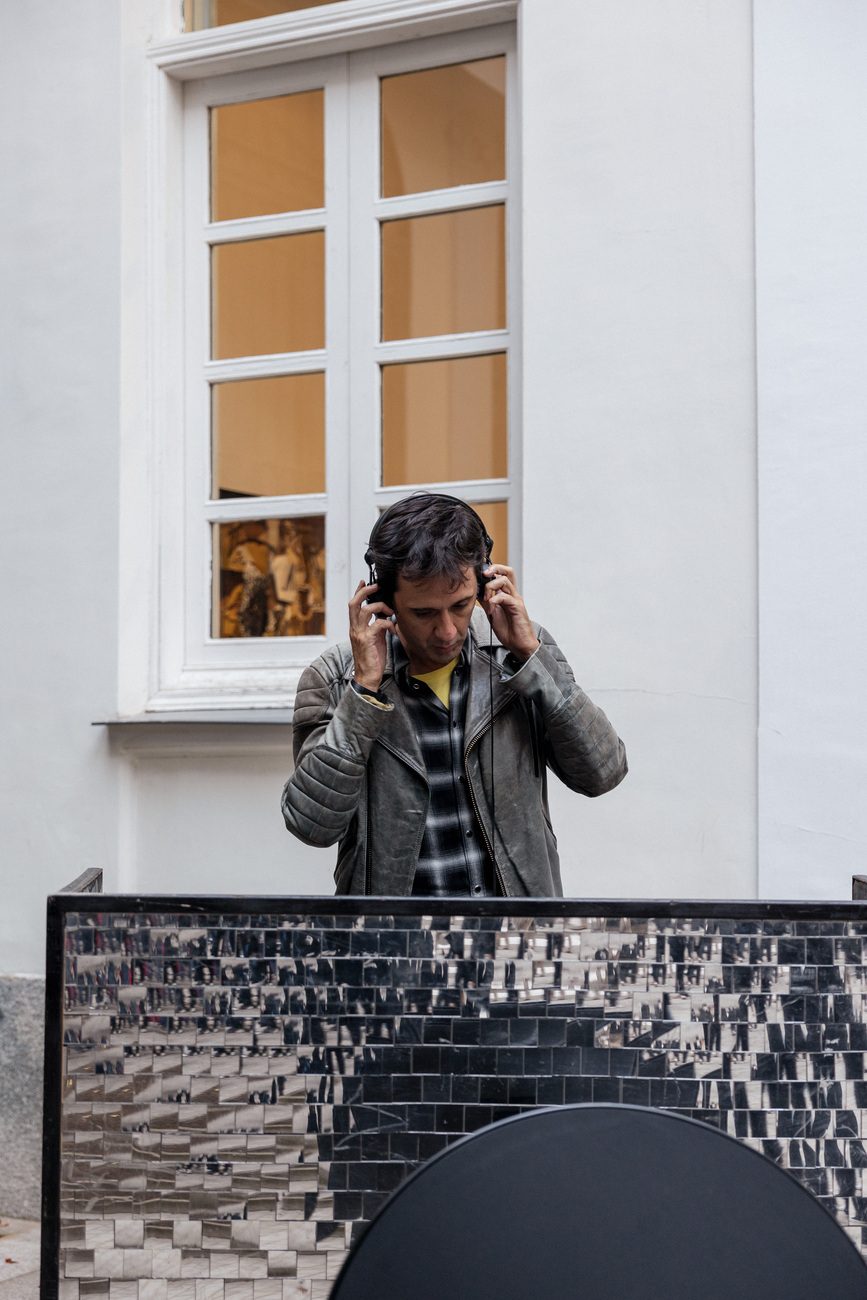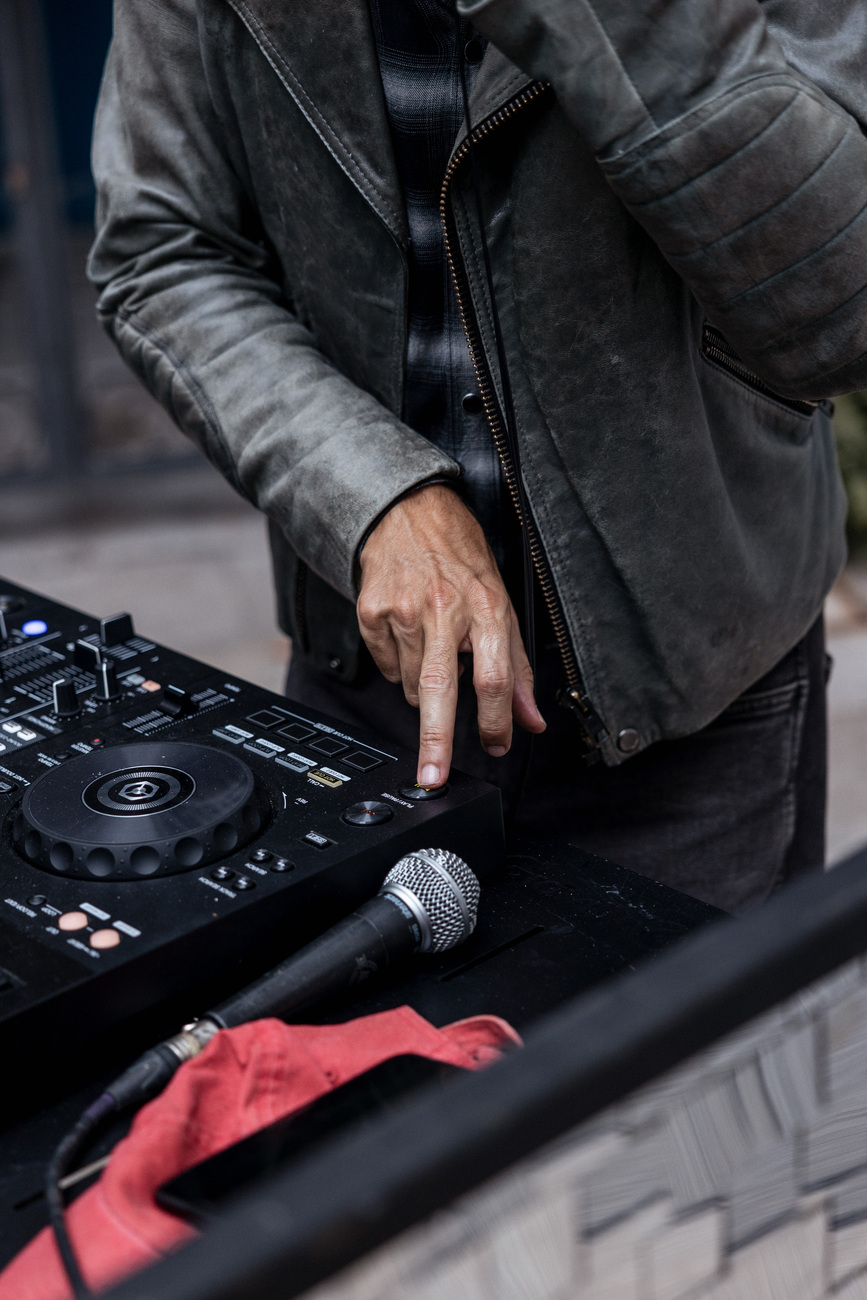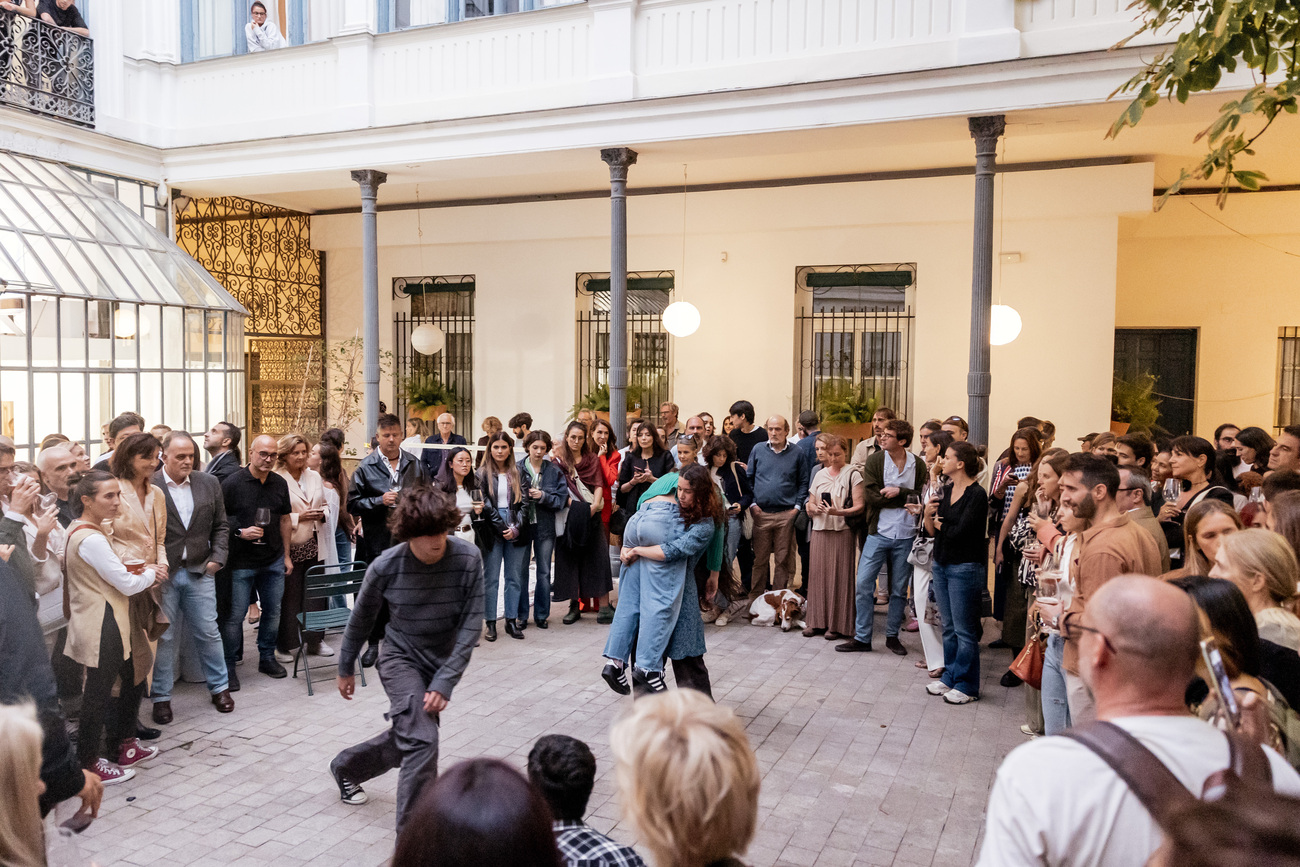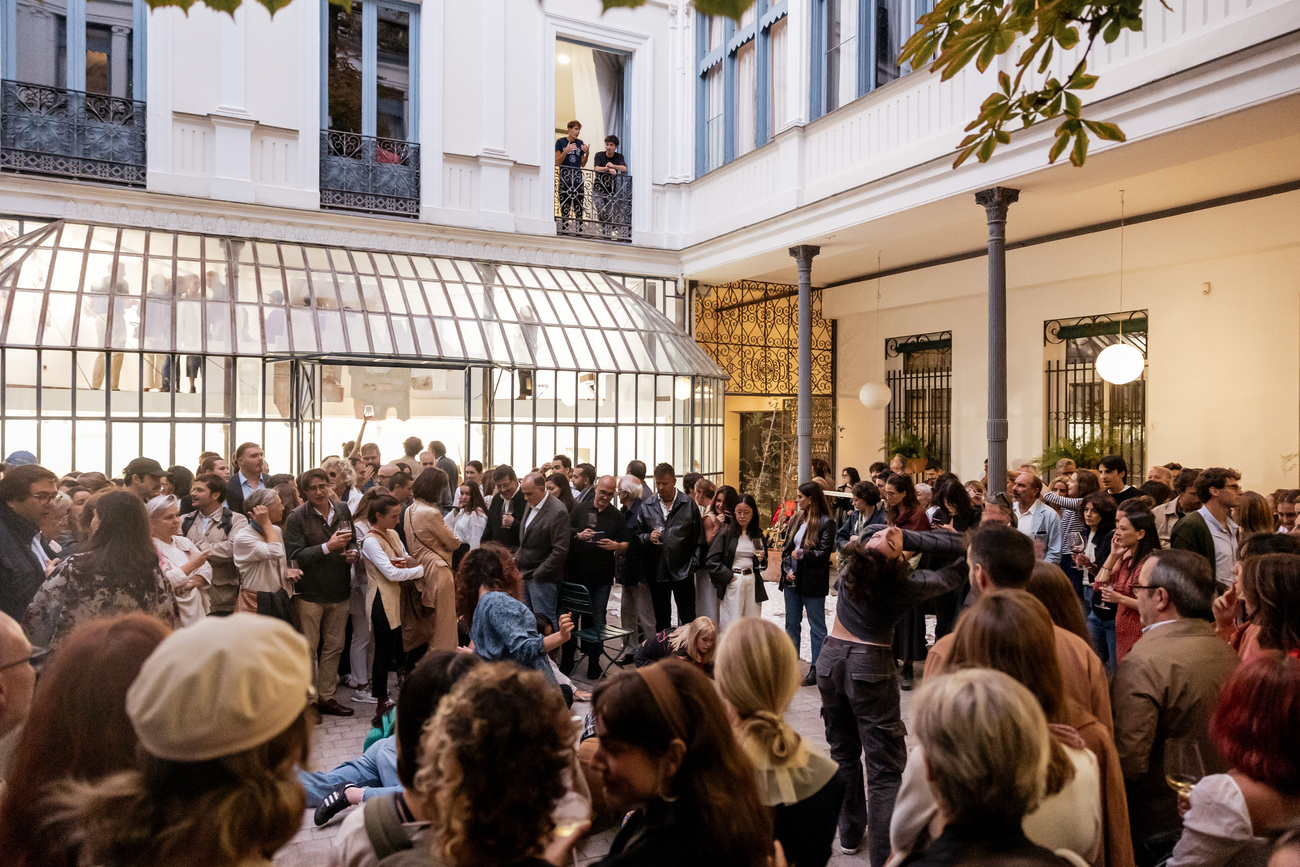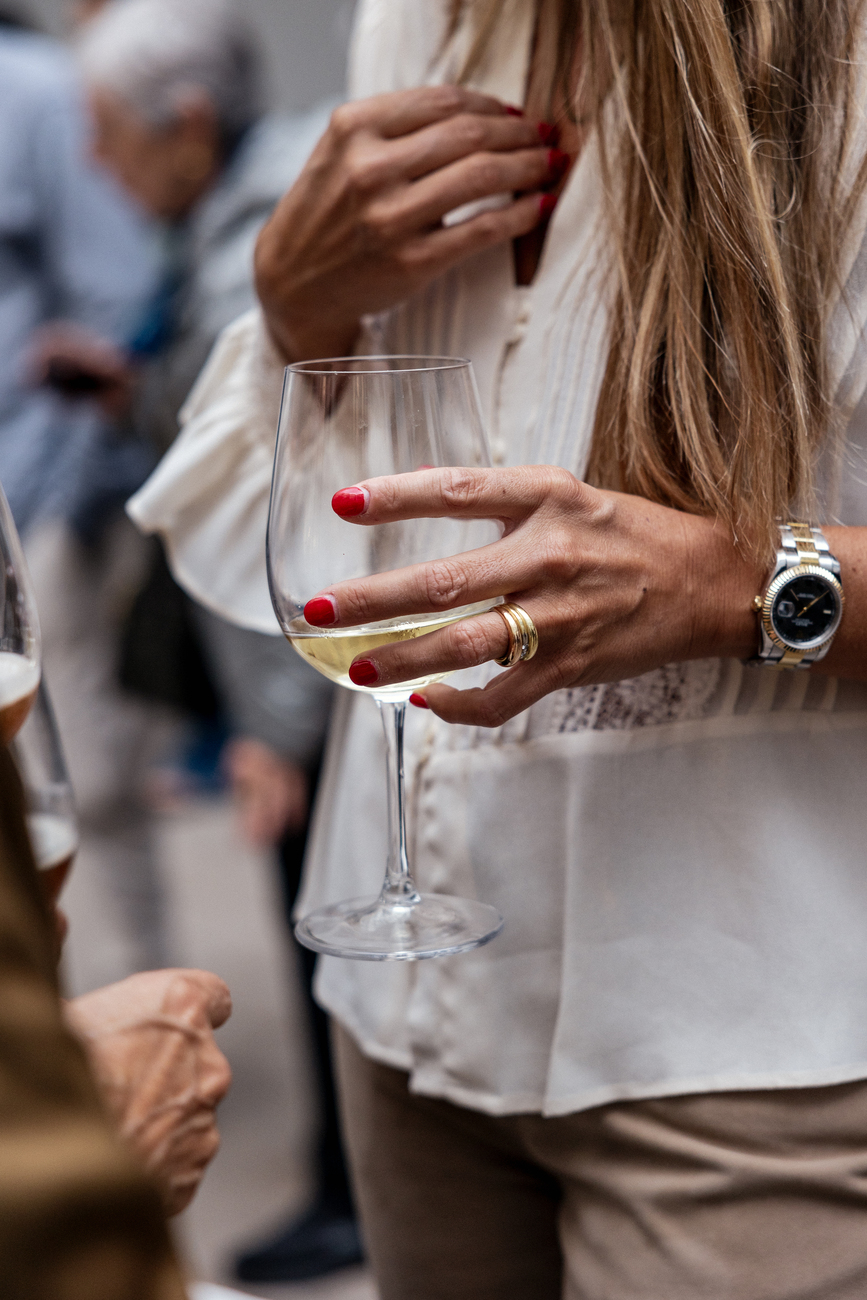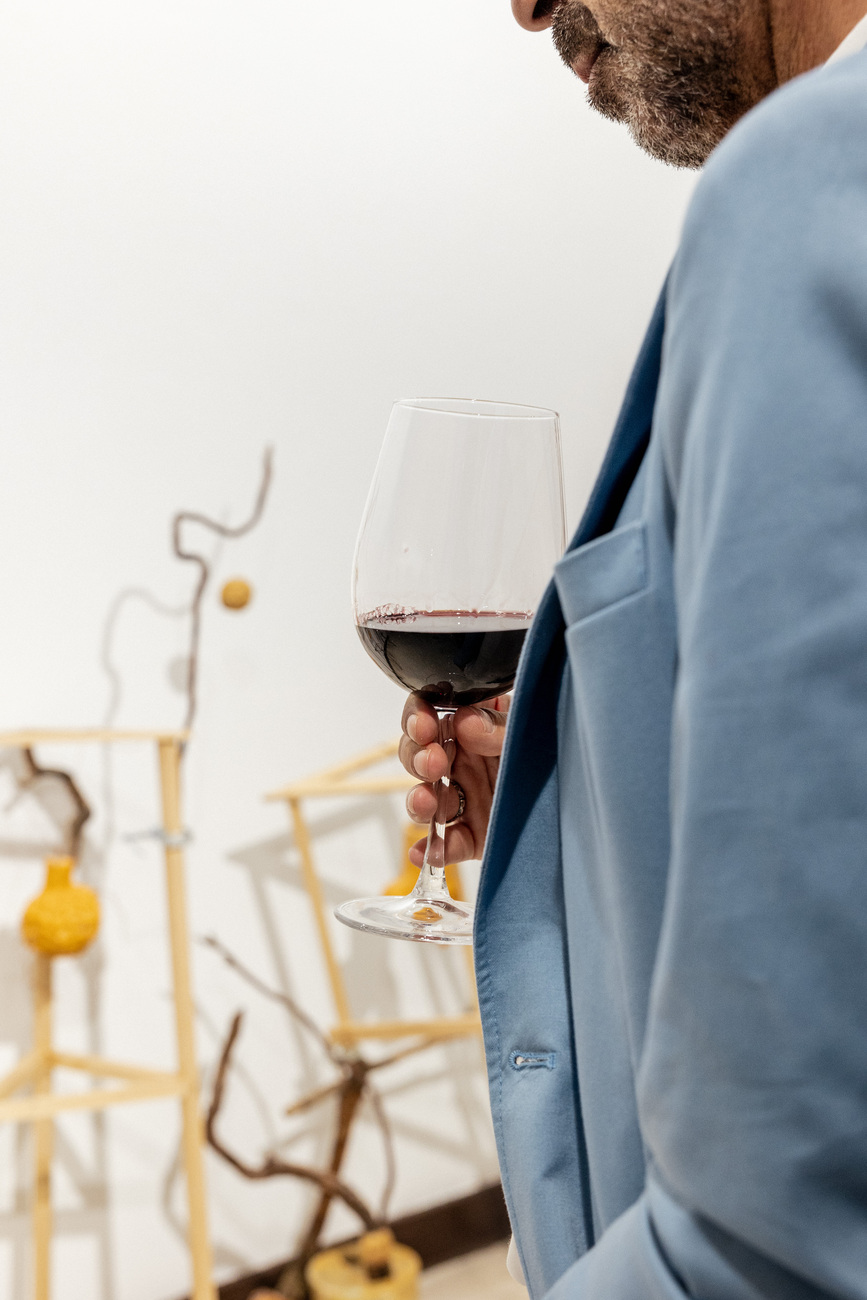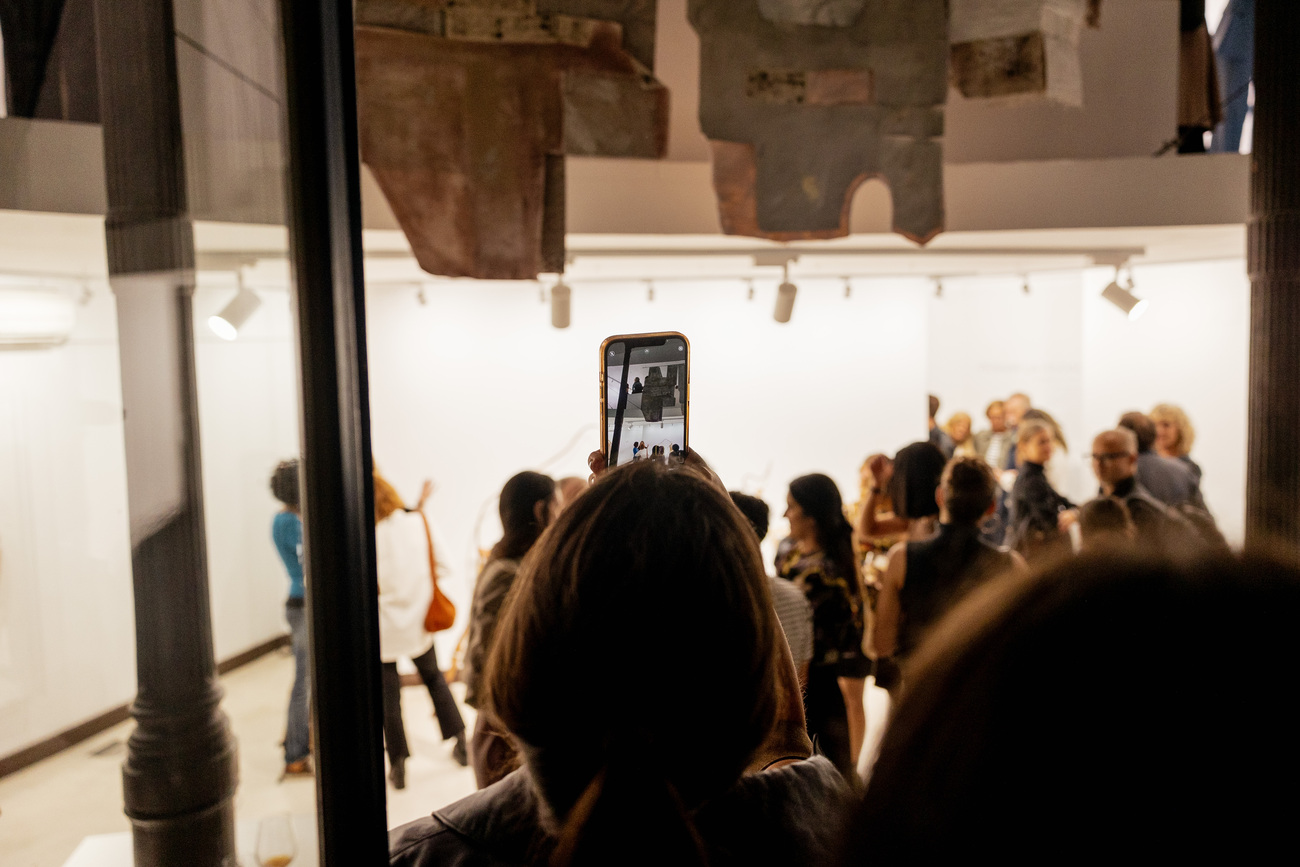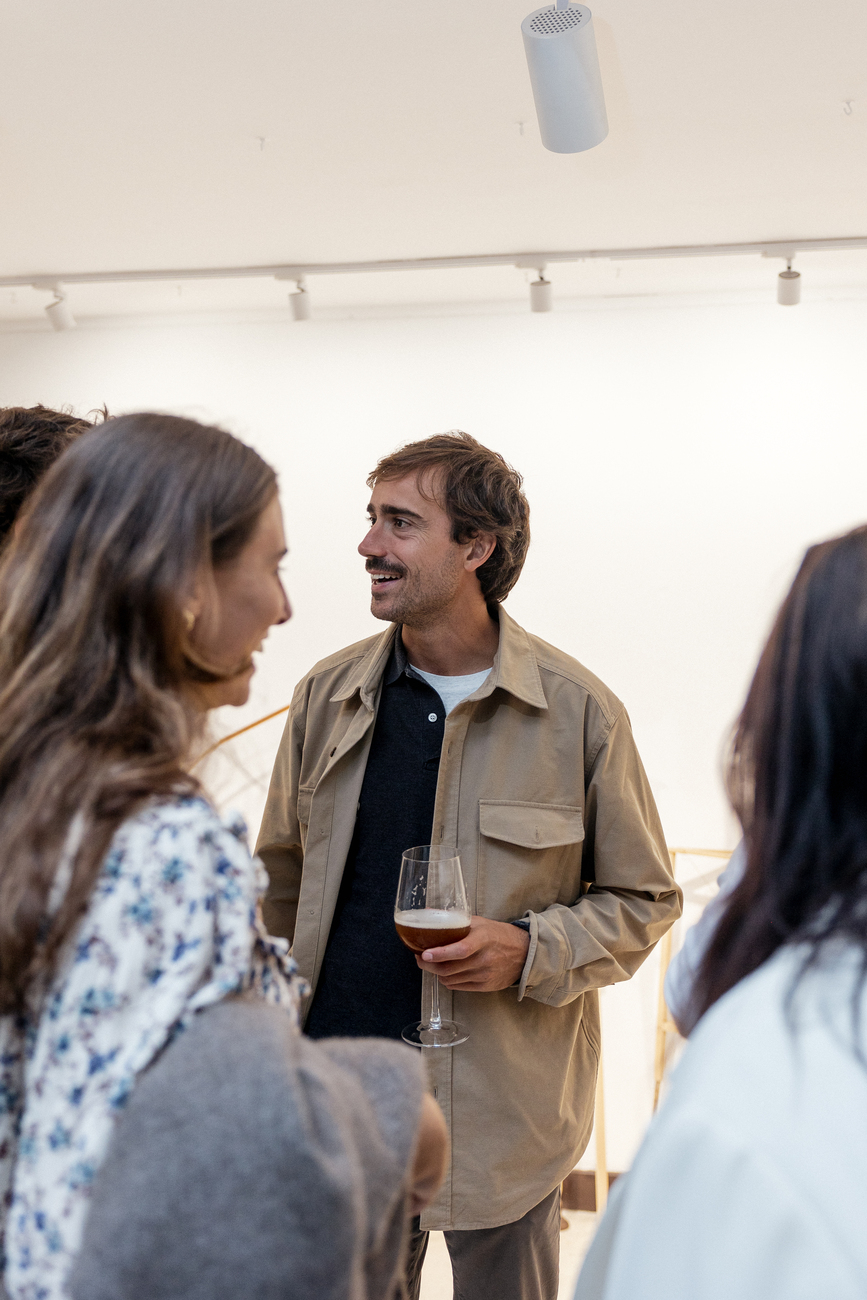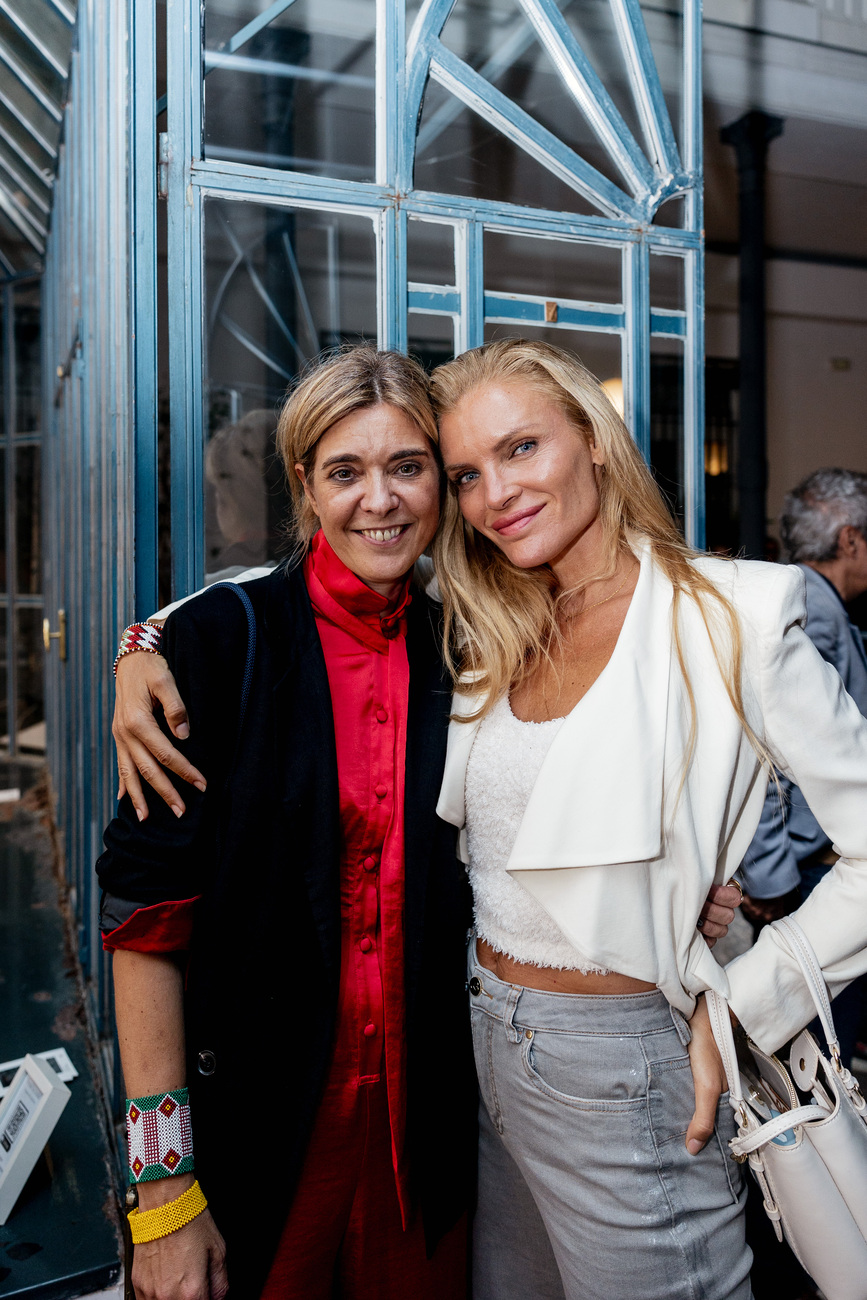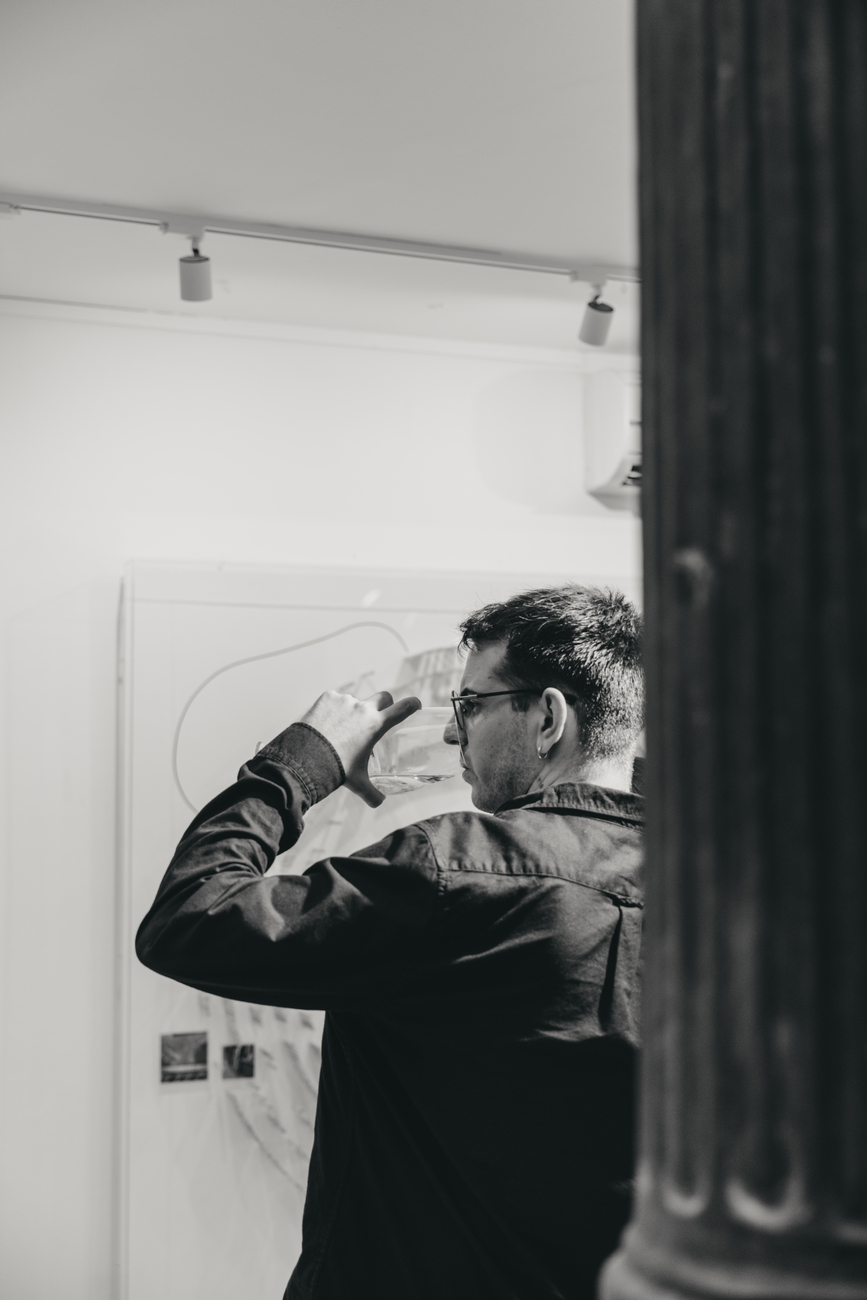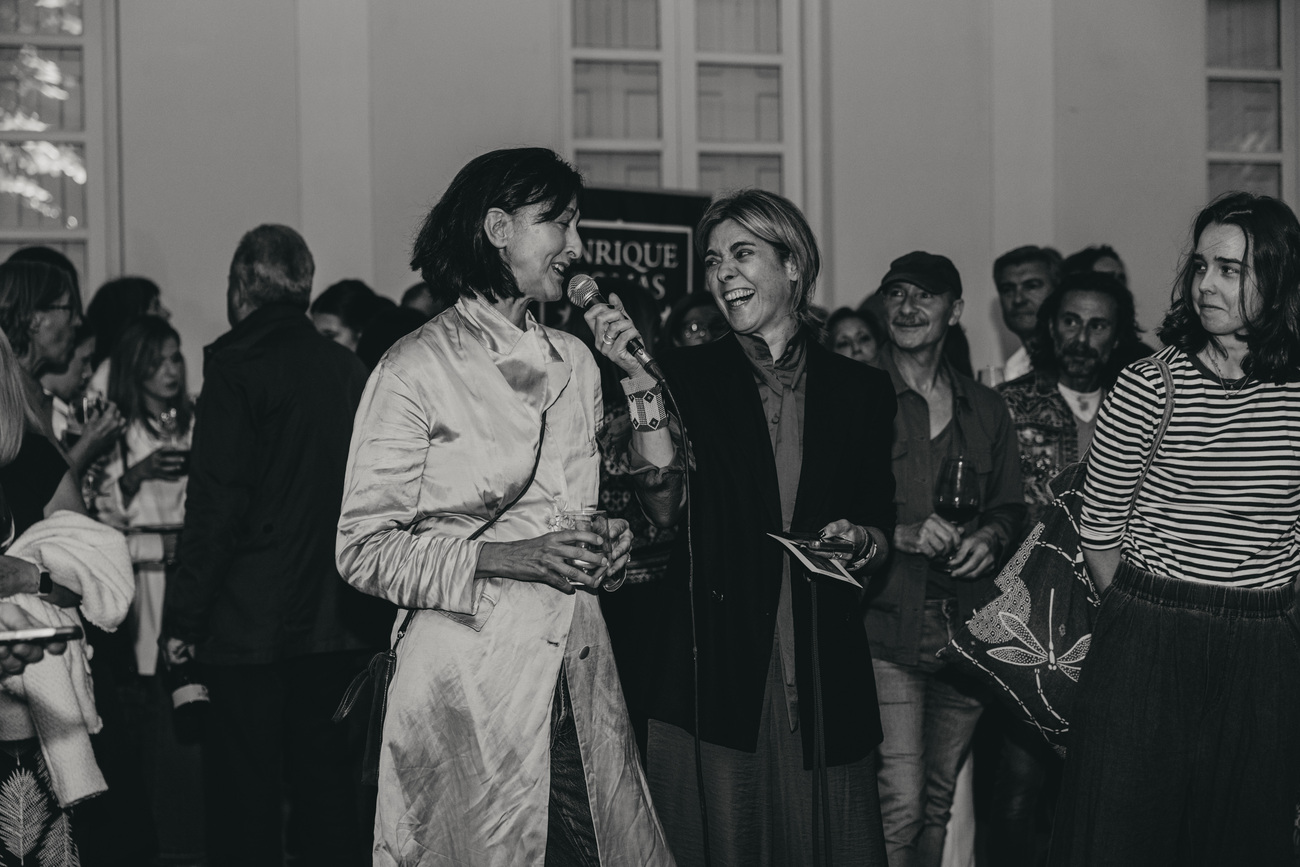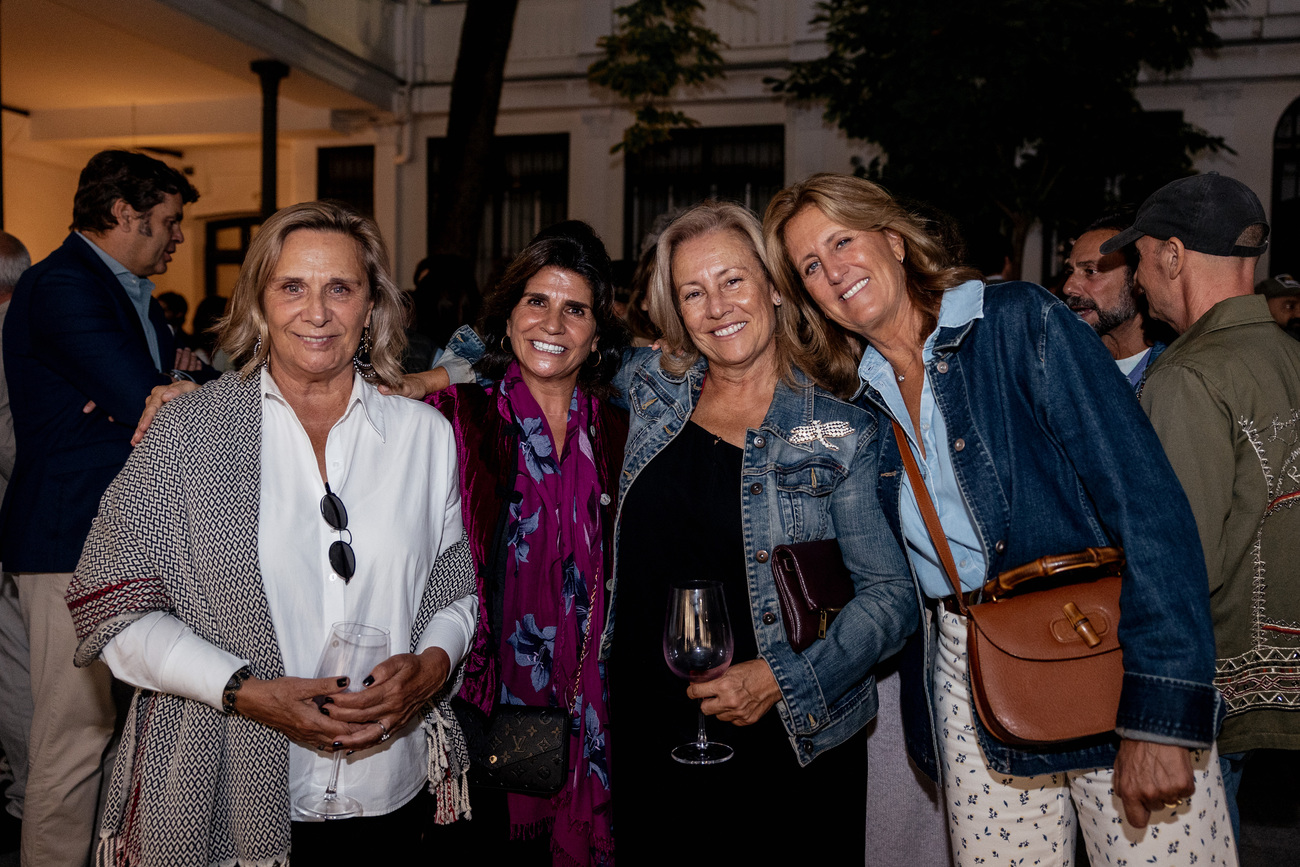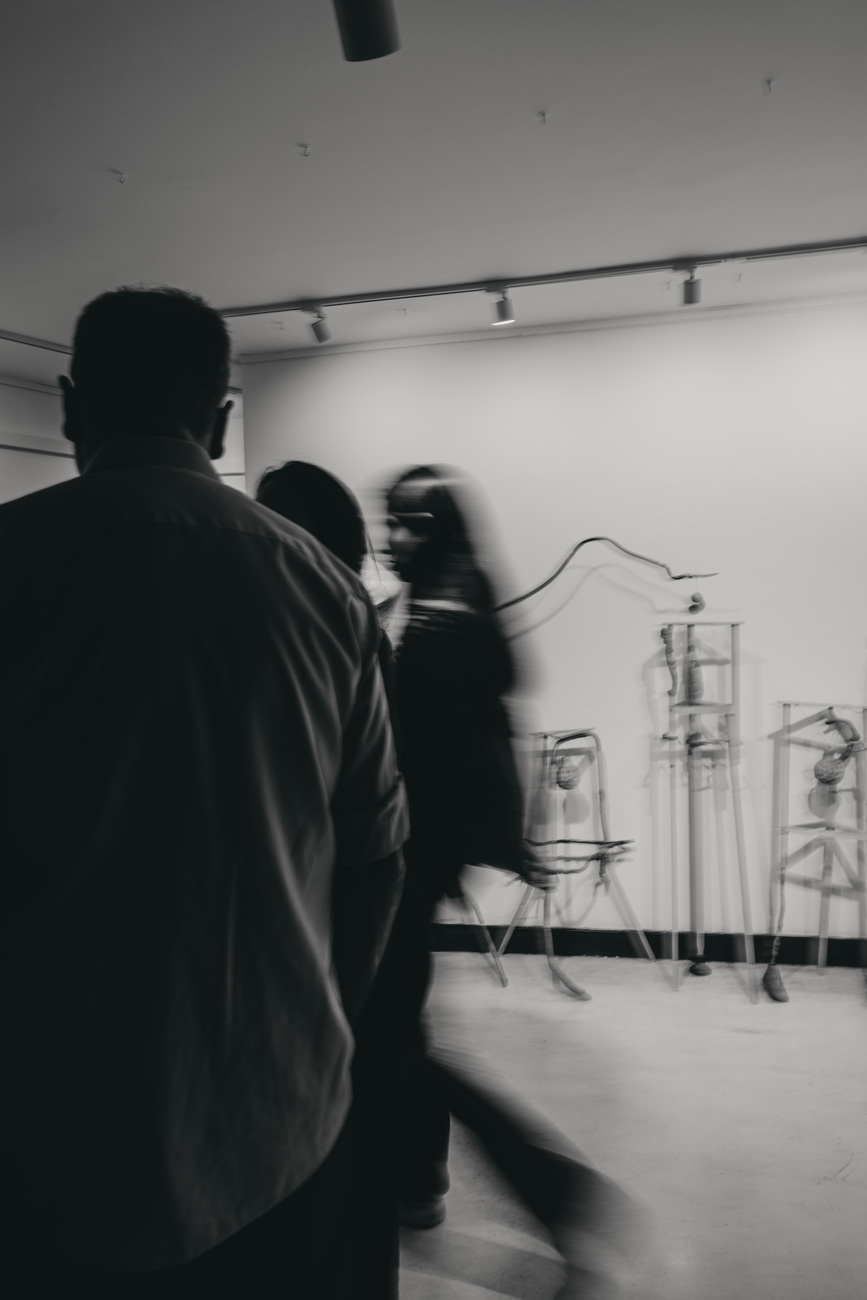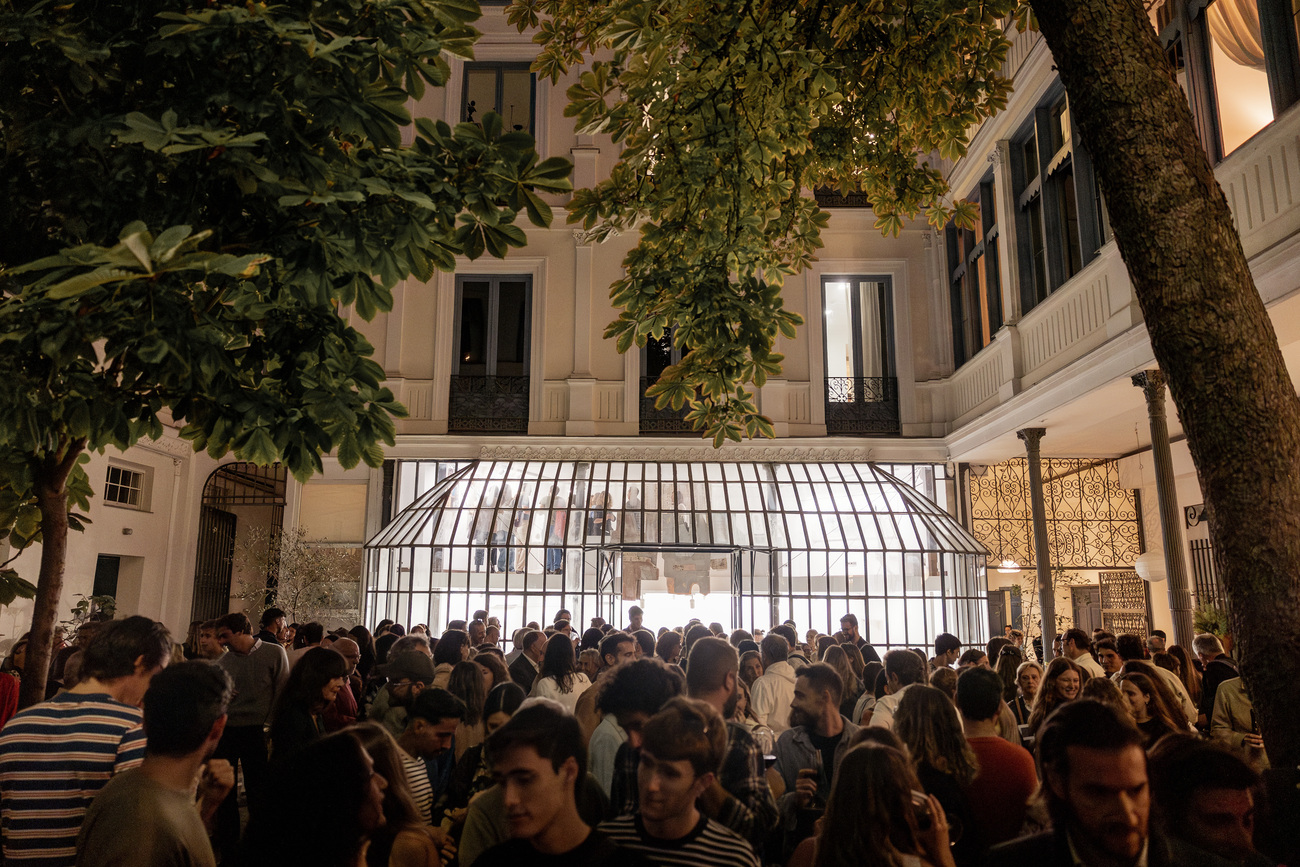So was the opening of ‘Thinking the city’
It took place on September 25 at El Invernadero. The exhibition will be open until October 4.
‘Thinking the city’ is the result of our I call for artists and makes a call to emerging artists who through their work, reflect and dialogue on the contemporary city. The initiative of our art platform aims to give voice to visions that offer a new reading of urban landscapes and societies.
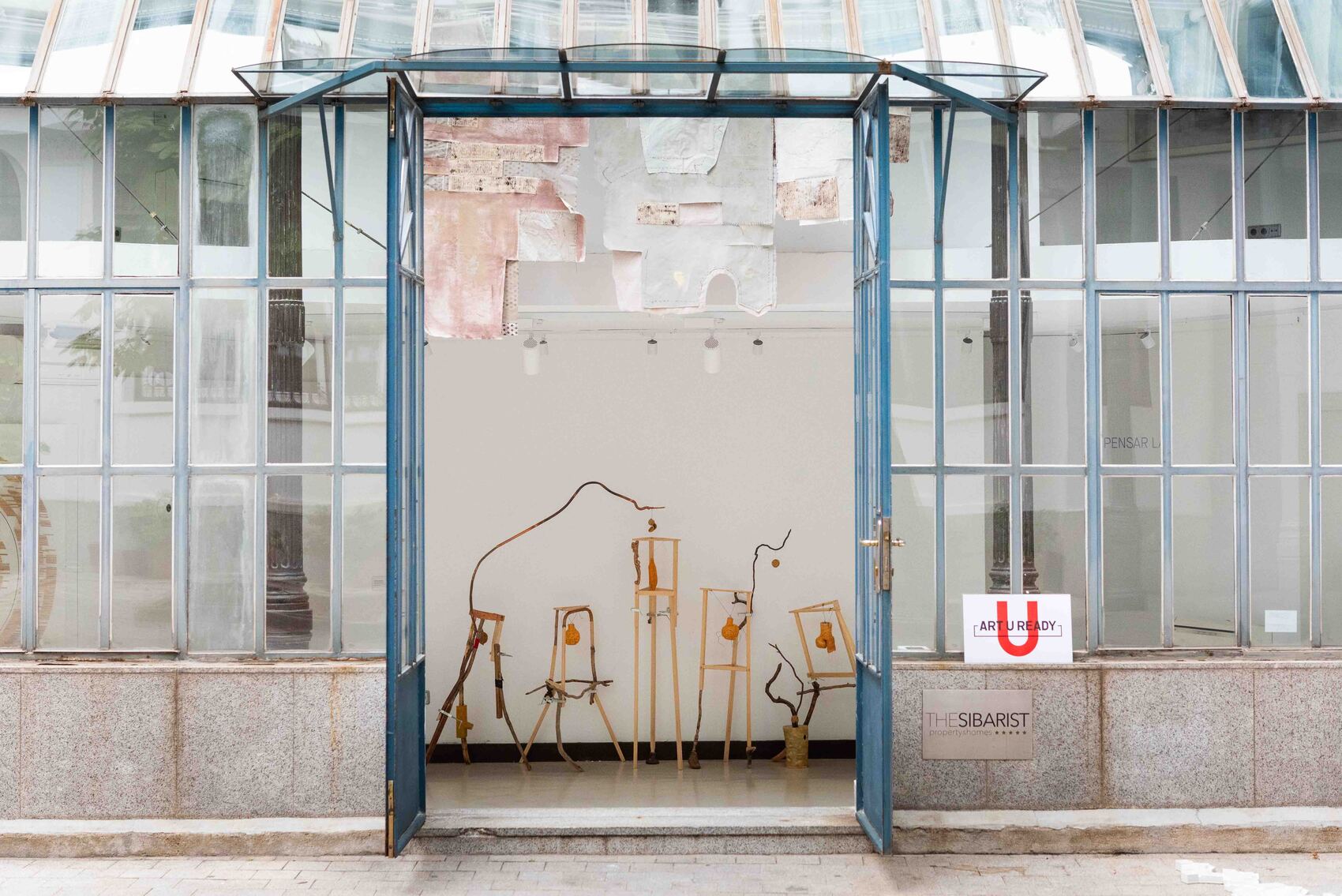
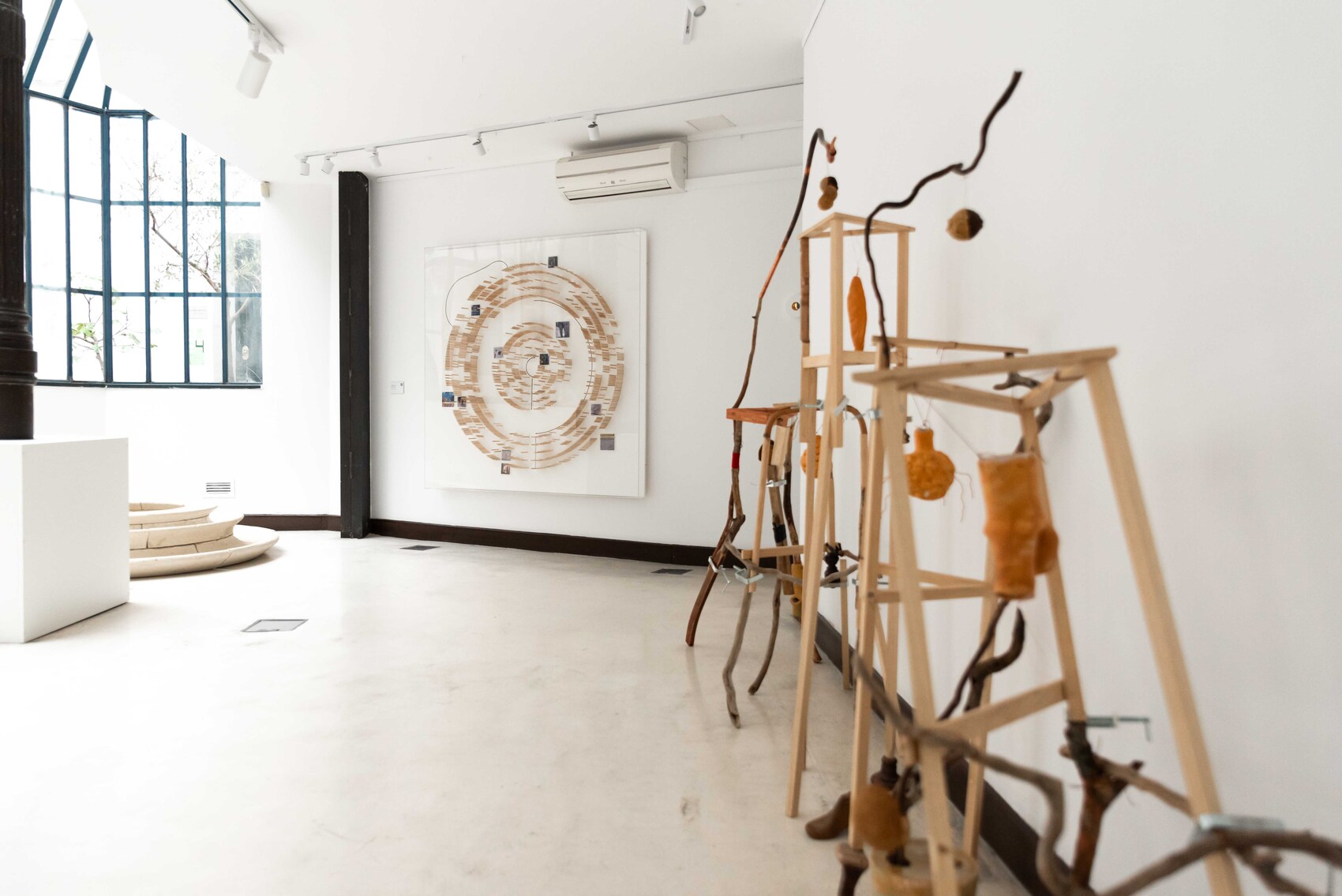
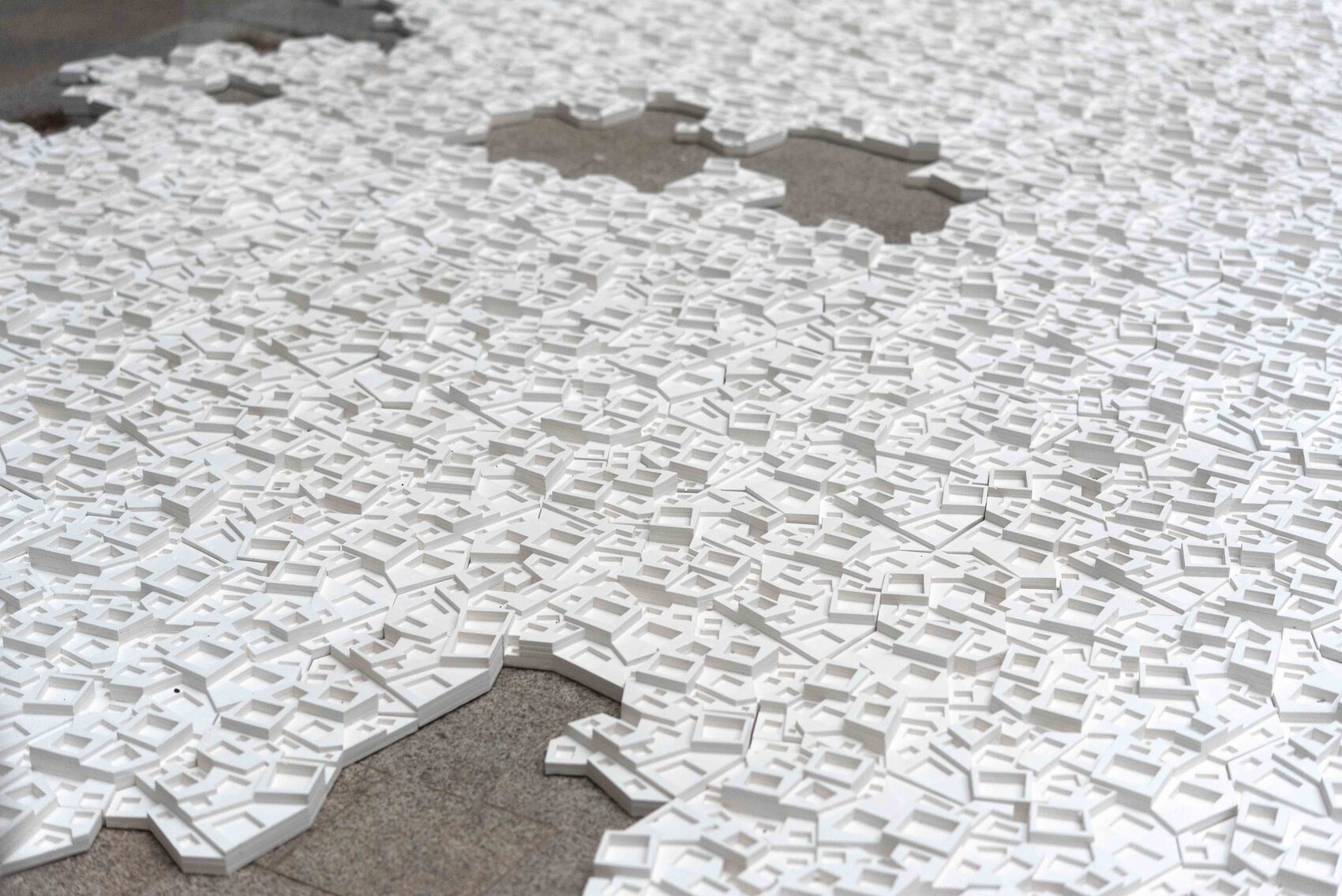
From 26 September, the exhibition will be open for visits from 11 to 19h (closed on Sunday).
Location: El Invernadero. San Lorenzo, 11. Patio. 28004 Madrid
Curator: asun rodríguez montejano, architect, urban planner.
In the call we have an exceptional jury: asun rodríguez montejano, curator; Elba Benítez, gallery Elba Benítez; Carlos Garaicoa, artist; Javier Aparicio, gallery El Chico; Paco de Blas, cultural manager; Carlos Álvarez, editor Piece with Artist and Silvia Hengstenberg, ART U READY and The Sibarist.
The selected works challenge and deepen urban understanding, using techniques such as painting, photography, sculpture, video creation, digital art and also performance, or hybridizations of the above.
El arte se muestra como aliado para acompañarnos en ese proceso de reflexión, especialmente el arte emergente, que de forma más fresca y desprejuiciada nos podrá ayudar en la creación de una conciencia crítica y apreciativa de estos grandes artefactos que son las ciudades de hoy.
Para algunos artistas contemporáneos, la situación que viven hoy nuestras ciudades y la vida urbana en general, ha pasado a ser uno de los temas de investigación, apreciación o contestación más radical. Así cuando observamos el panorama artístico, detectamos que ciertos aspectos representativos del mundo urbano actual, están captando el interés del arte y fomentando la creación de imaginarios que reflejan los aspectos a la vez más crudos y amables de la ciudad contemporánea, plasmándolos en producciones formal y conceptualmente inspiradoras.
Cuestiones relacionadas, por ejemplo, con la comprensión de los procesos que llevan a materializar soluciones genéricas o hiperbólicas de la ciudad y sus arquitecturas; o cómo la memoria del pasado se agranda o desdibuja dependiendo de quien la rescate; las ruinas del pasado como monumentos funcionales del presente..; los barrios obsoletos, las demoliciones razonables e irracionales; la materia fungible de la que parece estar construida la ciudad de hoy; los objetos que colonizan el espacio urbano, sus colores, diseños..; el movimiento, los desplazamientos, el sonido, el recorrido como forma de cartografía …; la sociología urbana de la desigualdades, los lazos comunitarios, las capacidades diversas, las nuevas identidades, la mezcla, la hostilidad o la hospitalidad, los cuidados urbanos, la inseguridad, las formas más o menos legítimas de habitar, la pertenencia..; la calle, las plazas, los descampados, los símbolos…; la salud urbana, los nuevos ambientalismos y relaciones entre los seres vivos, la reivindicación del verde… todos estos aspectos y muchos otros, son escogidos desde la inspección no tan obvia del artista, nutriendo la aparición de nuevos argumentos, conceptos o líneas de investigación a la creación actual. Unos contenidos capaces de apelar a la capacidad crítica del ciudadano en cuanto a su contexto vital, desde la producción de visiones “realistas” implacables o especulaciones sobre hipotéticos futuros.
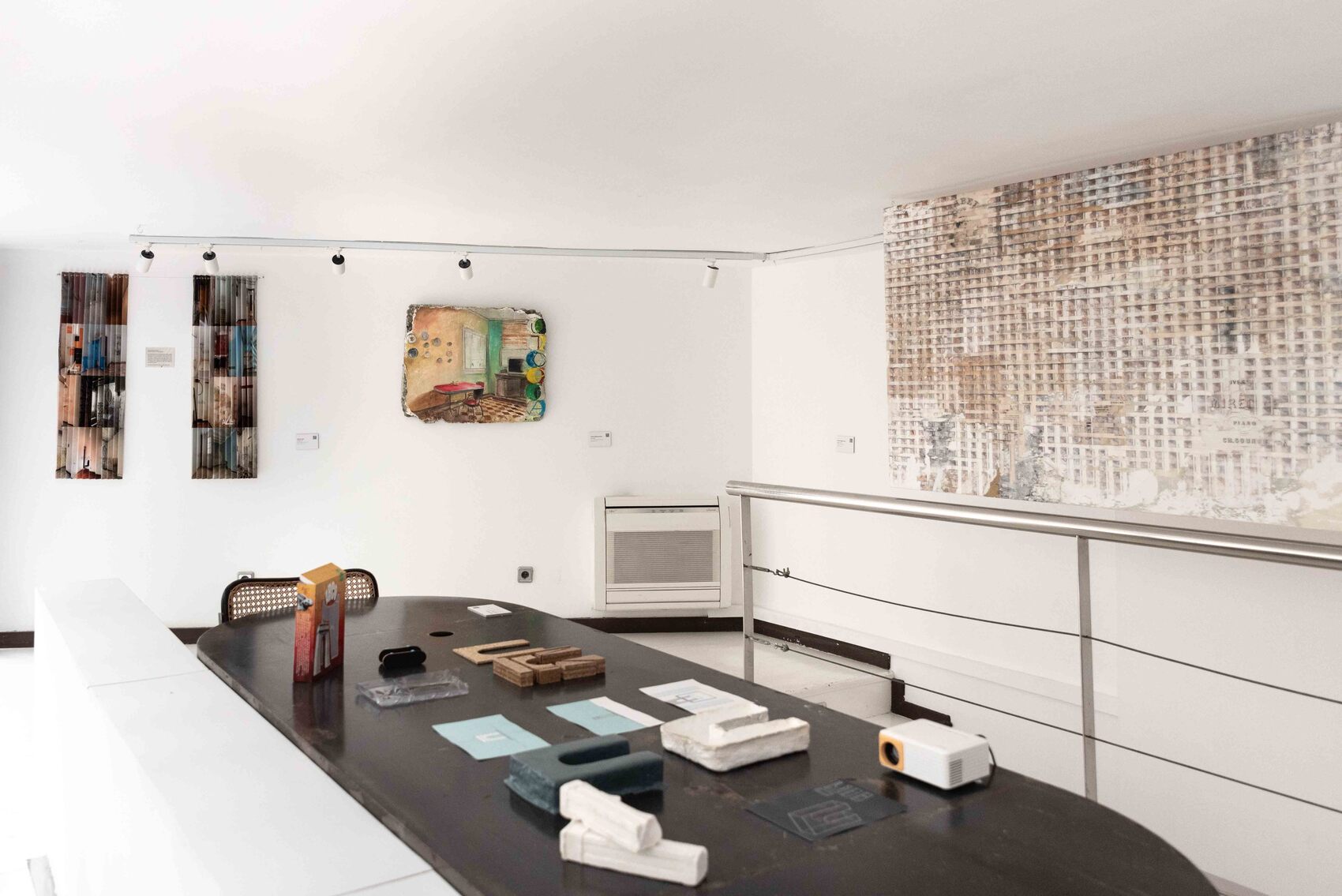
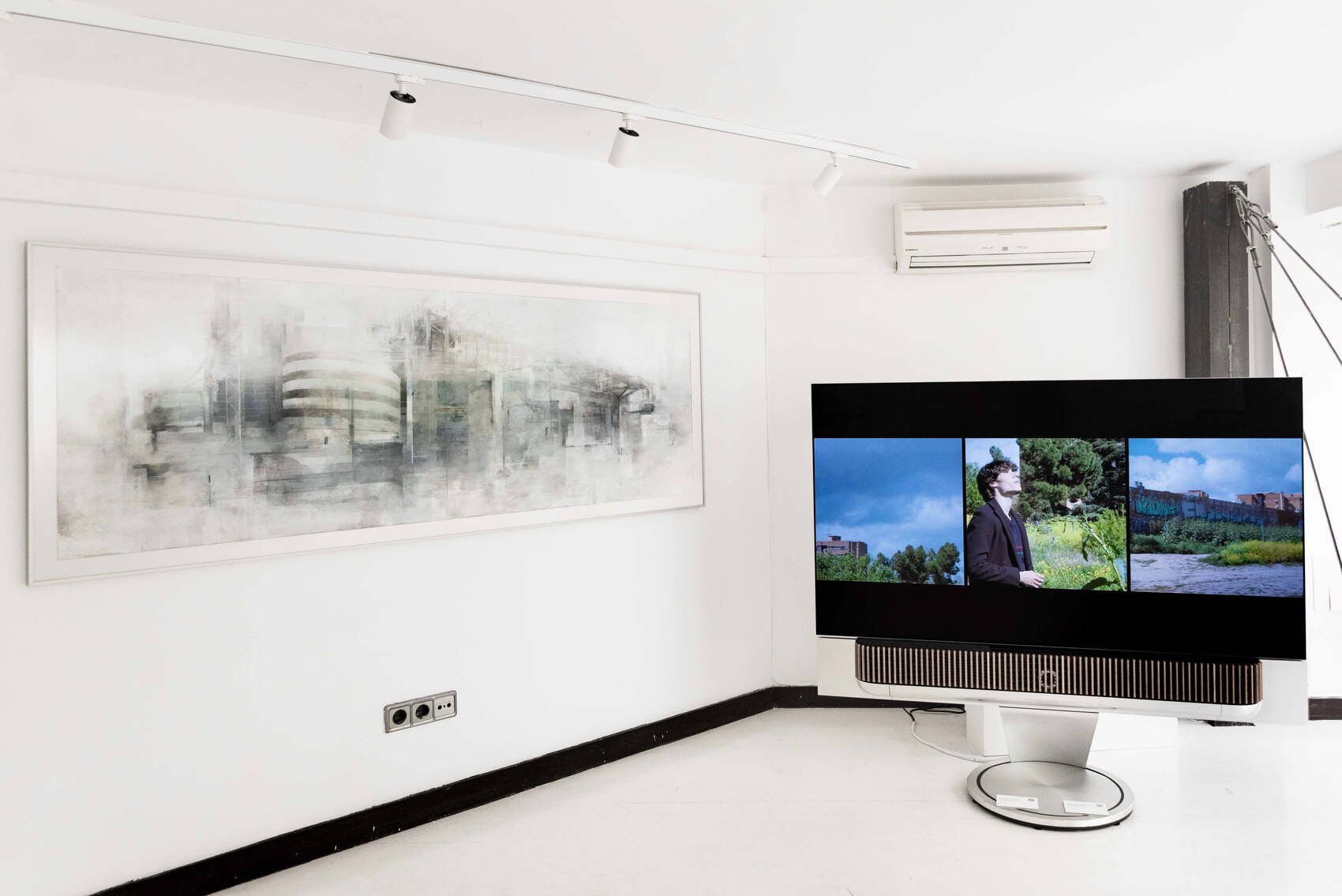
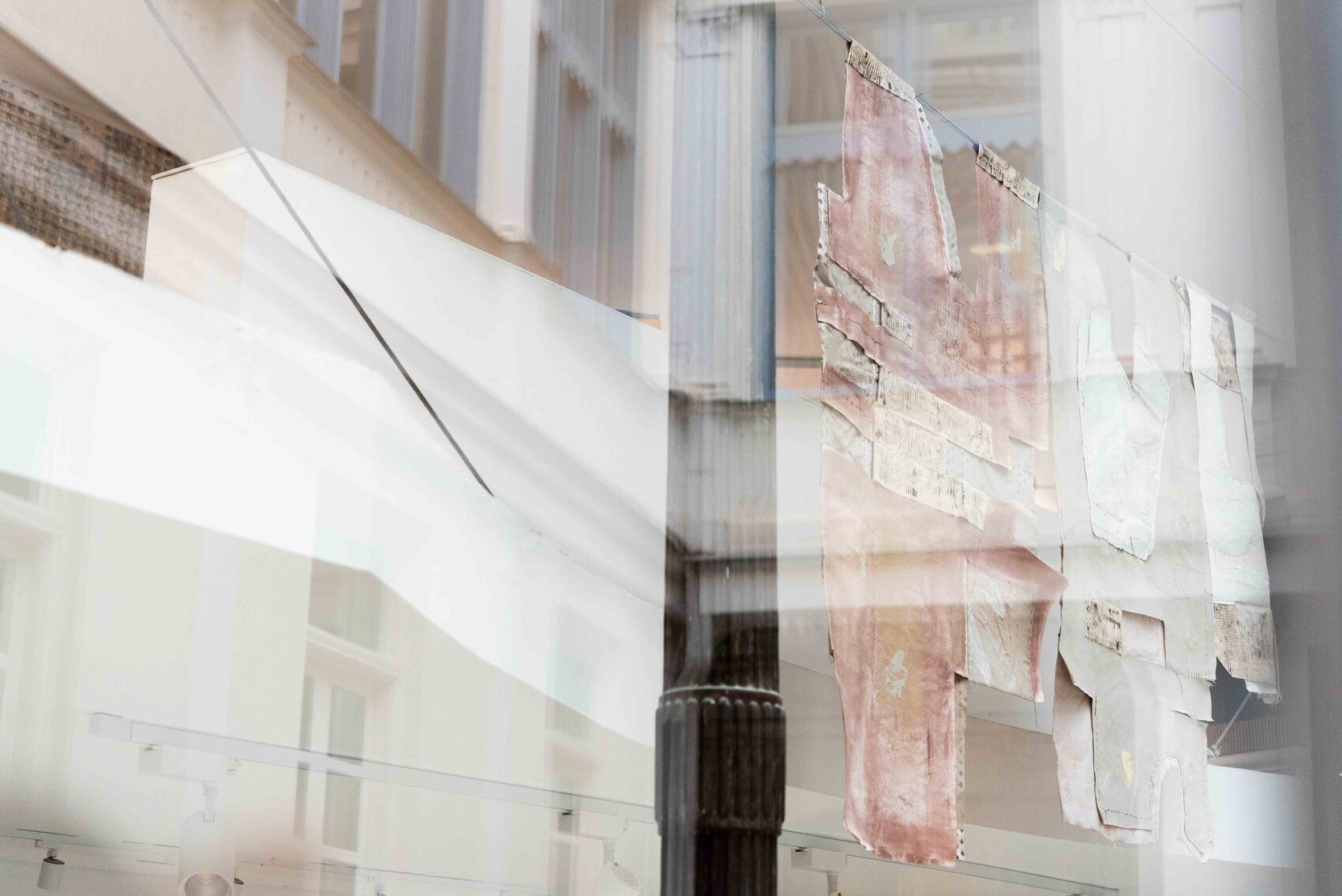
La sorpresa de la noche fue una increíble performance de la mano de la artista Paula Botella junto con el Conservatorio Profesional de Danza Carmen Amaya que cautivó a todos los presentes y la increíble sesión de Paco Pintón. Su música fue el complemento perfecto para una noche inolvidable.
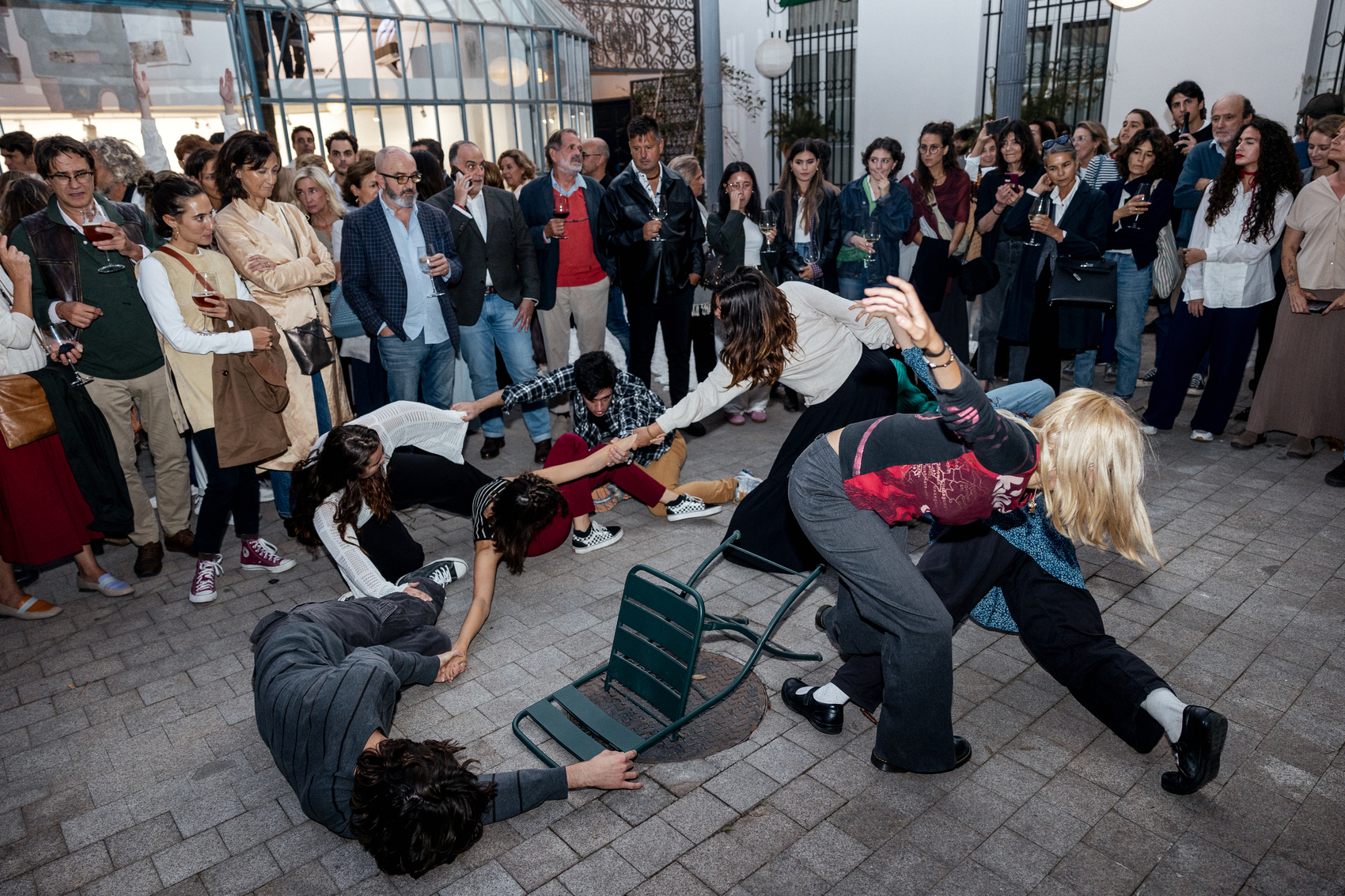
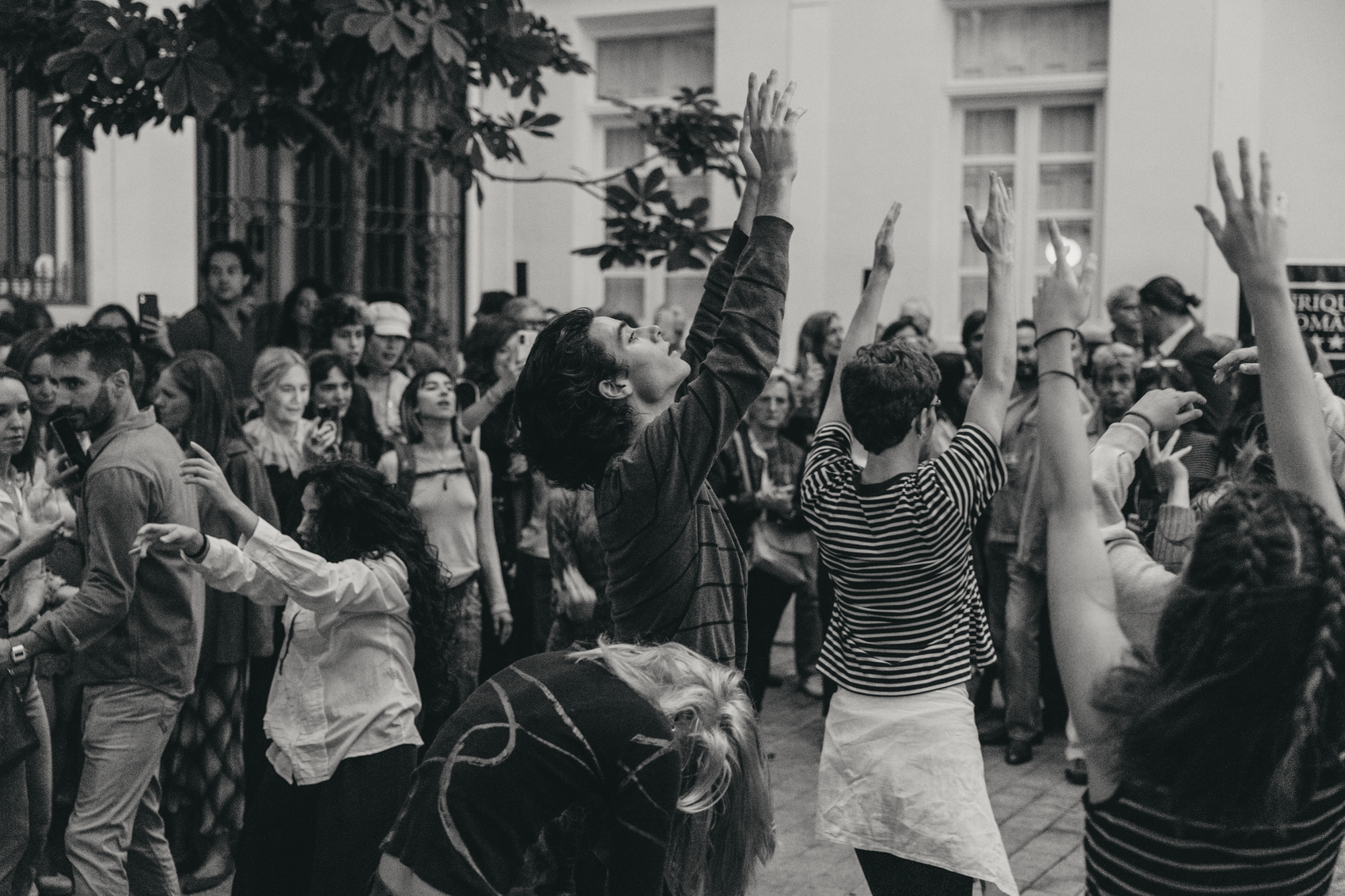
“Origami Urbà” is a work in mixed technique on wood that uses collage and folds of paper to create visual prisms, merging the art of origami with the representation of urban fabric. Explore the city as a metaphor for human complexity in constant construction, highlighting the interaction of light with the architectures and geometries they generate.
The piece contrasts the solidity of the structures with the fragility of the paper, emphasizing wear, trace and memory. Through the superimposition of times and the experience of places, he creates pictorial structures that invade sculptural space, using intense colors and random texts to suggest rather than describe the urban environment.
Daniel Barrio (Cuba, 1988)
Cuban visual artist living in Madrid. He began his training in painting at the Cienfuegos Academy of Visual Arts and completed studies in Art Direction at the School of Cinematography in Madrid. His interdisciplinary approach combines visual and scenographic skills to explore and critique cultural, social and political dynamics. He uses painting as an expressive and political medium, manipulating images to create new meanings and reflect on contemporary society.
Has participated in art exhibitions and fairs, constantly seeking new ways to address current issues. Has participated in numerous collective and individual exhibitions, the most prominent being “Space is the Landscape” (Madrid, 2024), “Under Each skin (black) there is always another skin” (Egyptian Institute of Islamic Studies, Madrid, 2024), Maria Porto Gallery, Hiberia (Lisbon, 2023). He has also participated in art fairs such as Estampa (Madrid, 2023).
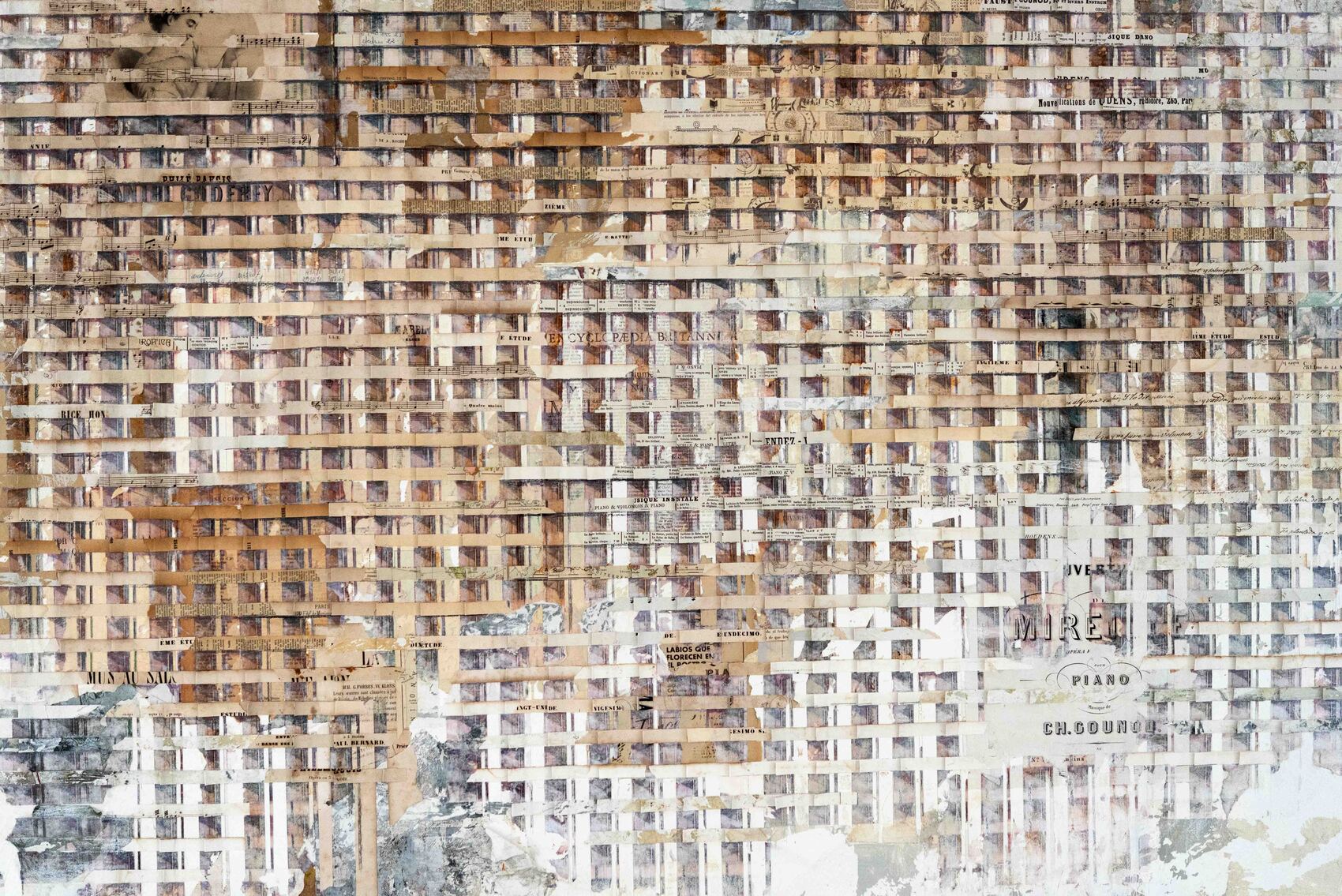
“Origami Urbà” es una obra en técnica mixta sobre madera que utiliza collage y pliegues de papel para crear prismas visuales, fusionando el arte del origami con la representación del tejido urbano. Explora la ciudad como una metáfora de la complejidad humana en constante construcción, destacando la interacción de la luz con las arquitecturas y las geometrías que generan.
La pieza contrasta la solidez de las estructuras con la fragilidad del papel, enfatizando el desgaste, el rastro y la memoria. A través de la superposición de tiempos y la experiencia de los lugares, crea estructuras pictóricas que invaden el espacio escultórico, utilizando colores intensos y textos aleatorios para sugerir en lugar de describir el entorno urbano.
Daniel Barrio (España, 1988)
Artsta visual cubano residente en Madrid. Comenzó su formación en pintura en la Academia de Artes Visuales de Cienfuegos y la complementó con estudios en Dirección de Arte en la Escuela de Cinematografía de Madrid. Su enfoque interdisciplinario combina habilidades visuales y escenográficas para explorar y criticar las dinámicas culturales, sociales y políticas. Utiliza la pintura como medio expresivo y político, manipulando imágenes para crear nuevos significados y reflexionar sobre la sociedad contemporánea.
Ha participado en exposiciones y ferias de arte, buscando constantemente nuevos medios para abordar temas actuales. Ha participado en numerosas exposiciones colectivas e individuales, las más destacadas “El espacio es el Paisaje” (Madrid, 2024), “Debajo de Cada piel (negra) siempre hay otra piel” (Instituto Egipcio de Estudios Islámicos, Madrid, 2024), Galería María Porto, Hiberia (Lisboa, 2023). También ha participado en ferias de arte como Estampa (Madrid, 2023).
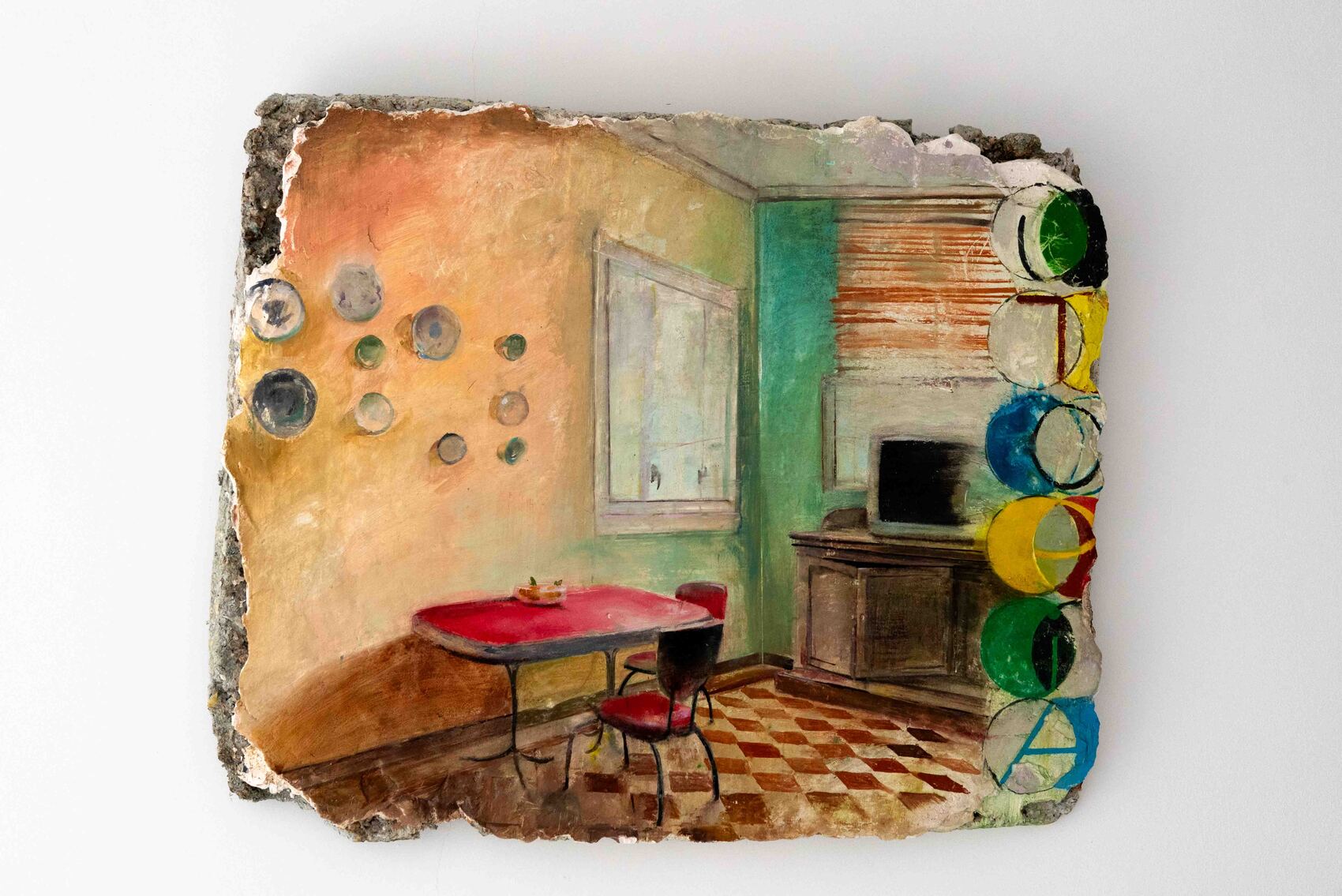
The work examines how migration transforms people’s identity and reflects the short-lived permanence of households in displacement contexts. Using the sociology of space by Henri Lefebvre, it explores how globalized urban environments dehumanize individuals under the control of governments and corporations. Art is presented as a refuge from the surveillance and commercialization of identity, offering a space for introspection and cultural resistance.
“Utopia” criticizes the dynamics of power in modern cities and celebrates art as a sanctuary for authentic expression and preservation of diversity.
Sebastián Bayo (Madrid, 1990)
He trained as an artist from a young age and studied architecture in Madrid. After finishing his studies with different awards and mentions, he works as an architect in London, where he begins his artistic career with the exhibition “Expressions” at the Crown House Gallery. In 2016 he returned to Spain, where he combined his work in architecture and art, consolidating an anthropocentric approach in his work.
Since his return, he has participated in numerous solo exhibitions, presenting works in Vitoria, Madrid, Barcelona and Valencia, while continuing his training as a sculptor. Sculpture will be part of his most recent works and exhibitions. In 2021 his project “Puzzles” is chosen to participate in the collective exhibition Art Battalion, organized by the gallery White Lab and in January 2022 opens the exhibition “Rubble” in the exhibition hall of the School of la Palma.
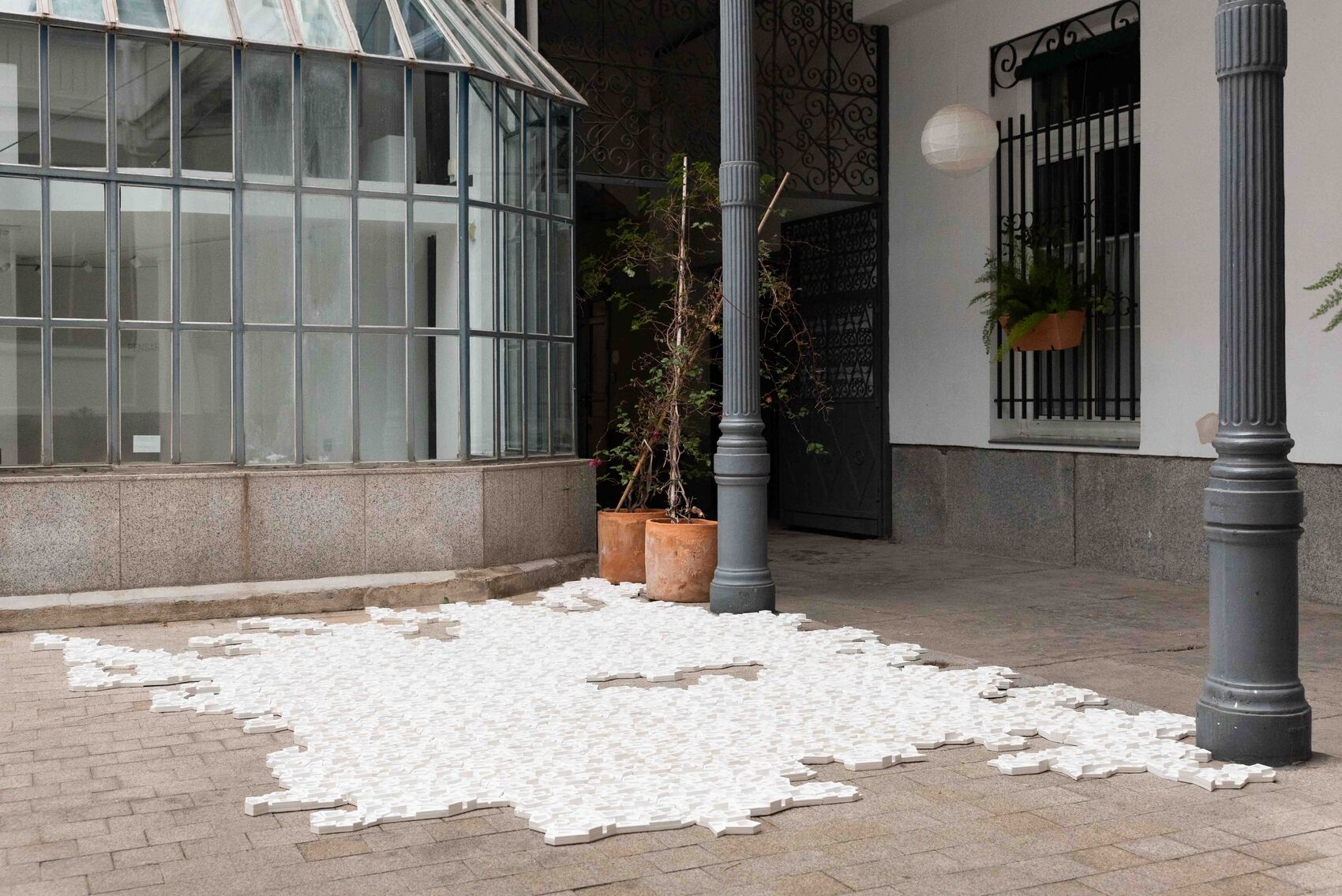
A city seen from the air offers an iconic image of human impact on the territory and the complex relationship between the natural and the artificial environment. In fact, this binomial is called into question when we speak of the Anthropocene, a new geological era defined by human transformation and by the assimilation of the artificial as an already inseparable part of the chemical and biological composition of the planet.
The work proposes a poetic reflection on these concepts creating an organic and mutable landscape, which is both urban and mineralogical, blurring the boundaries between the artificial and the natural. By means of a system of plaster tiles, this organism is built which evokes the magnitude of the expansive process of terraforming.
Paula Botella Andreu (Madrid, 1994)
Civil engineer with specialization in urban and territorial development, graduated from the Polytechnic University of Madrid and the Bartlett School of London. Has worked in international cooperation with organizations such as UN Habitat and the European Commission. Currently, he is doing a PhD at the Faculty of Architecture in Madrid, investigating landscape design influenced by everyday femininity. Combines his technical expertise with studies in fine arts to explore the poetics of spaces and make visible ways of making landscape that have been historically marginalized. He has created installations and performances in the heart of public space in collaboration with La Pelubrería, a vibrant cultural epicenter in the neighborhood of Chueca. This creative union has been the seed that germinates in the work that will be presented in the exhibition, loaded with the traces of that collaboration that transcends the ephemeral to become tangible expression.
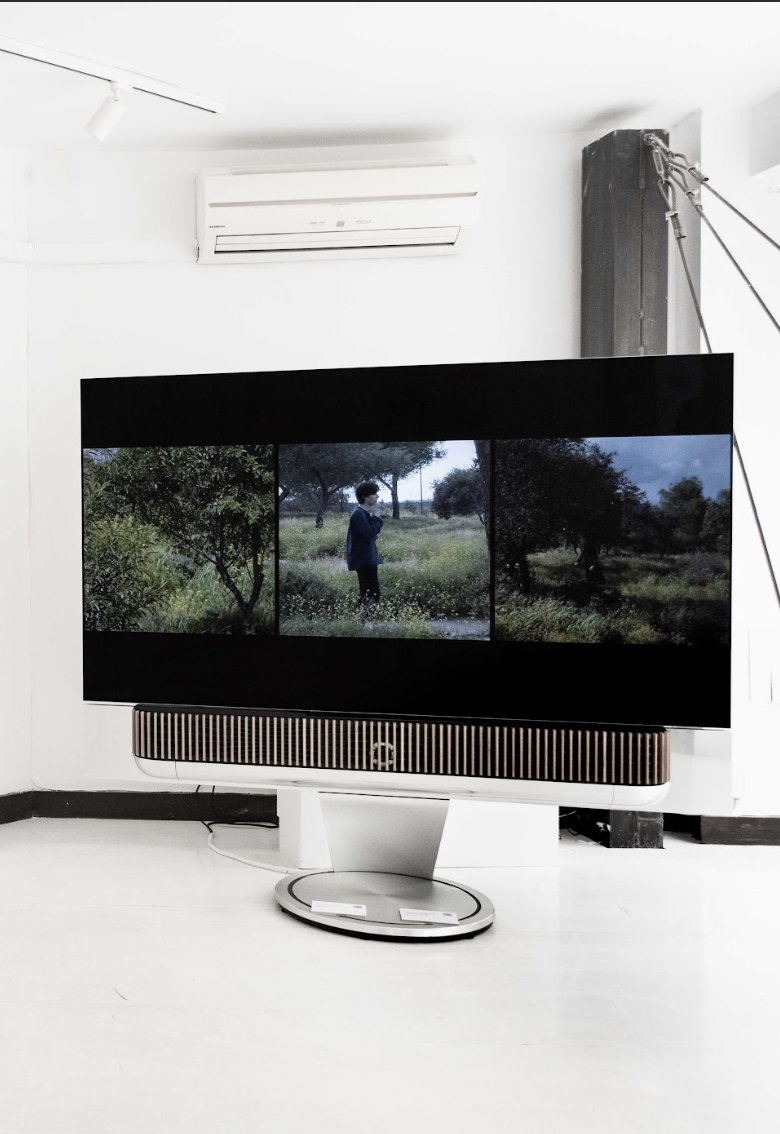
In his book Flesh and Stone, Richard Sennett explores how modernity and urban speed have desensitized city dwellers since the 19th century, generating passive and apathetic bodies. The piece presented, part of a collaborative work between the Universidad Politécnica de Madrid and the Carmen Amaya Professional Dance Conservatory. It seeks to counteract this apathy by creating new urban imaginaries that promote interaction with the environment. The resulting video explores the transition from rapid and impersonal mobility to organic and conscious immobility, reflecting how dance and engineering can merge to reimagine the city as a permeable space in contact with its ecosystems.
Solange Contreras Pavez (Chile, 1975)
Visual artist, lover of mixed trades and techniques. His artistic practice. is influenced by her experience as a Latin American migrant woman, mother and student at 40, focusing on gender inequality and disconnection with nature. It uses traditional techniques such as sewing and carpentry to rescue the ancestral thought, questioning the neoliberal model through the value of time and dedication to materials.
Throughout his career, he has participated in several collective exhibitions, highlighting his collaboration with the UCM Lanzarte Association, in samples such as “Authenticity” (Museo Julio Escobar, Los Molinos, 2020), “Inquietud” (Centro Cultural Alfredo Kraus, Madrid, 2021), among others. He received the scholarship to participate in the residency at CIAN Fabero, León, sponsored by the Complutense University of Madrid or the scholarship for the artistic Residence of Kárstica de la cañada del Hoyo called “Reparative Gestures”, funded by the Neomudéjar Museum.
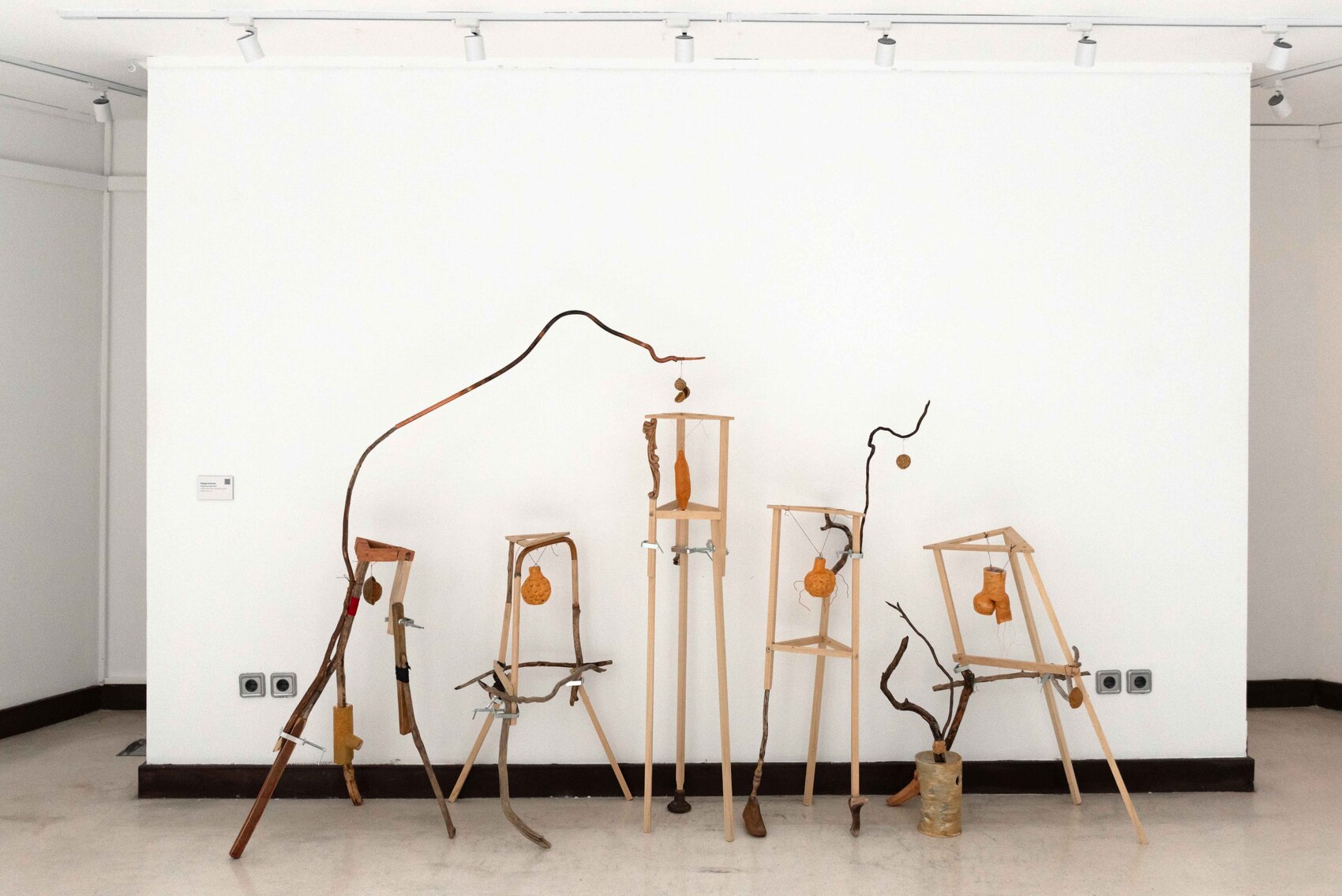
The “Plant Infrastructure” project underlines the importance of recognizing our cohabitation in an integral ecosystem, highlighting the etymology of “human” (derived from “humus”) to illustrate our connection with the earth and the regeneration of life. Exploring how trees in urban environments improve air quality, reduce heat and have positive social effects such as stress reduction.
However, current urbanization limits the space needed for trees to thrive, often degrading their environment. The project advocates harmonious living together and the exploitation of marginalized plants that promote diversity in urban environments.
Julia Grunberg (Madrid, 1988)
Artist from Madrid who explores human behavior in interior spaces through installation, intervention, drawing and painting. He has received several awards, such as the INJUVE Creation Aids, where he developed mobile devices that approach space as a dynamic body. His work includes notable exhibitions, such as in El Chico (2021) and in Mexico City (2022), where he explored the architecture of Mario Pani.
With a background in Interior Architecture and a master’s degree from Parsons, he has worked on outstanding projects, including the renovation of the San Marcos Convent in León.
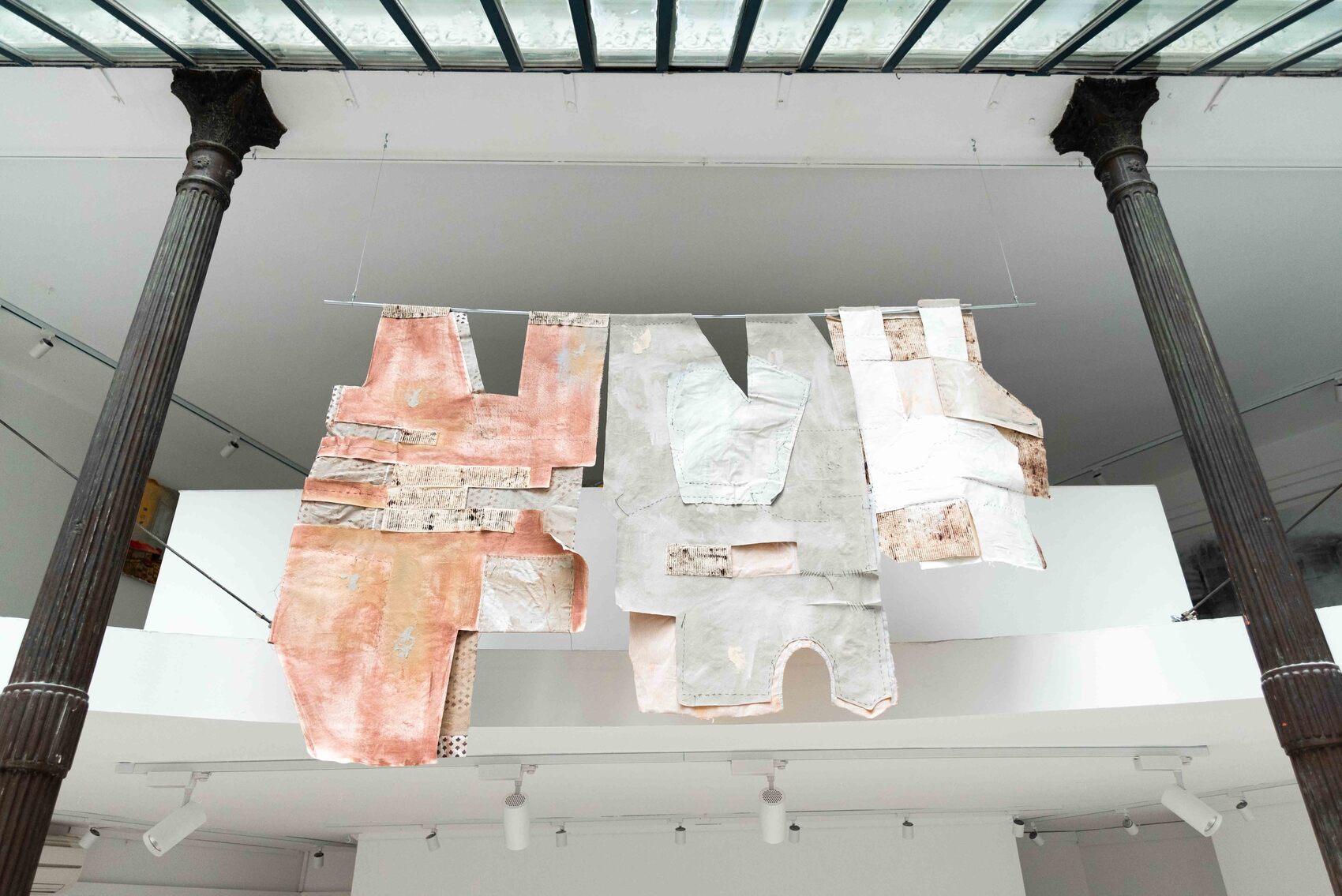
“50% Cotton, 50% Plaster” explores the coexistence between the intimacy of indoor space and urban public space, using clotheslines as a symbol of this connection. The work rescues the tradition of urban tenderists, reflecting how these elements reveal the daily life and history of generations, especially of women who performed domestic tasks.
In a context of urban modernization that often eliminates these vestiges of community, the installation seeks to rehumanize the urban environment, highlighting the evolution of the role of women and celebrating the diversity and uniqueness of cities.
Stefanie Herr (Germany, 1974)
German architect and artist based in Barcelona since 2002. His work fuses sculpture and photography, creating multidimensional pieces that explore fragmentation and overlay to alter meanings. With a meticulous, hand-crafted approach, his creations reflect his architectural background, using paper and cardboard to represent topographic and statistical data.
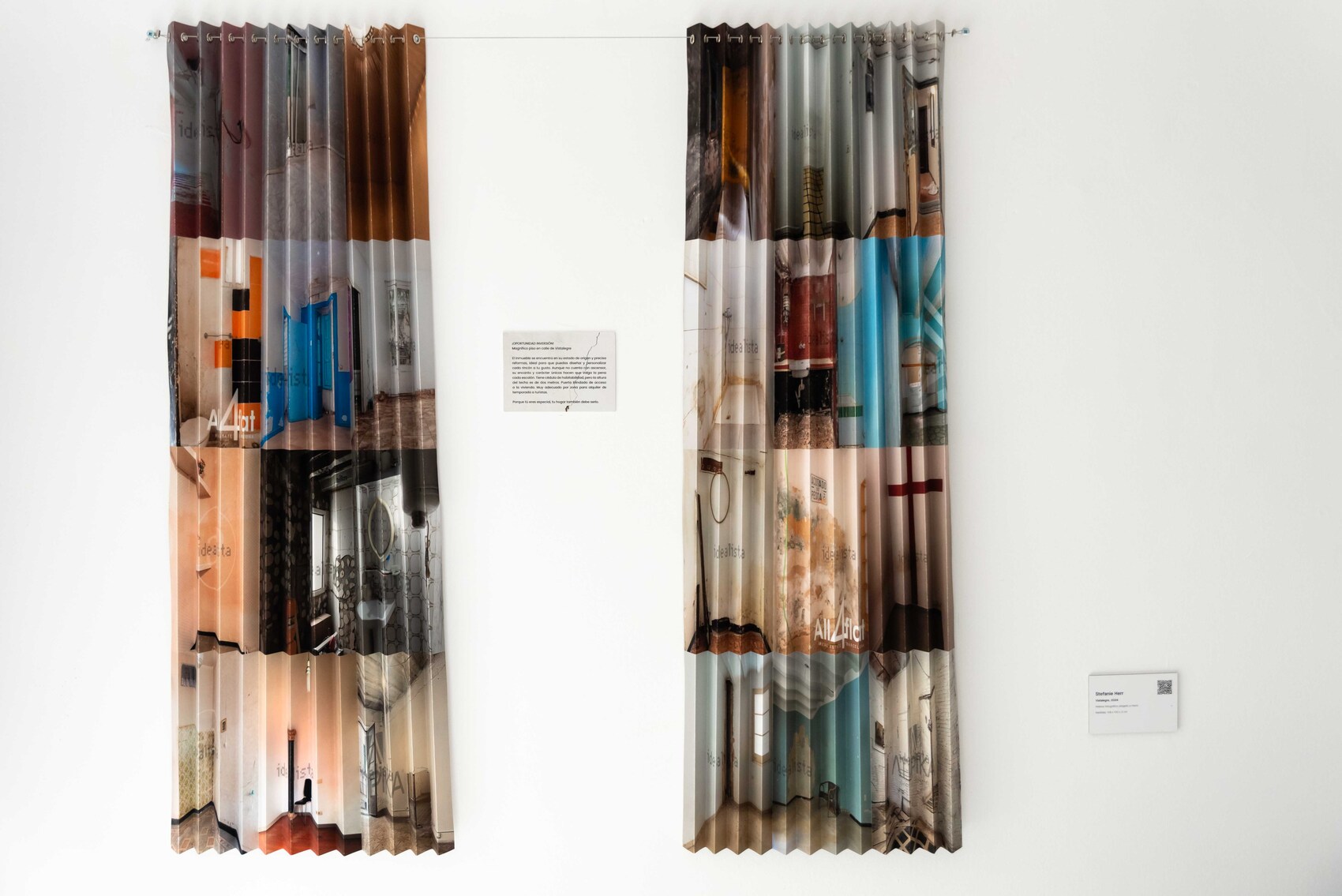
“Vistalegre” offers a review of the real estate market in Barcelona through 24 photos of properties on Idealista, which reveal the housing crisis and social failure by allowing the sale of apartments in deplorable conditions at exorbitant prices. The images, converted into folded curtains, hide and blur the original content, underlining the restlessness and lack of expectations in the home environment.
The work emphasizes the contrast between the disproportionate cost of living space in the city and the modest wages of citizens.
Delfina Inés Di Giacomo (Argentina, 2001) and Wanda Acevedo (Argentina, 2001)
Argentine students from the Image and Sound Design (FADU, UBA) career met while working on the short documentary “Albores”, which Acevedo directed and Di Giacomo edited. Both of them designed the sound design. In 2022, they began the research that would later become “Warp: morphologies and identity in public space”, an experimental video essay on human behavior and conditioning in the public sphere.
Both projects toured shows and independent festivals in Buenos Aires, presenting themselves at the fourth edition of the Magma Show (2022), at the first Amorina Cinema Bar Short Film Festival (2023) and the 12th edition of Cajeta de Pandora (2023). Recently, Di Giacomo premiered “Repercussion”, an animated video, at the second edition of the Ezeiza Film Festival. Acevedo also presented his latest project “Periferias” at the festival of Vereda Sur.
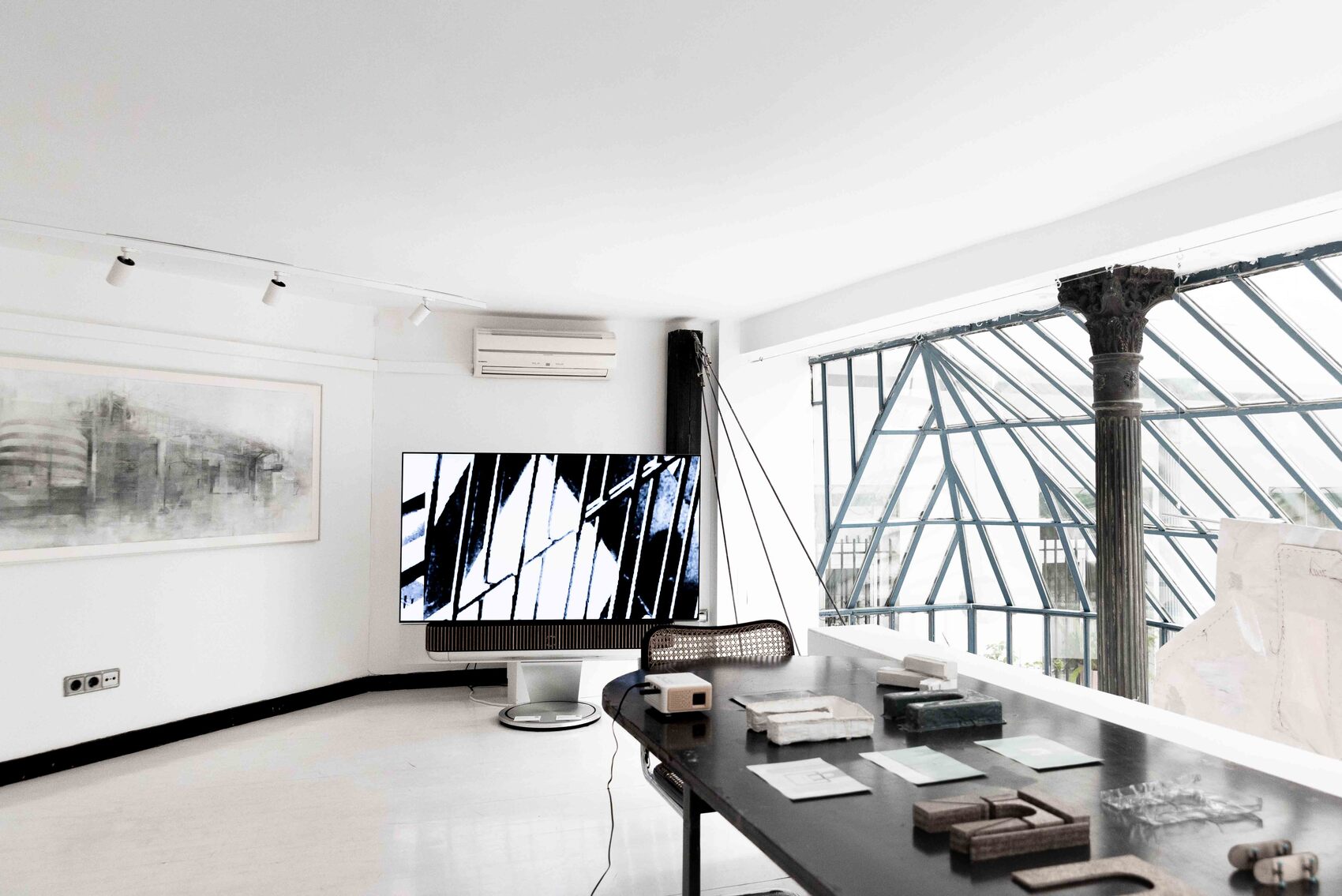
“Urdimbre” explores how lines, paths and shapes in public space reflect a continuous network of circulation. Motivated by visual curiosity, the team identified an analogy between wool fabrics and public spaces, where constant mobility induces forward behavior with no possibility of stopping or retreating without breaking the flow. This phenomenon in the ‘no-places’ – impersonal and automated spaces-leads to a loss of individual identity.
The project seeks to claim these urban spaces, promoting an active and conscious connection with them.
Rodrigo Moreno (Madrid, 1994)
Visual artist specializing in painting and drawing, with training at the Complutense University of Madrid, where he studied for a degree in Fine Arts, a Master’s degree in Research, Art and Creation, and another in Teacher Training. Currently, she is developing her doctoral thesis on graphic visions and their relationship with arts and architecture. His career has been driven by scholarships and artistic residencies, such as those in San Millán and Ayllón. Has received awards such as the Canalejas Center and Four Seasons.
His work has been recognized in national and international exhibitions. Recent exhibitions include the solo exhibition “Transfigurated Spaces” at the Galería Verónica del Hoyo y Colino, Madrid (2022), and the group exhibitions “Revelando en negro” (2023) and “Hacia el umbral” (2022) in the same gallery.
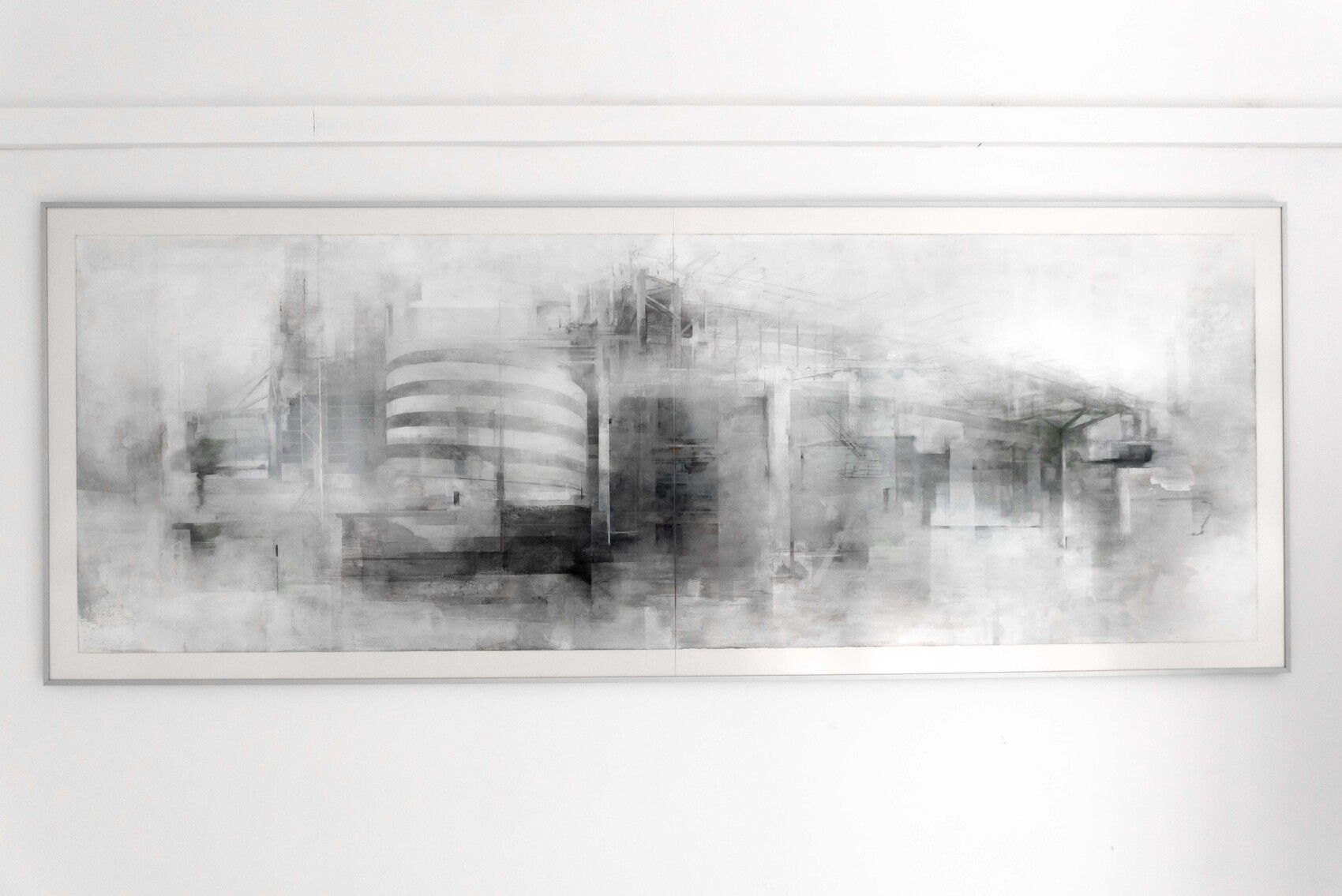
The work focuses on the research and plastic representation of the city and contemporary architecture, considered as the sculpture of the 21st century and a reflection of human progress. Through an analysis of modern buildings in Madrid, the work explores the duality between the fascination for architectural innovation and the challenges of sustainability, social equity and cultural preservation that urban development faces.
Mina Nogueira (Spain, 2000)
Young multidisciplinary artist, graduated in Fine Arts from UCM and with a Master of Artistic Production at UPV. His work explores urban public space and automation, including artificial intelligence as a creative tool.
Has participated in several exhibitions, including a collective “The Urban Scenario” at the Library of the Sea with a collaborative work installation of records of microessays on the expropriation of land of the Valencian vegetable garden and others such as “Sorolla, una nova dimensiò” or “Dalí Cybernetic” with audiovisual works of AI.
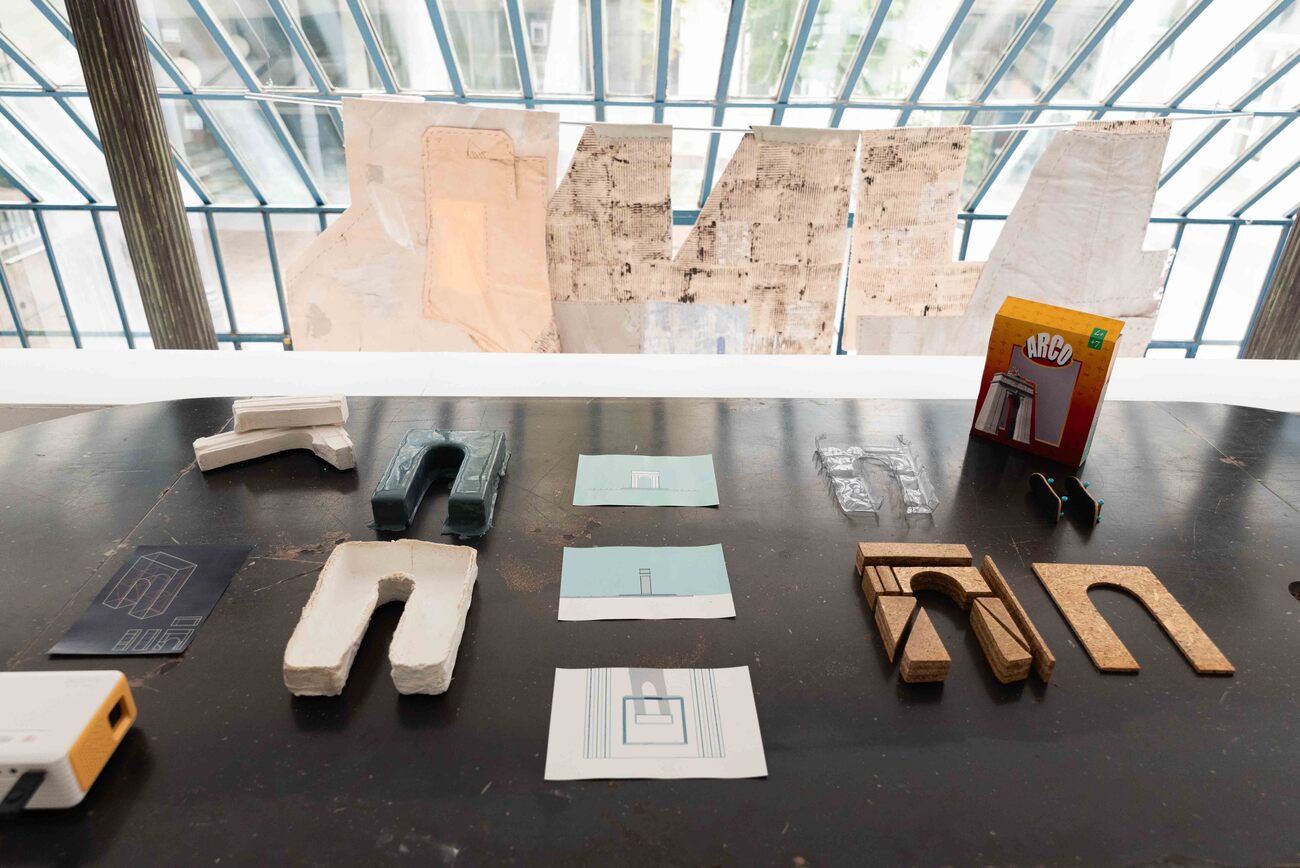
The project presented explores the interaction between art and urban space, using the Moncloa Arch as a case study. This Franco monument in Madrid, which has been the subject of graffiti and youth activities such as skateboarding, is transformed into a toy of recycled wood, creating modules that allow skating with “fingerboards”, seeking to question and resignify its original purpose.
The installation presents the toy along with a video that contrasts DIY culture and commemorative events, as a form of peaceful protest that demands the citizen’s right to public space. This work speaks, therefore, of monument, historical memory and right to the city from artistic practice by using strategies such as play, reappropriation and observation of our daily environment.
Chema Rodríguez (Spain, 1988)
His work is in collections such as Colección Chambao, Colección Aldebarán or Digood Collection, Col leció Salmaia d Art as well as the MAC Florencio De la Fuente’s collection, Artillería Collection and other private collections at European and American level.
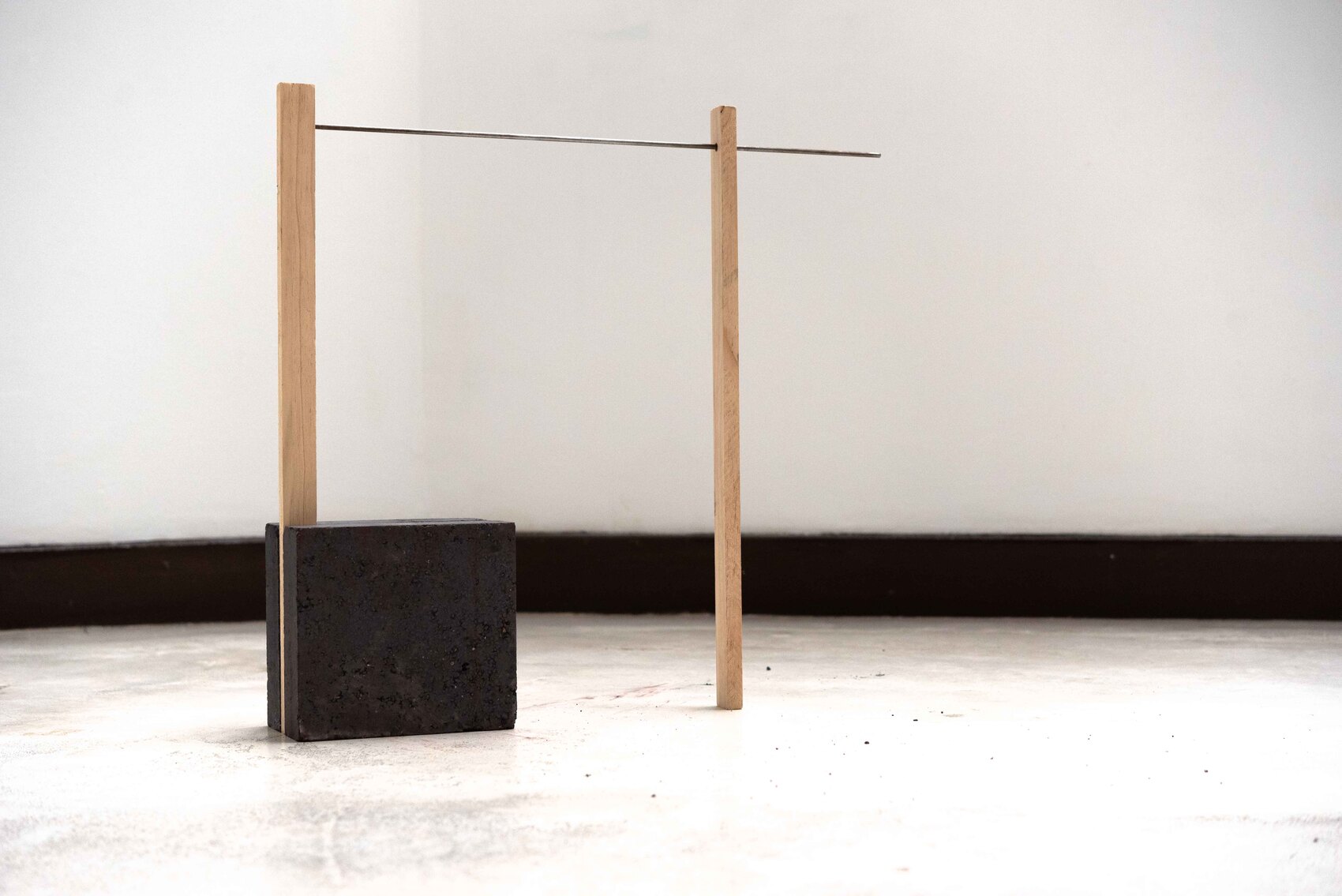
In his work he examines human intervention from the substance, phenomenological and semiological aspects, considering these processes as a continuous investigation rather than a finished work. He constantly seeks tools to materially express his ideas and to carry out a constant questioning of the images.
Although his multidisciplinary approach may seem fragmented, this diversity reveals a unity in his work, reflecting cultural behaviour in a sustained debate with oneself about our perception of the world.
Explore the action of doing and undoing in relation to the environment and interpersonal relationships, dismantling apparent structures to reveal underlying connections. Based on Derrida’s deconstructionism, the interactive sculptural piece questions traditional dualisms (presence/absence, reason/emotion) and shows how these concepts are interrelated and dependent on each other. The sculpture, composed of reconfigurable modules, reflects the flexibility and changing nature of meanings and experiences, is designed to interact with it, since none of its parts are fixed together, thus allowing to alter their different forms; However, visual logic only allows a single configuration to stay upright. Applying deconstructionism to human relations allows for a more nuanced and flexible understanding of the connections and tensions in society.
Dayana Trigo (Cuba, 1990)
Cuban artist who divides her time between Havana and Madrid, PhD in Fine Arts at the Complutense University of Madrid. With pedagogical experience at the National Academy of Fine Arts San Alejandro de Cuba, she has participated in important events such as the XI Havana Biennial and the XIII Havana Biennial, and has been selected for artistic residencies in Azkuna Zentroa.
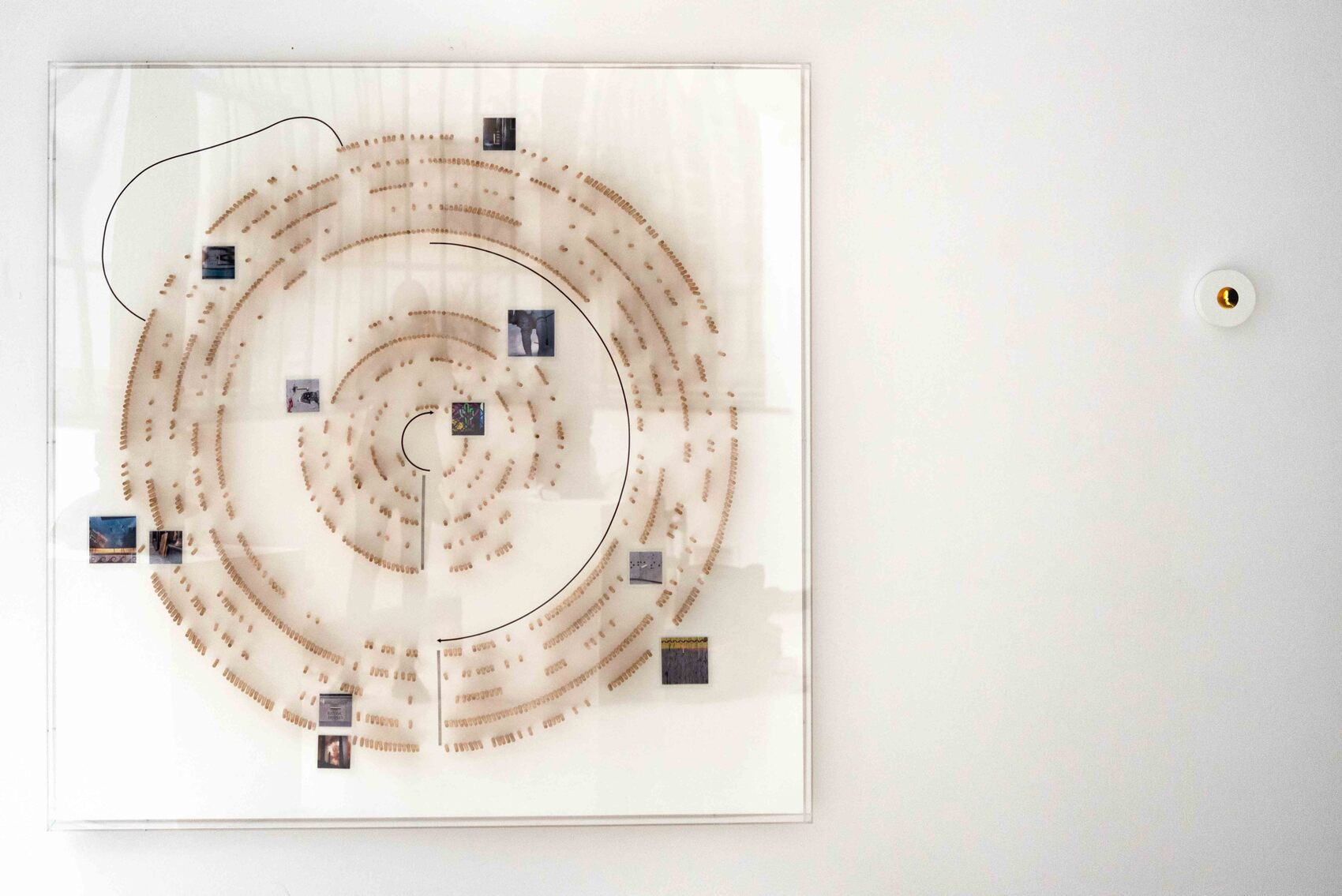
La obra es un díptico que explora la interacción entre lo íntimo y lo social a través de la pequeña columna de madera, conocida como “alma”, en los violines. Compuesta por un video en loop y una partitura circular, el video muestra repetidamente el intento fallido de colocar el alma en el violín, transformando este acto en un gesto político que simboliza la búsqueda de un lugar en un espacio armónico.
La partitura circular, complementada con fotografías urbanas del alma en diferentes escenarios, utiliza la notación improvisada para reflejar la incompletitud y la constante búsqueda del alma, tanto en la música como en la vida urbana. Esta combinación de vÍdeo, fotografía y partitura ofrece una reflexión sobre la construcción del individuo y el colectivo, así como sobre la relación entre la arquitectura sonora y urbana.
Su obra, influenciada por la arquitectura, explora conceptos como el objeto-testigo y la arquitectura sensorial a través de instalaciones y objetos que actúan como cápsulas de tiempo, interrogando las fuentes de su inspiración.
En esta primera edición, hemos contado con un artista invitado (fuera de concurso), que ha ejercido de anfitriona de los nuevos talentos. Bárbara Pérez (España, 1977).
Arquitecta y desde 2017 también dedicada a un tipo de escultura integrada en el contexto, enfocándose en la naturaleza y el agua. Trabaja con artesanos para materializar sus piezas, valorando la transmisión del conocimiento artesanal. Utiliza técnicas romanas manuales con mortero de cal, involucrando al maestro artesano Luis Prieto en todo el proceso. Las herramientas se fabricaron con materiales reciclados y la técnica permite diversas combinaciones geométricas adaptables al espacio urbano.
Ha participado en numerosos concursos y exposiciones, tanto individuales comocolectivas. Su trabajo se presentó en la Feria Arco con la galería Espacio Valverde en 2023 y 2024.
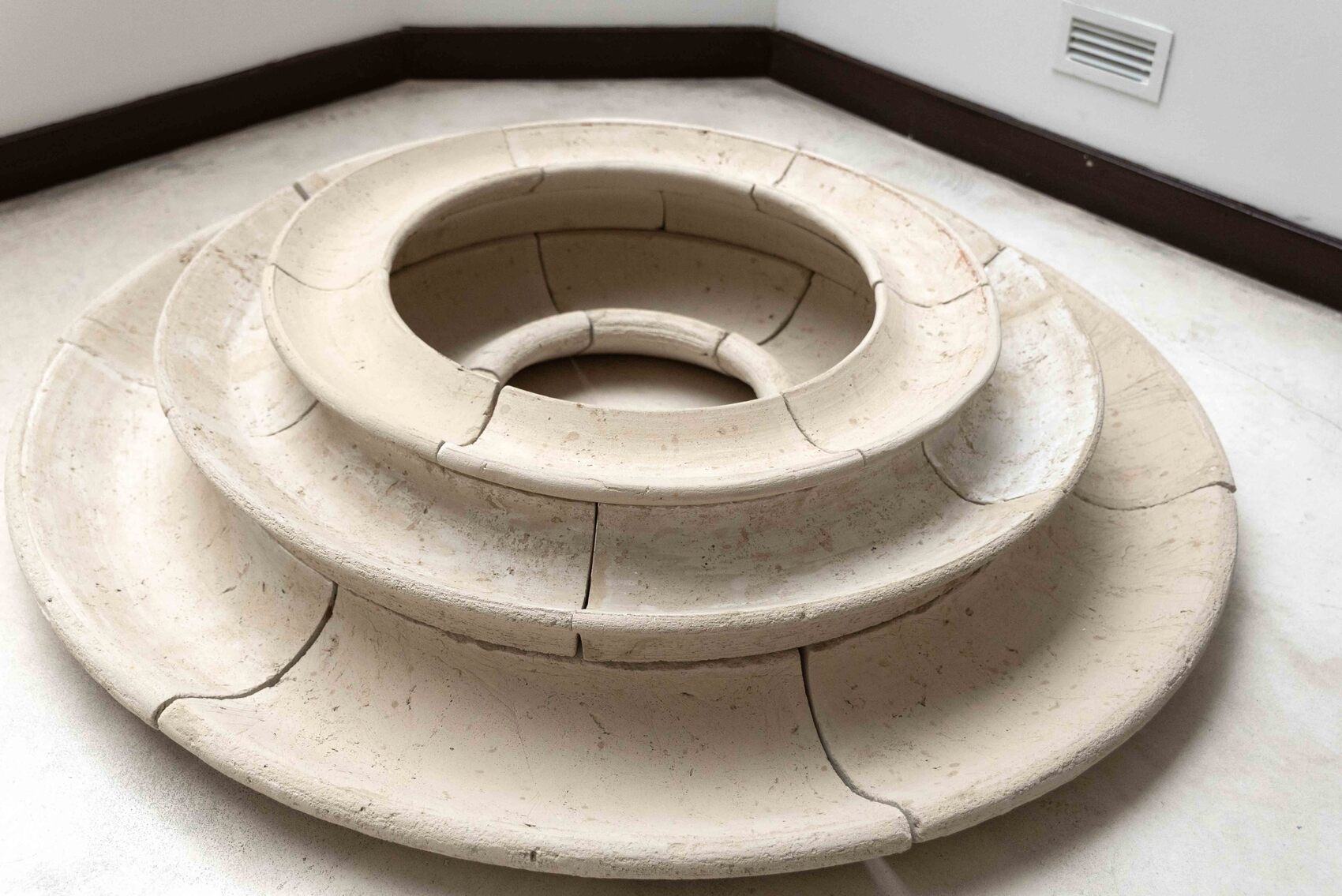
The work focuses on collecting rainwater in small portions, to slowly return it to the ground by filtering the material and thus mitigate droughts and floods, as well as attracting flora and fauna. Questions current construction practices and the ability of debris to reintegrate into nature. It studies natural forms, avoiding orthogonality and rationalizing curves, while questioning current construction practices and their impact on the environment.
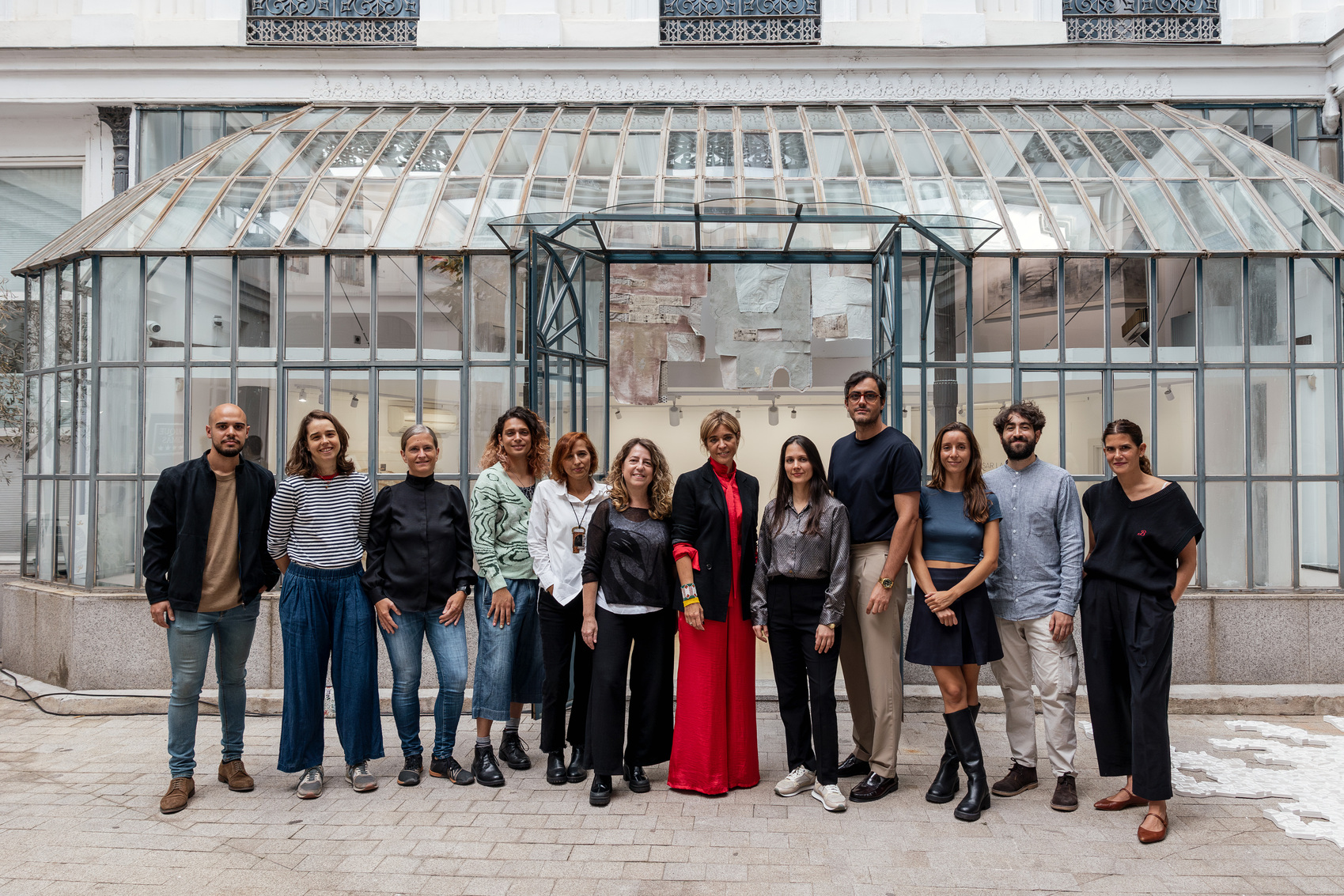
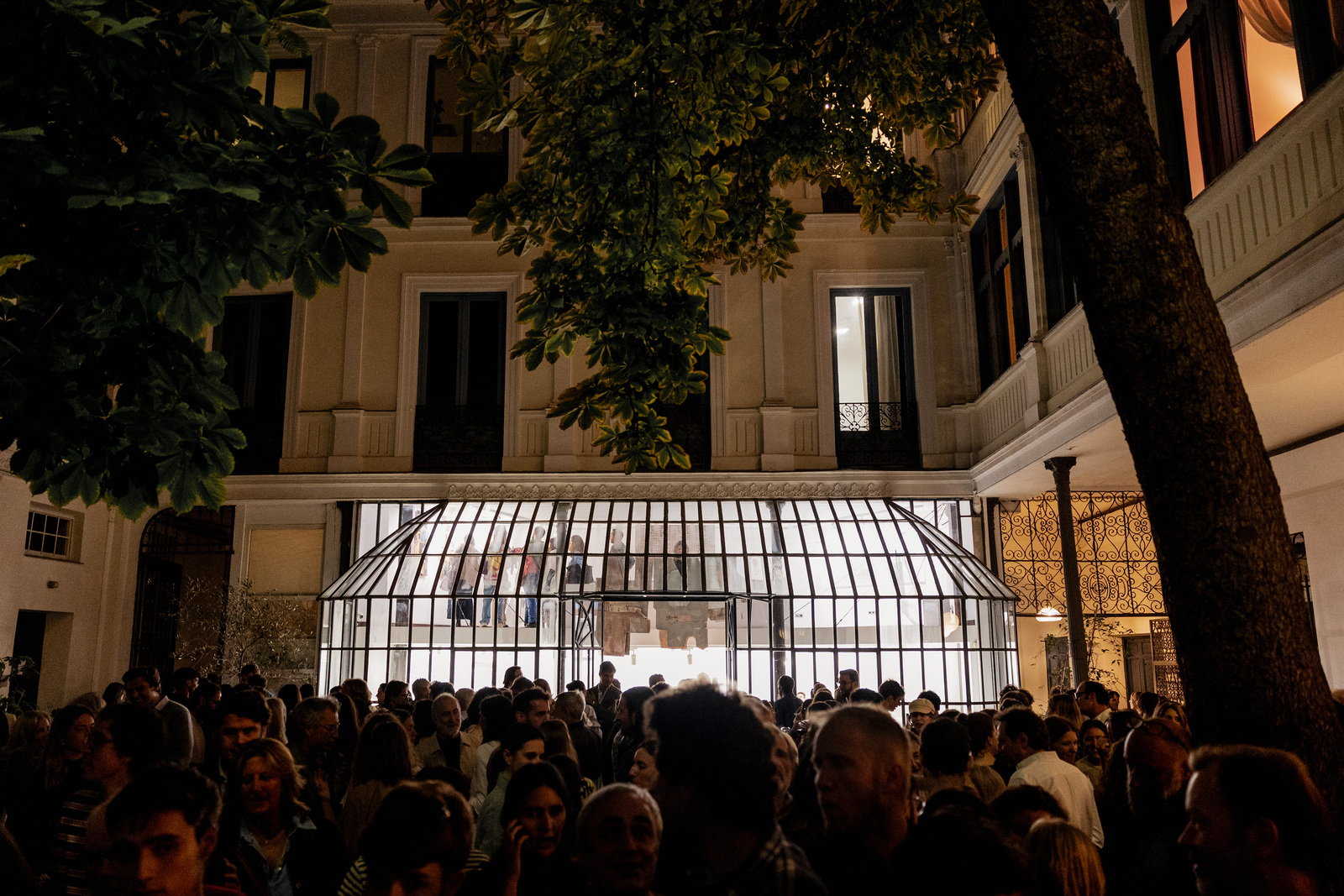
La inauguración fue todo un éxito. Acogió al público más relevante del panorama del arte madrileño, donde medios, coleccionistas, diseñadores, arquitectos, artistas, clientes y amigos pudimos disfrutar de una increíble velada con los artistas como anfitriones, el mejor catering de la mano de BeChic, los vinos de D.O Rueda de la mano de Mateo&Co y Bodegas Bela, la cerveza La Chulapa elaborada artesanalmente por el hotel The Madrid EDITION, el mejor jamón gracias a Enrique Tomás y la música de Paco Pintón con el mejor sonido e imagen gracias a Bang & Olufsen.
La exposición finalizará el 4 de octubre, la venta de obra continuará de forma online. Descargar catálogo
Bang & Olufsen, firma danesa con 95 años de tradición de emblemáticos e icónicos equipos audiovisuales. Líderes tanto por su calidad tecnológica como por su diseño atemporal con materiales nobles y artesanía. Disfrutaremos de sus elegantes piezas patrimonio musical para acompañar a nuestra exposición con el mejor sonido.
Enrique Tomás, con más de cuarenta años de tradición, selecciona los mejores jamones artesanales. Cuidadosamente atendido desde el principio, se asocian con artesanos del jamón y productores que comparten su pasión.
Mateo & Co, consultoría estratégica de marketing y comunicación especializada en gastronomía y alimentación.
D.O. Rueda, denominación de origen que se crea en 1980, siendo la primera reconocida en Castilla y León. La zona de producción está integrada por 74 municipios de las provincias de Valladolid, Segovia y Ávila. La D.O. Rueda está especializada en la elaboración de vinos blancos, de amplio reconocimiento nacional e internacional.
The Madrid EDITION es el único y primer resort urbano de lujo lifestyle del centro de Madrid, ubicado estratégicamente en el vibrante corazón de Madrid. La llegada de la marca EDITION a Madrid se ha convertido en un impulso para la capital española, gracias a su oferta refinada que condensa la fascinante individualidad y esencia de la ciudad. Exclusiva de The Madrid EDITION, La Chulapa es una cerveza artesana que sen encuentra disponible en todos los restaurantes y bares del hotel, así como en el mini bar de las habitaciones. La Chulapa es una cerveza elaborada por la cooperativa artesana Bailandeira, con base en la Sierra de Madrid y formada exclusivamente por mujeres. En su creación, se utilizan ingredientes como agua, levadura, malta de cebada, trigo, avena, lúpulo y flor de Jara, los cuales le brindan un sabor único y una identidad propia.
Bodegas Bela es un homenaje a los fundadores de CVNE, en forma de viñedos singulares y bodega. Es un nuevo ejemplo del modelo de CVNE, basado en la elaboración de vino de calidad, artesanal y tradicional, y un espacio para el enoturismo único en mitad de la denominación.
Bechic catering catering boutique con sede en Madrid que nos acompaña en todos los momentos especiales
Conservatorio Profesional de Danza Carmen Amaya, conservatorio en Madrid donde se imparten enseñanzas oficiales de Danza Clásica, Danza Española y Danza Contemporánea.
Fotos exposición: Nieves Díaz
Fotos inauguración: Charo Gil
